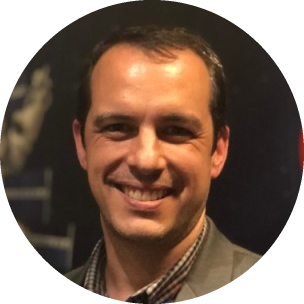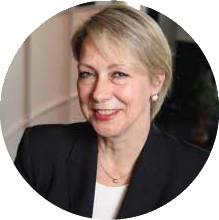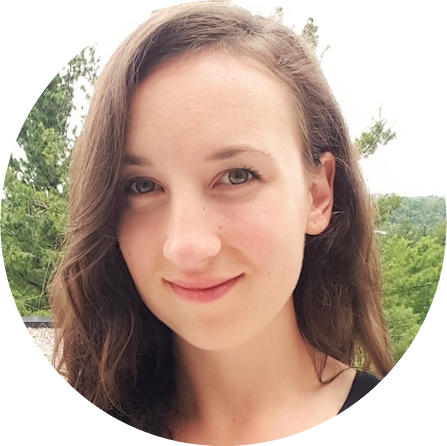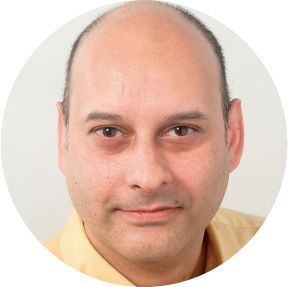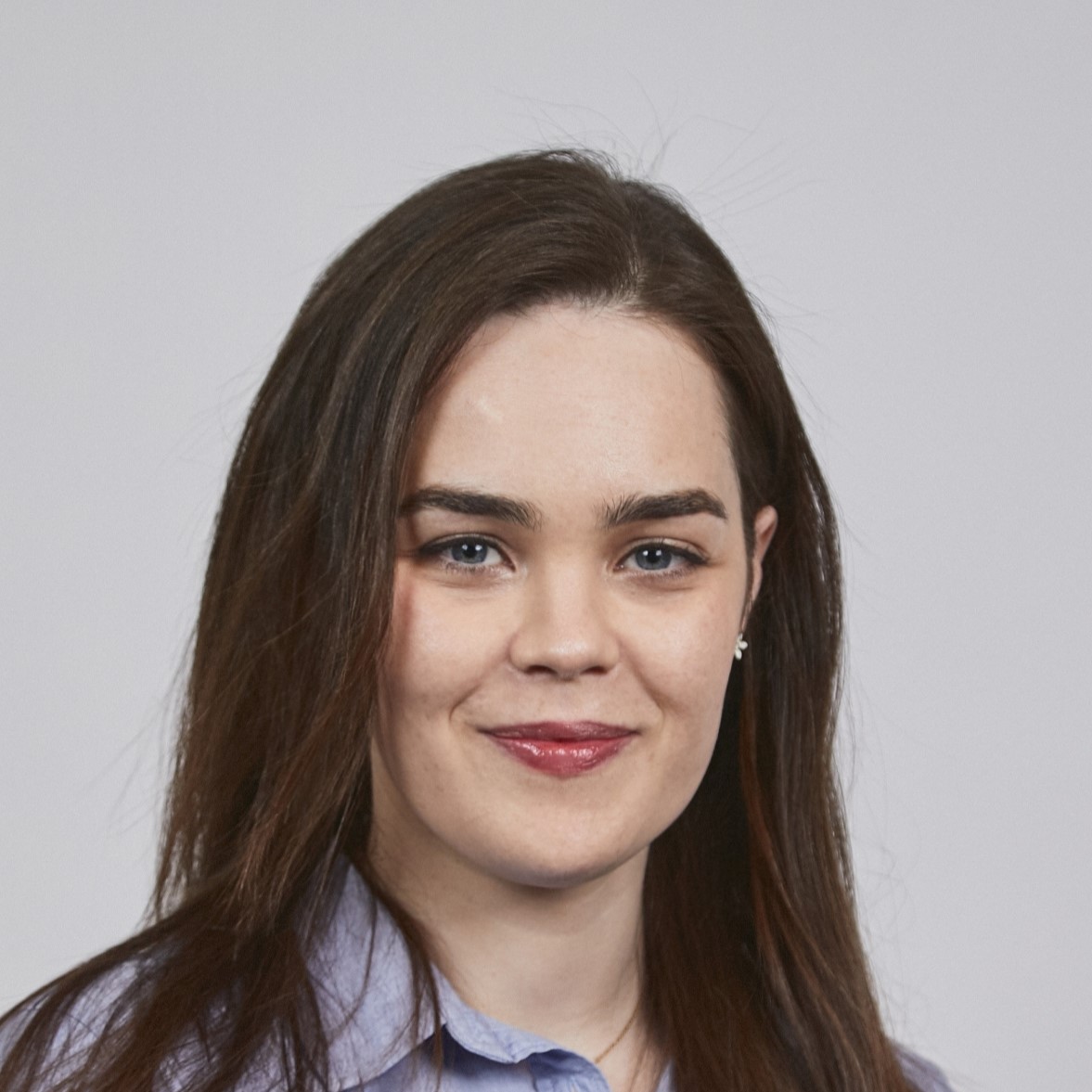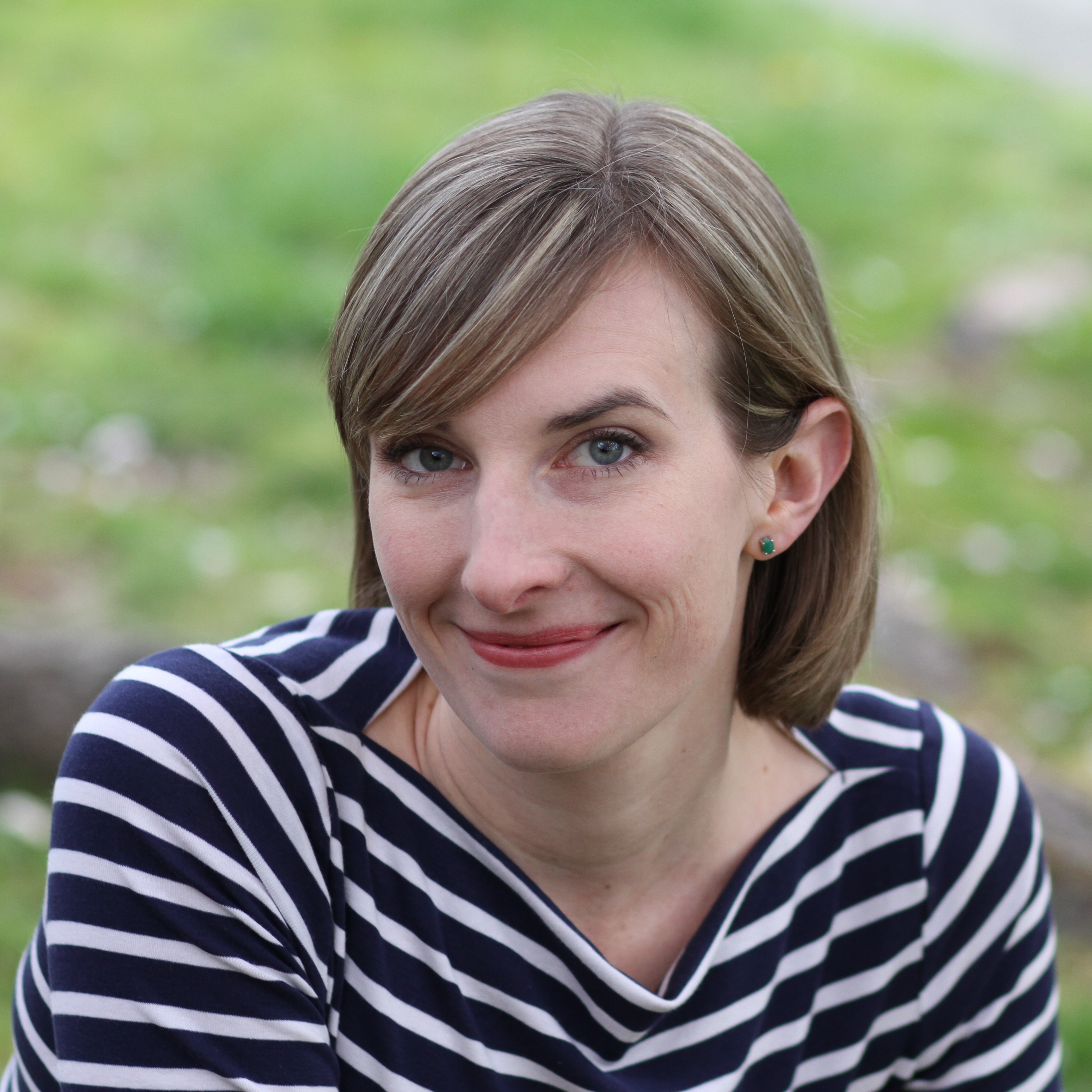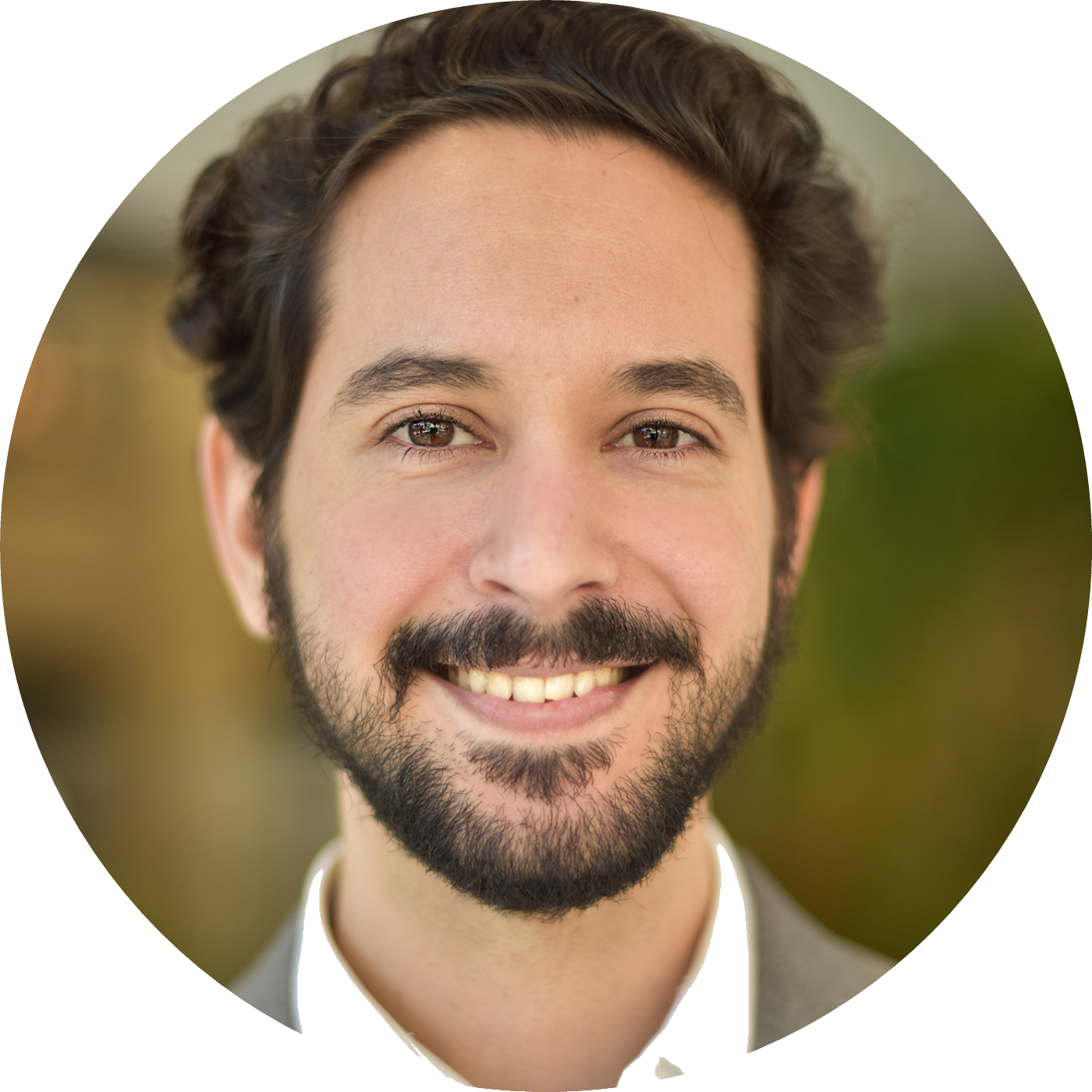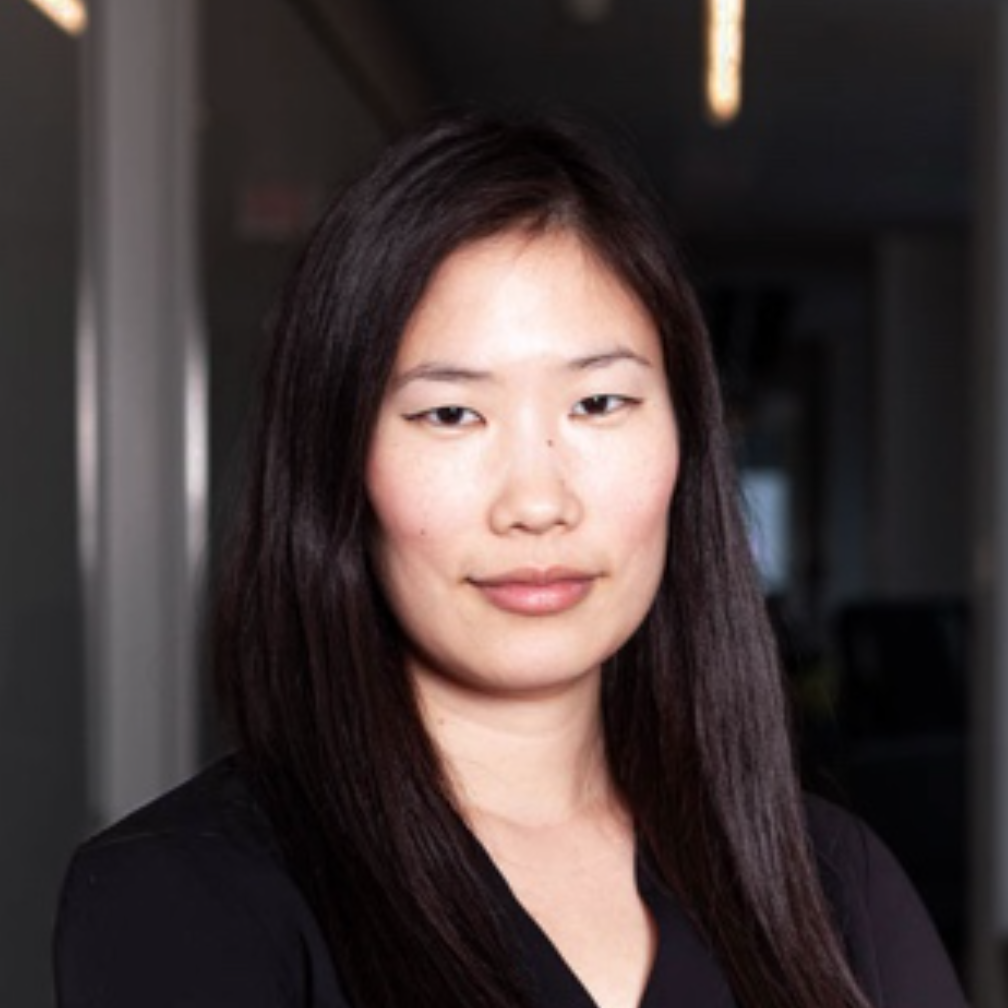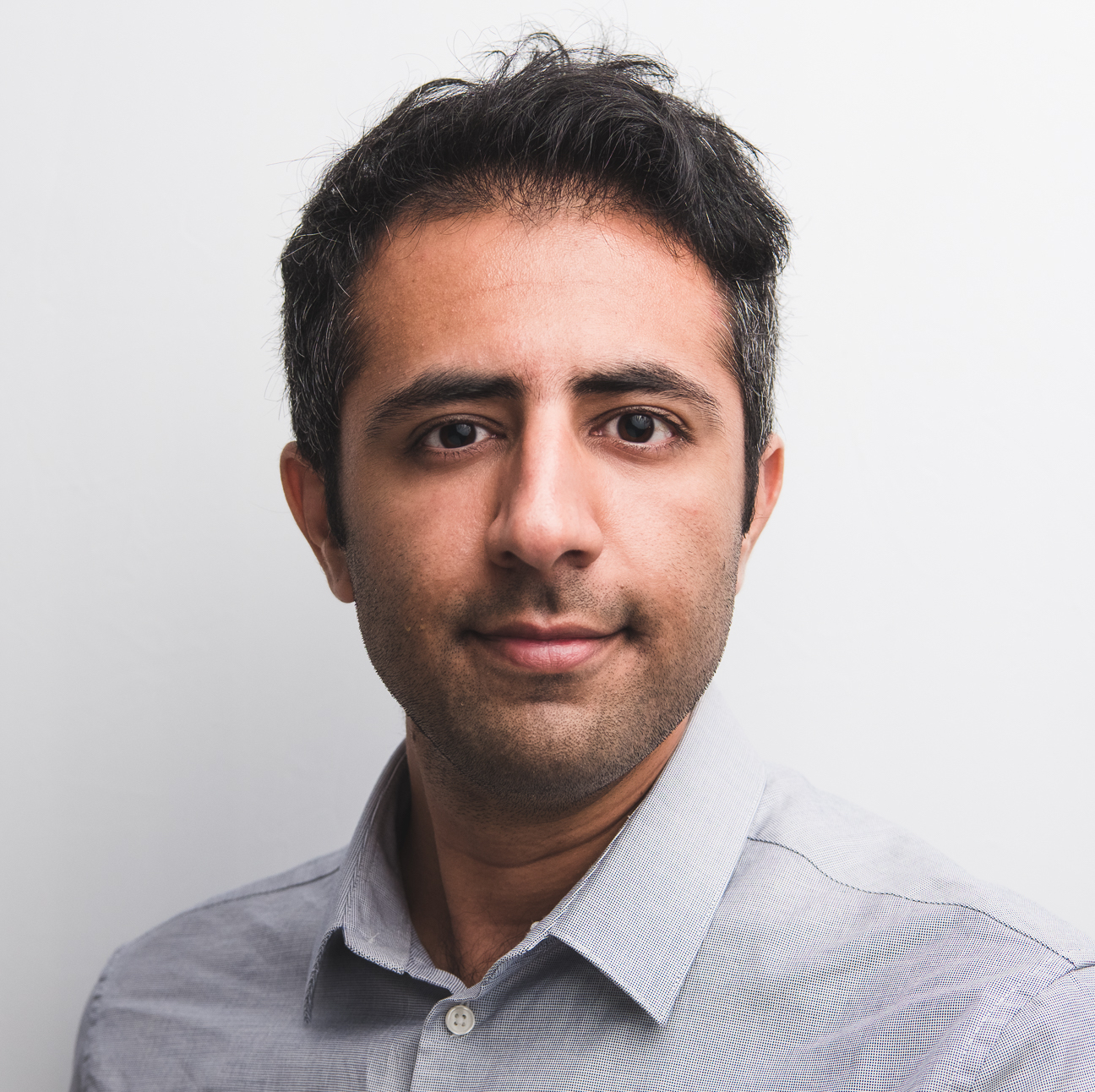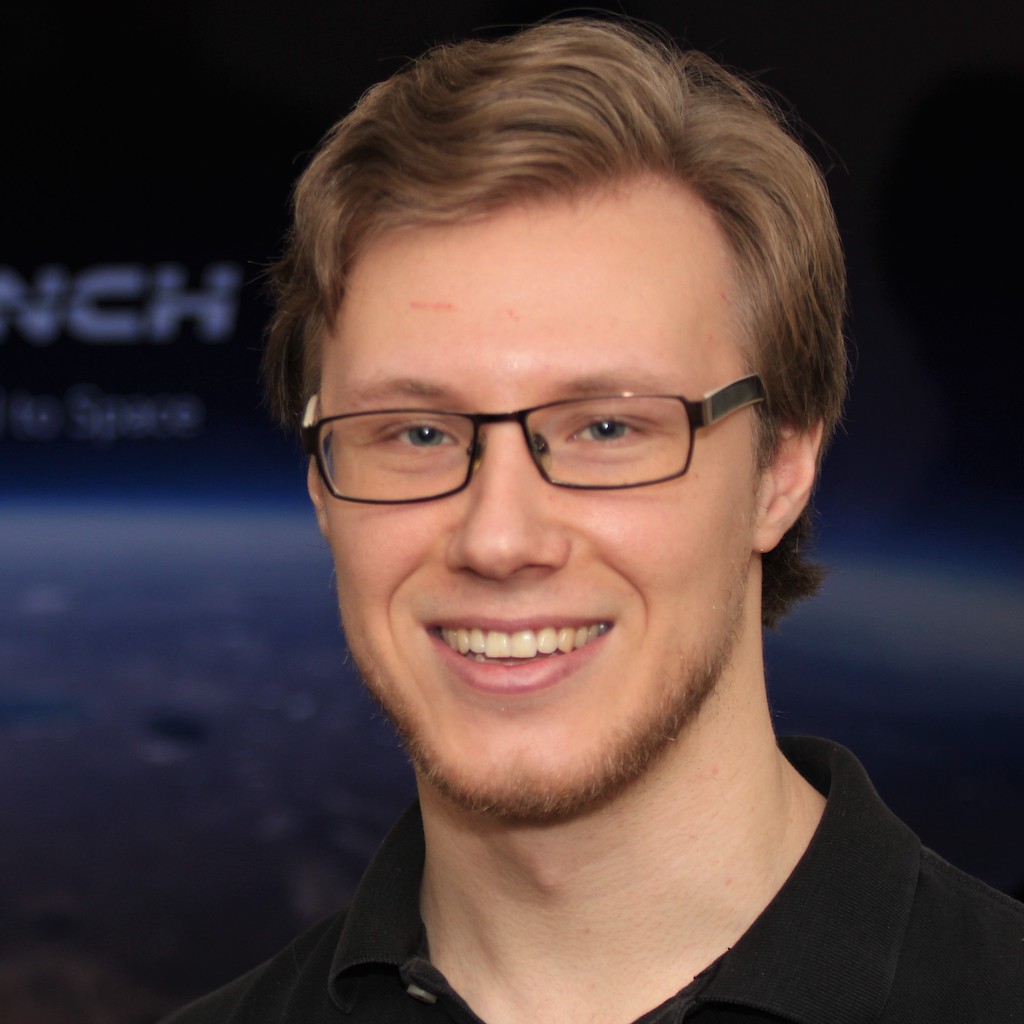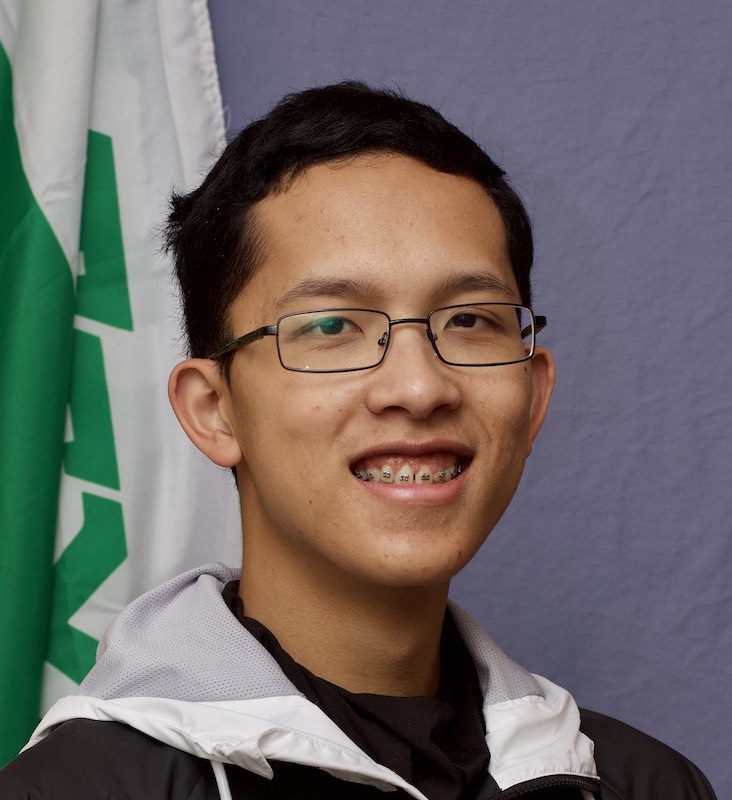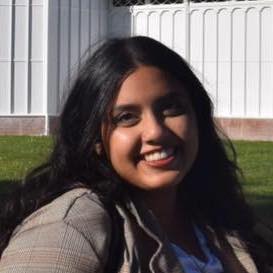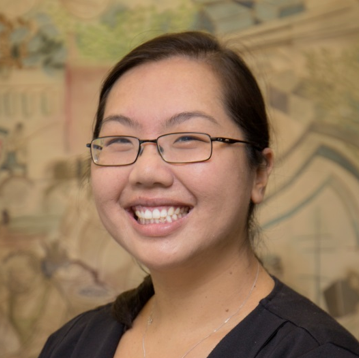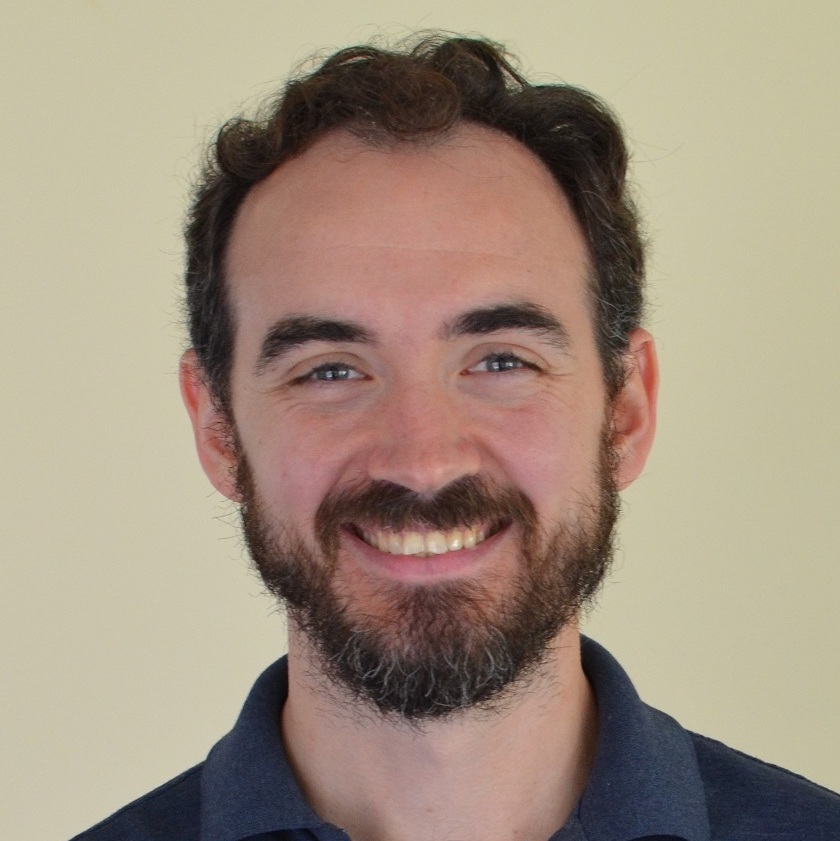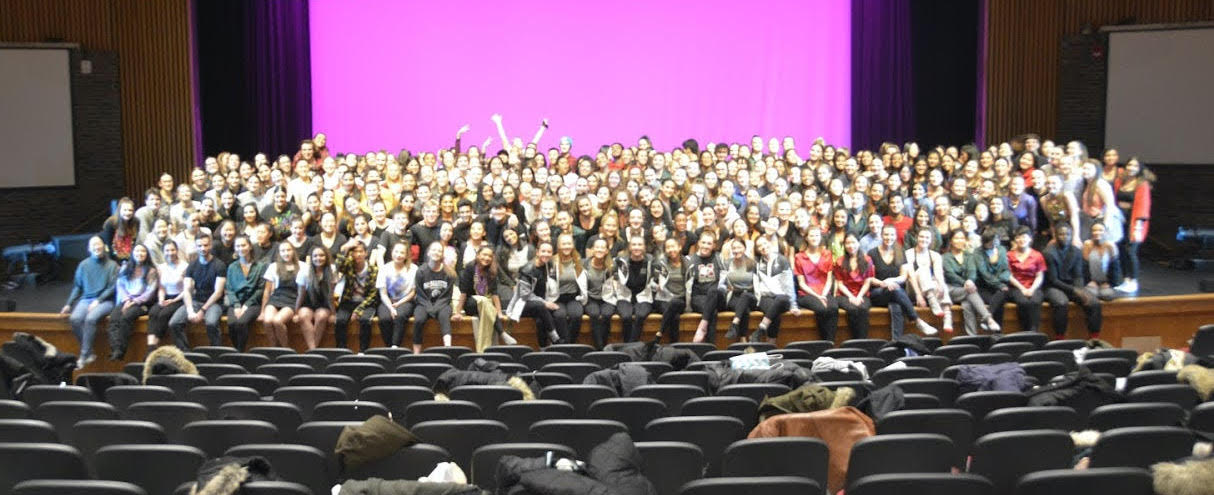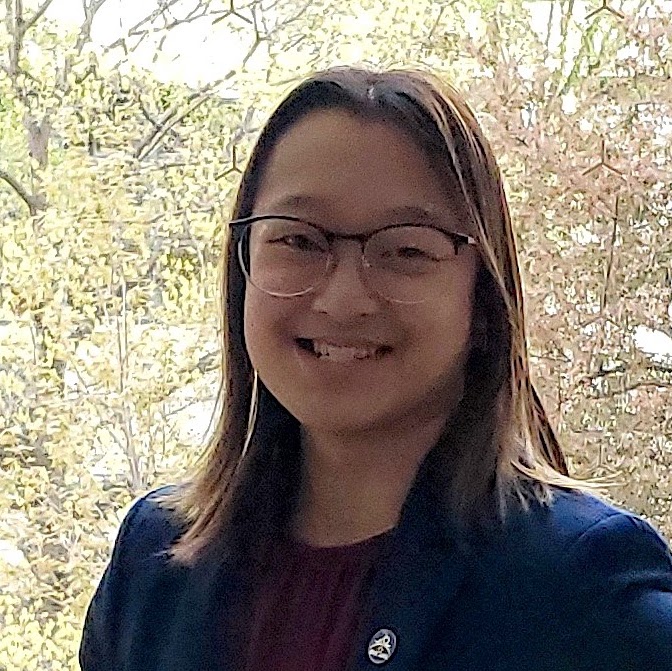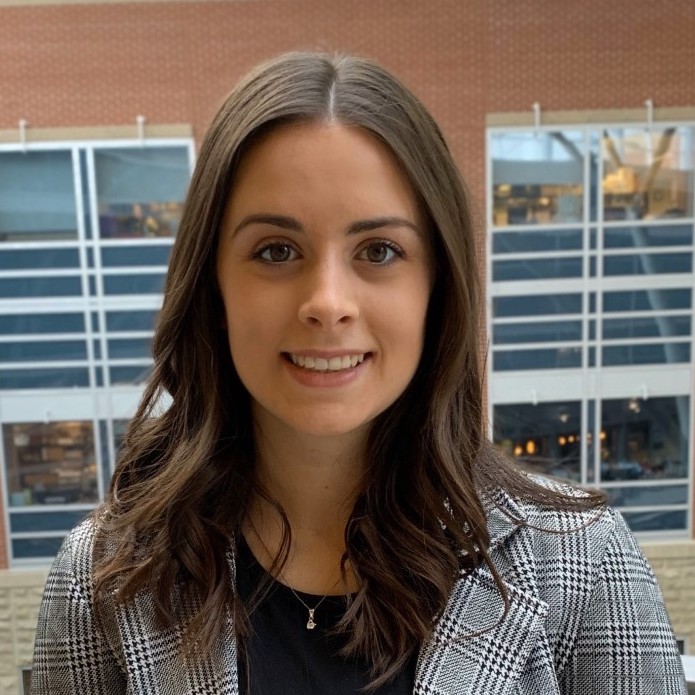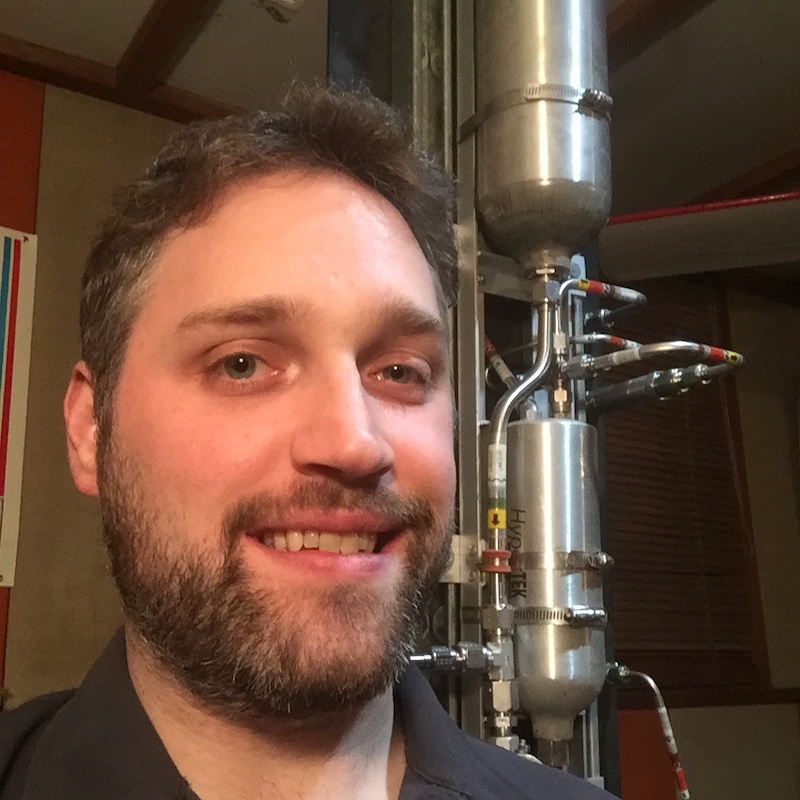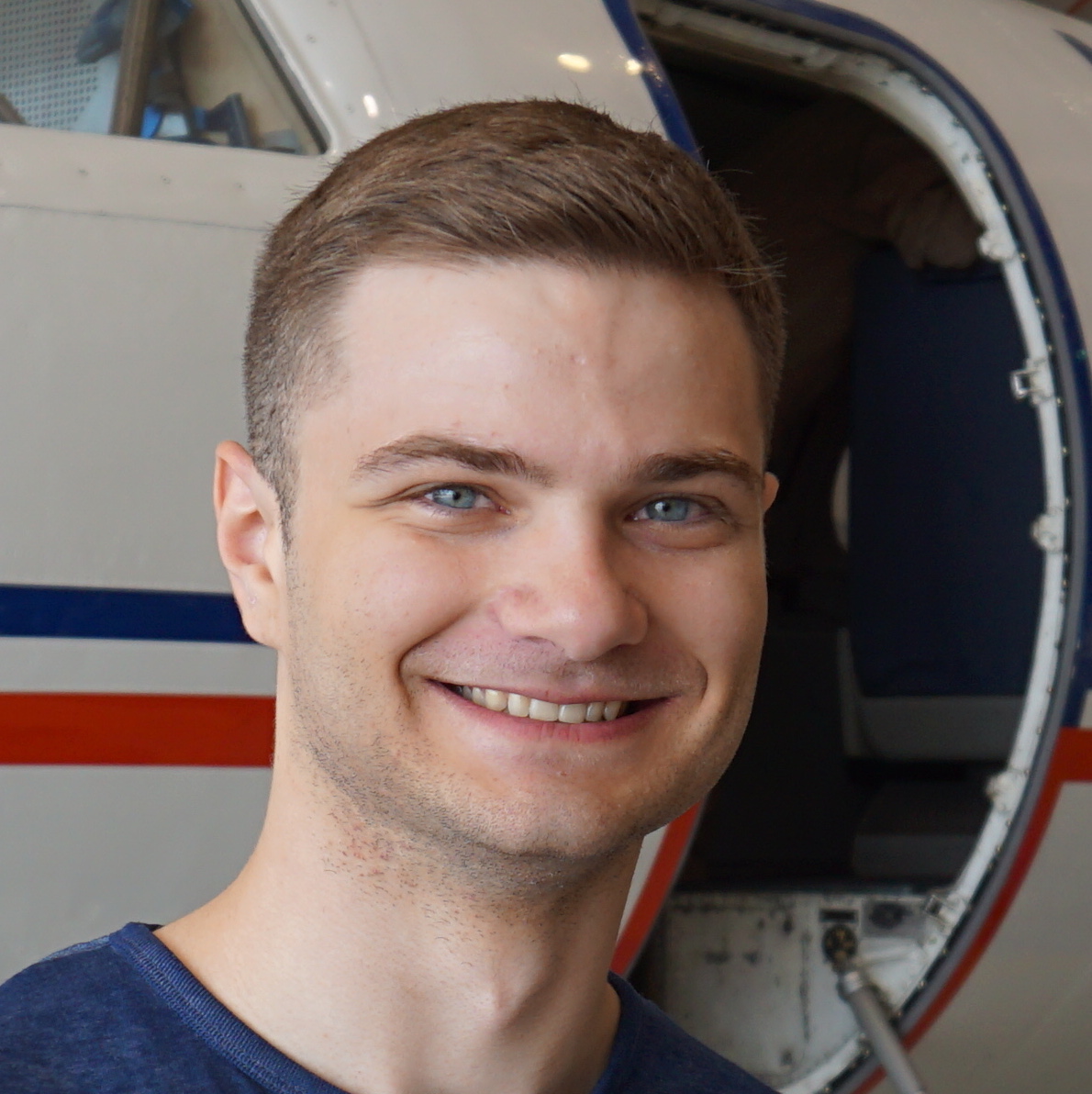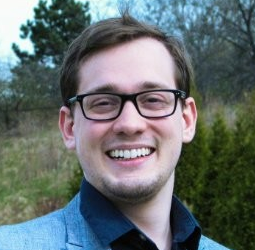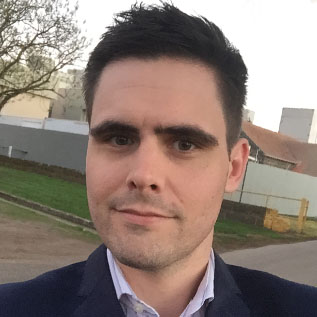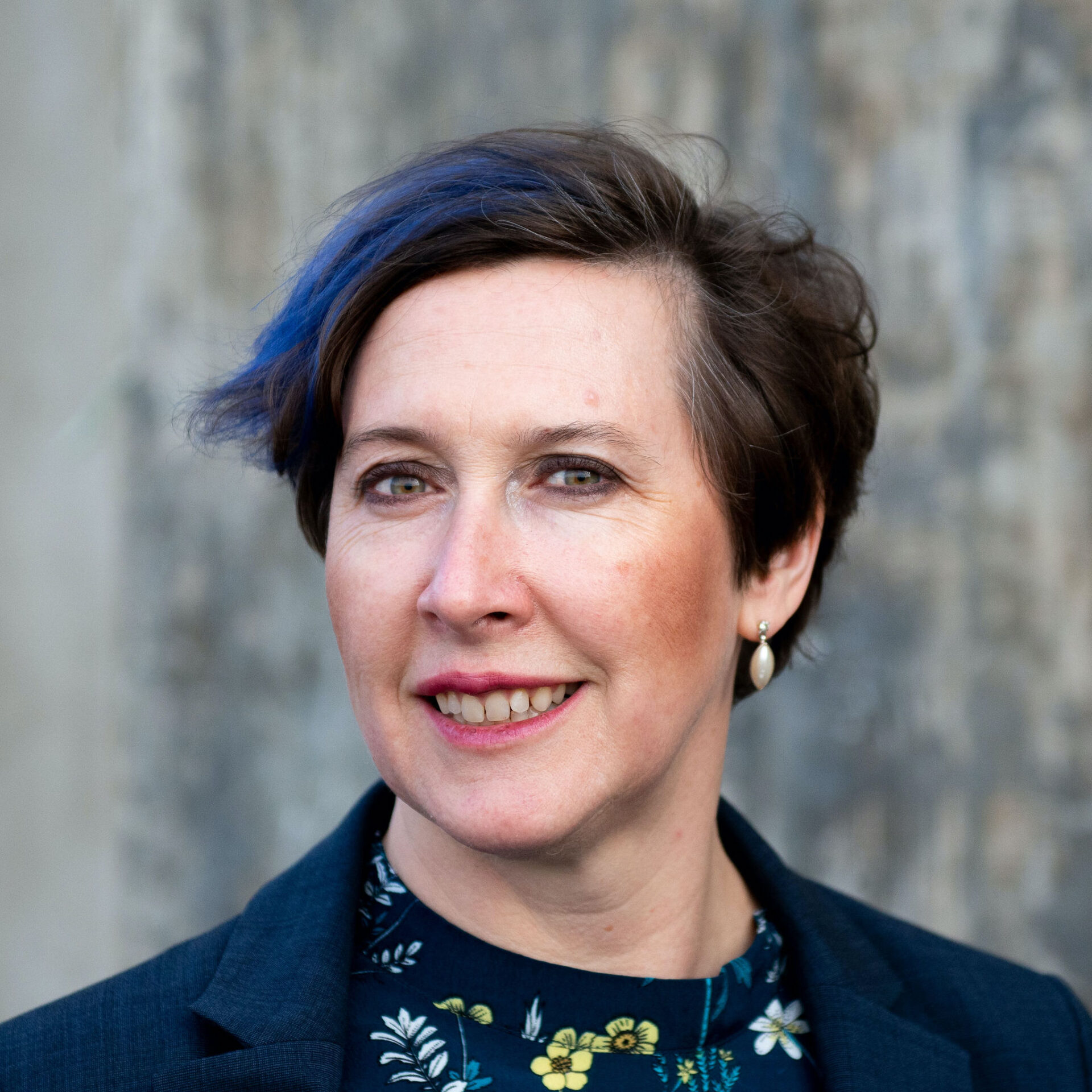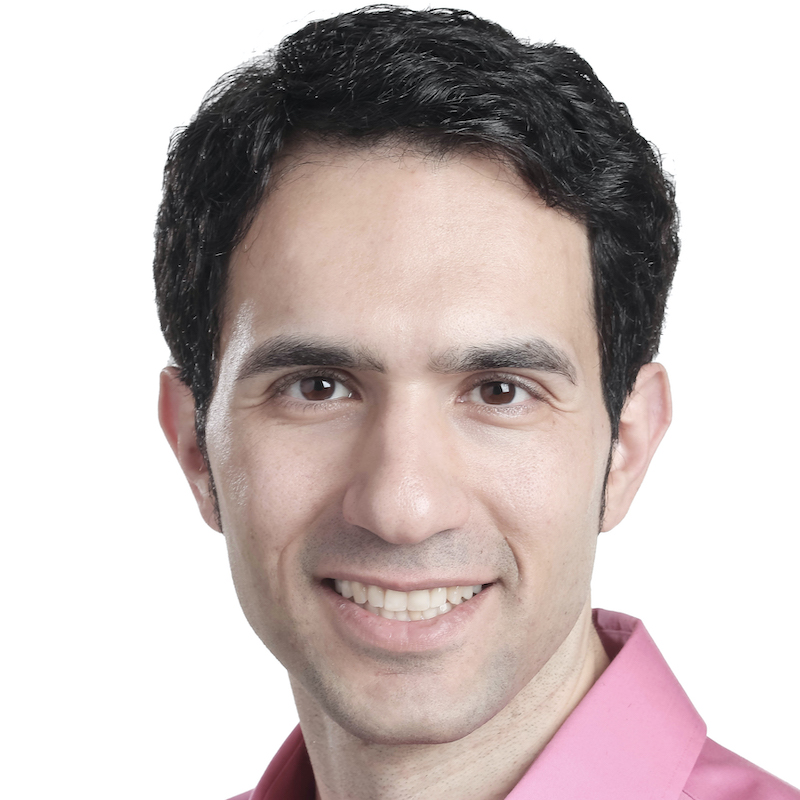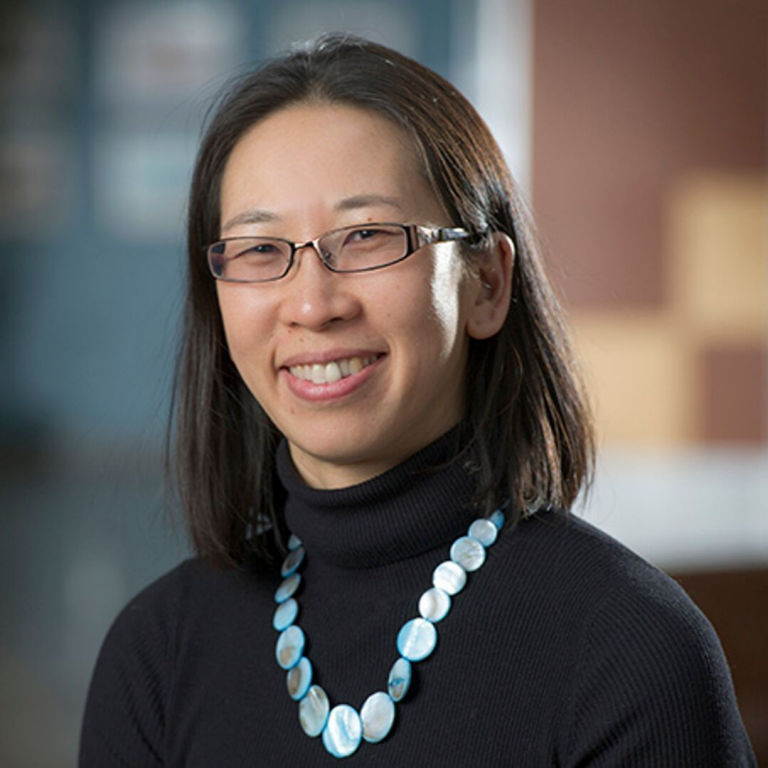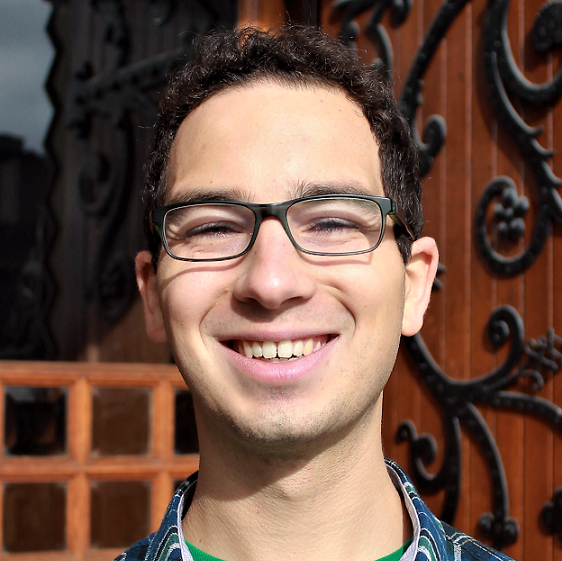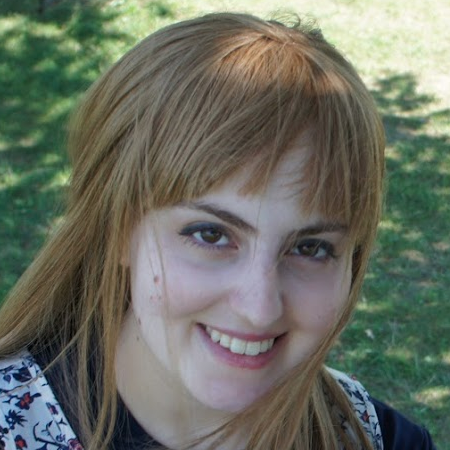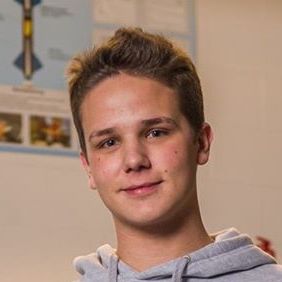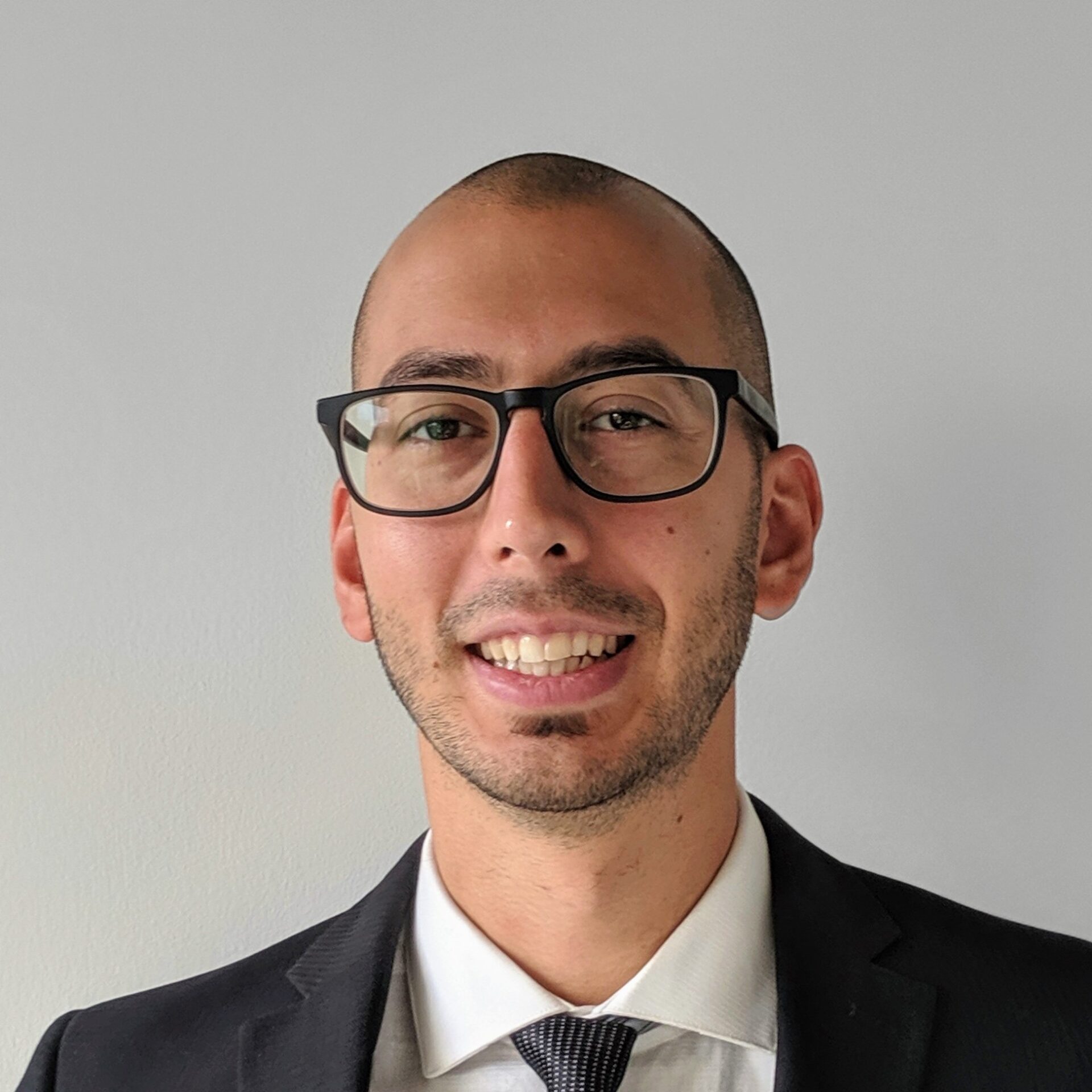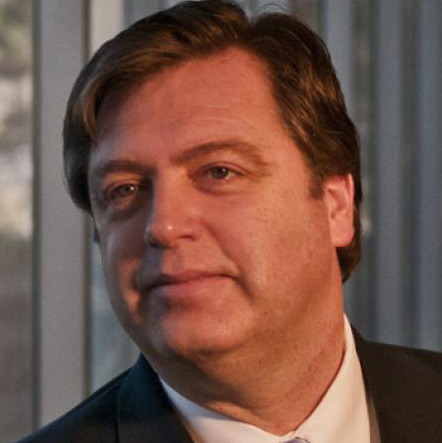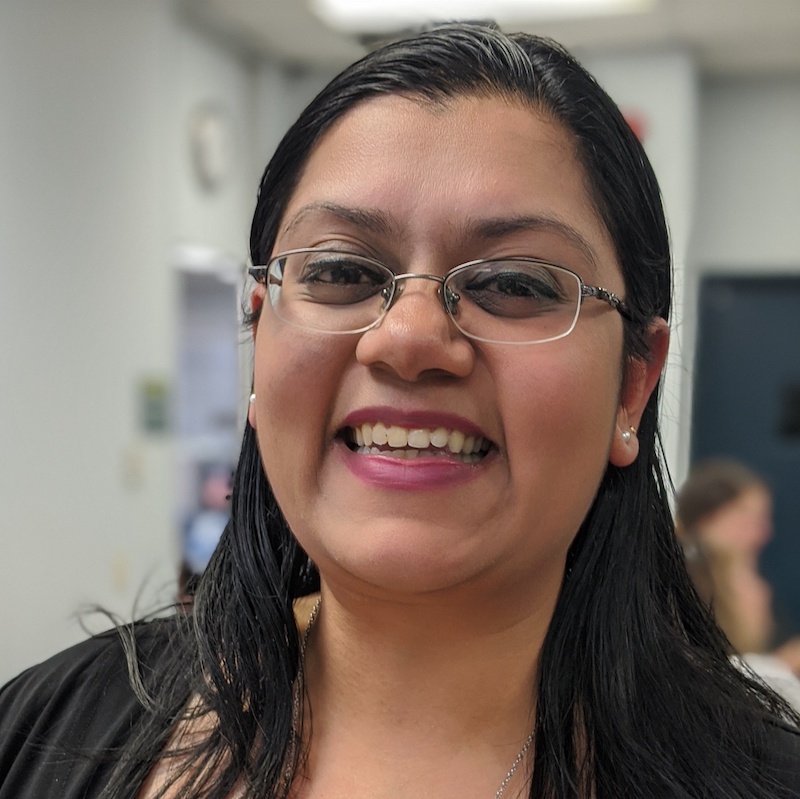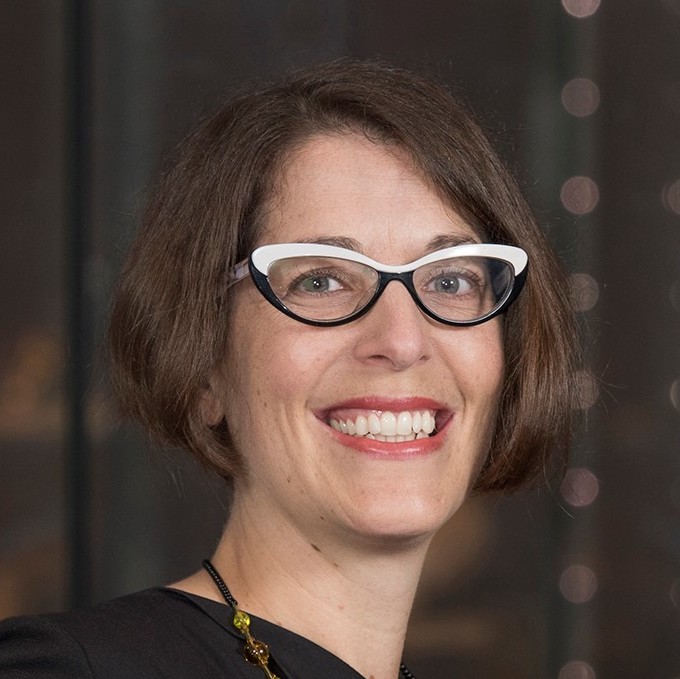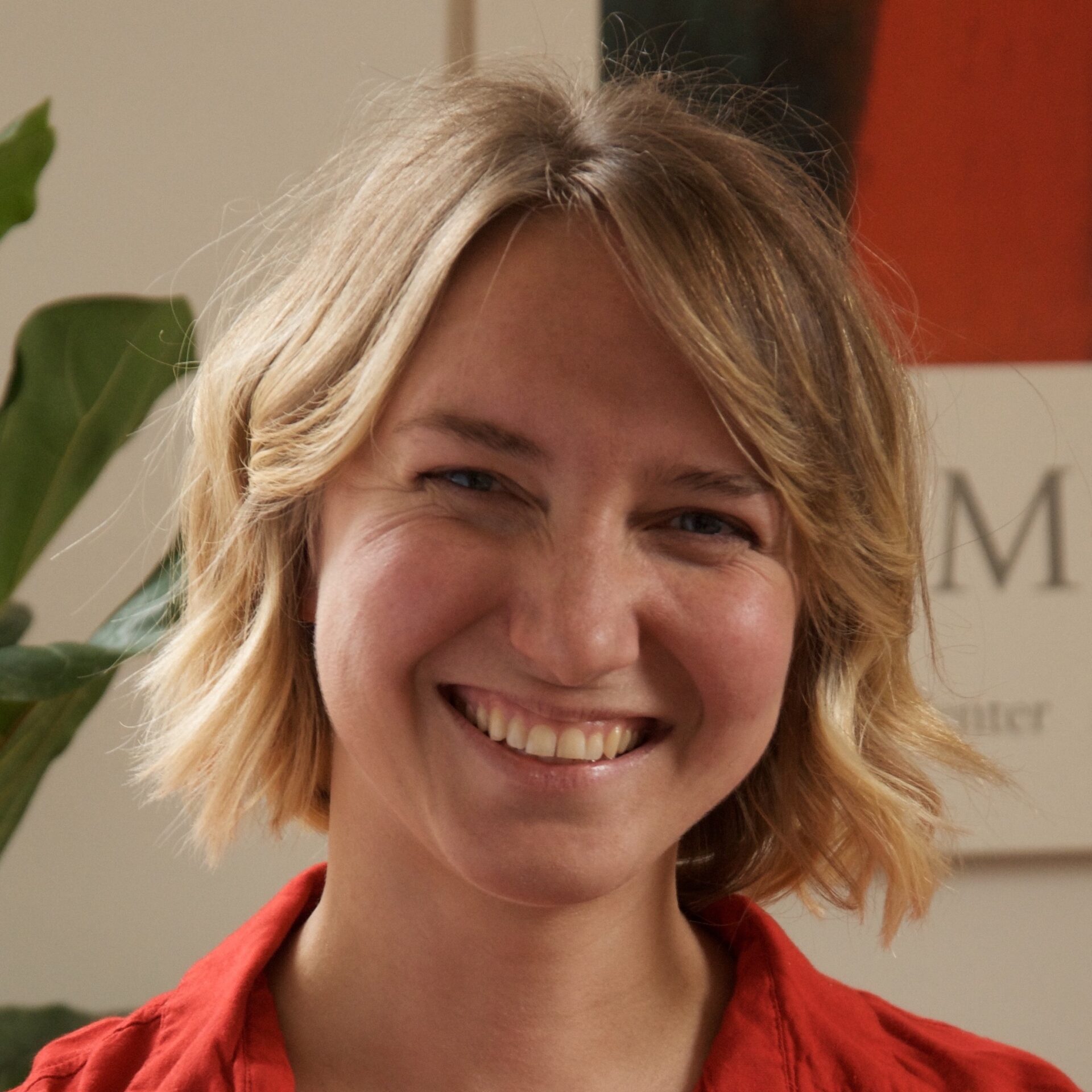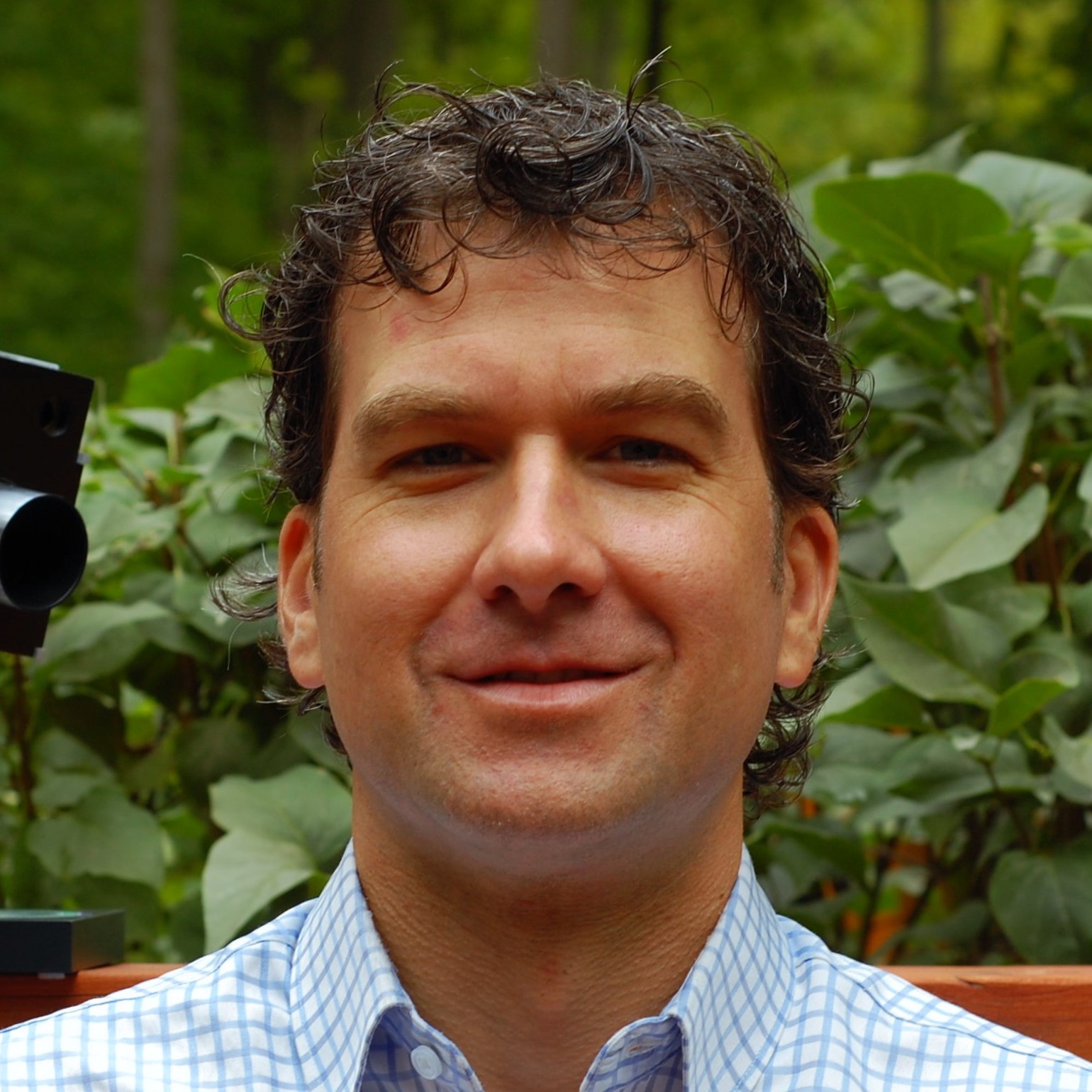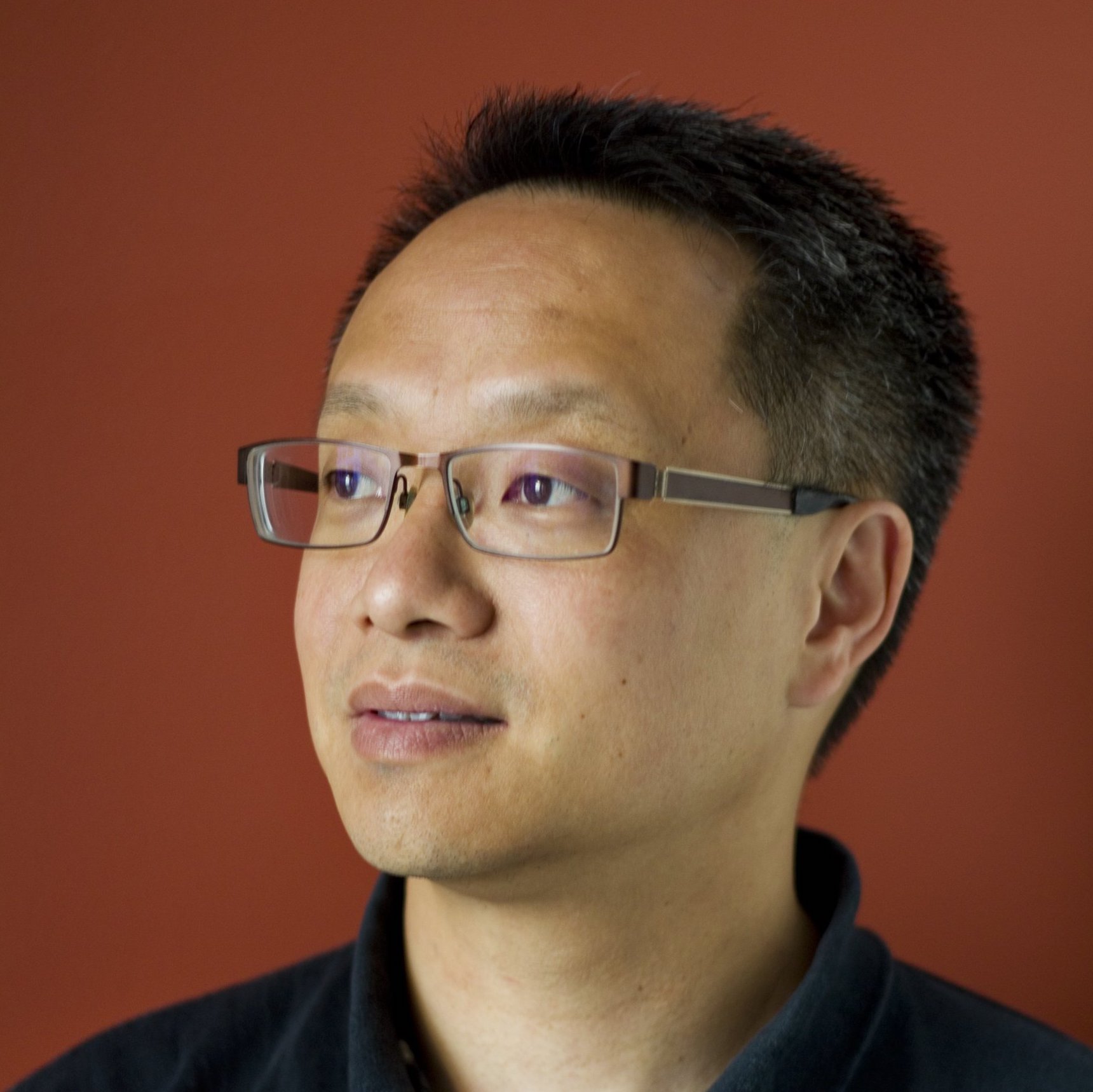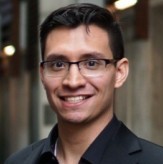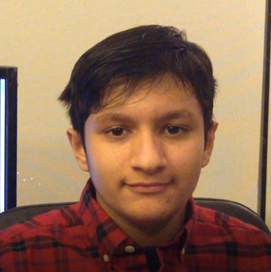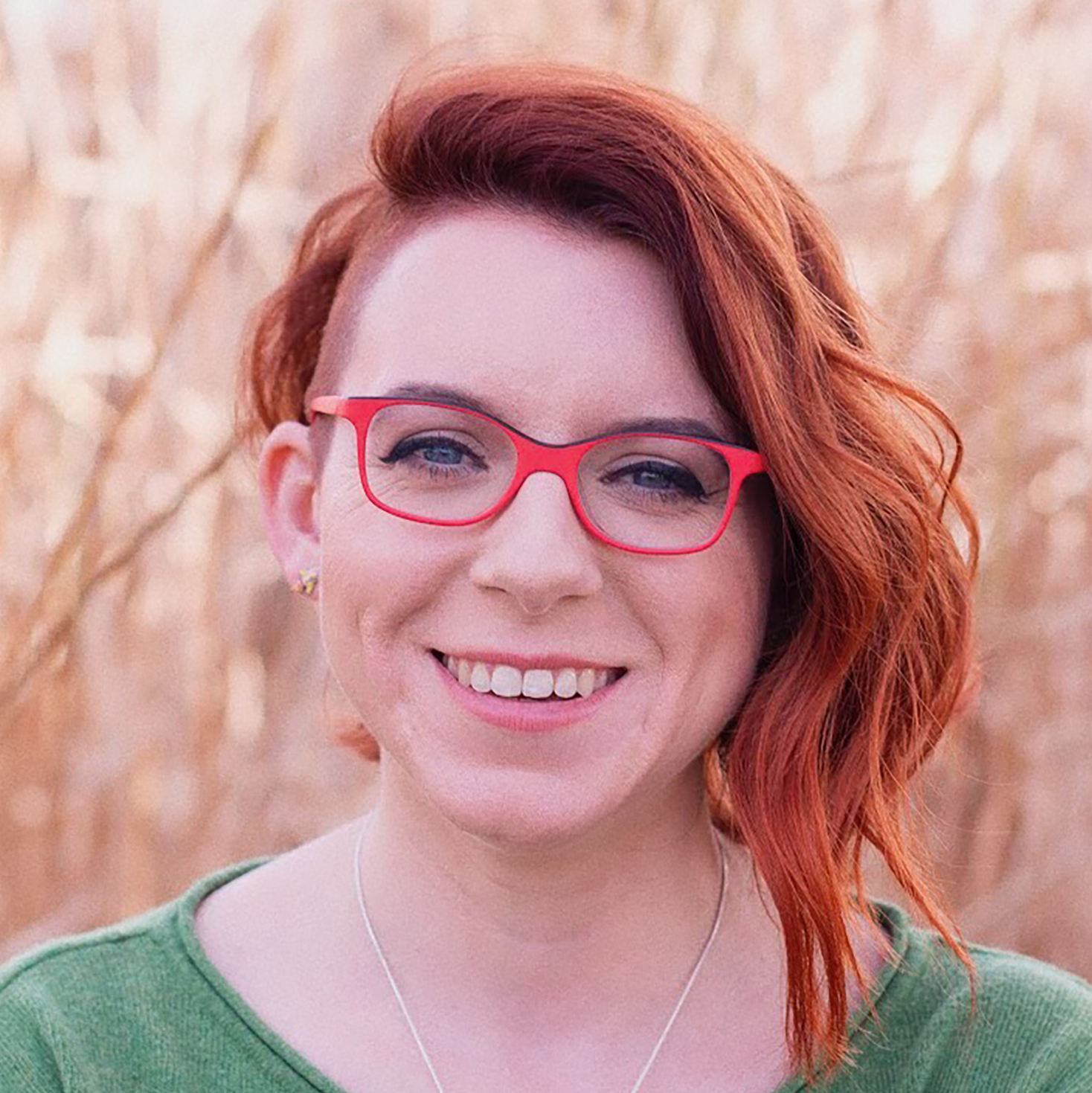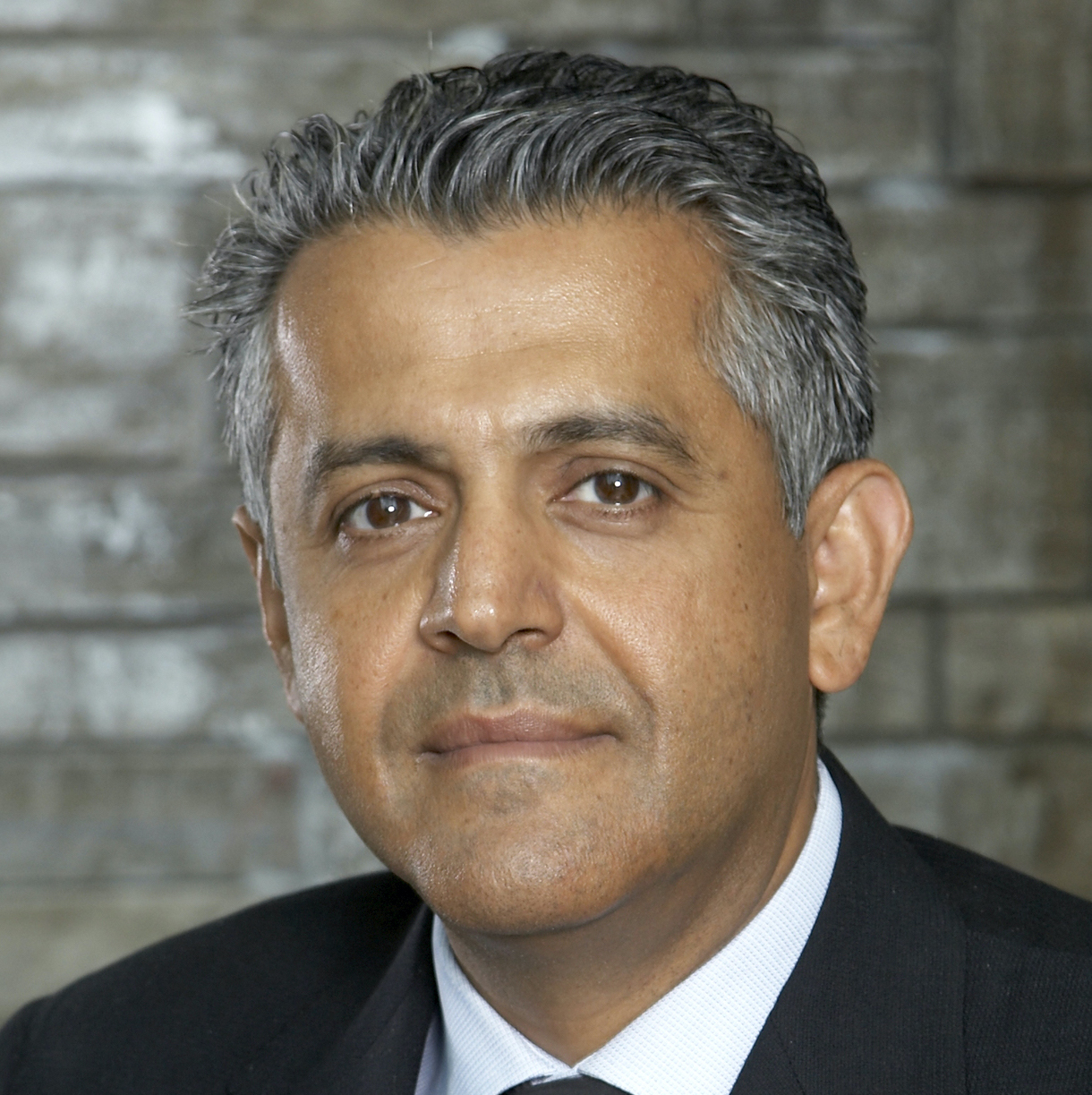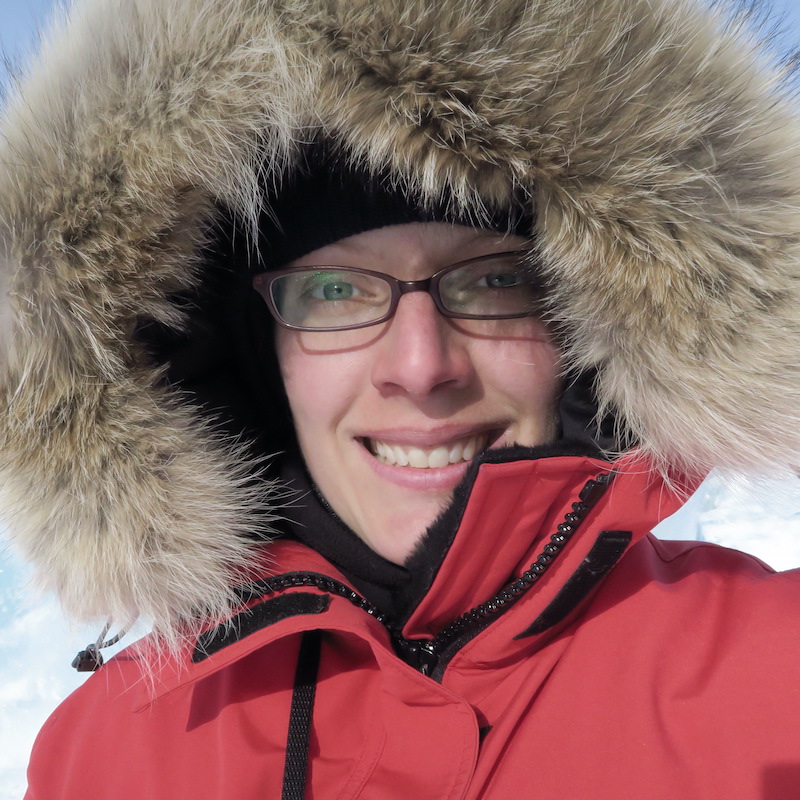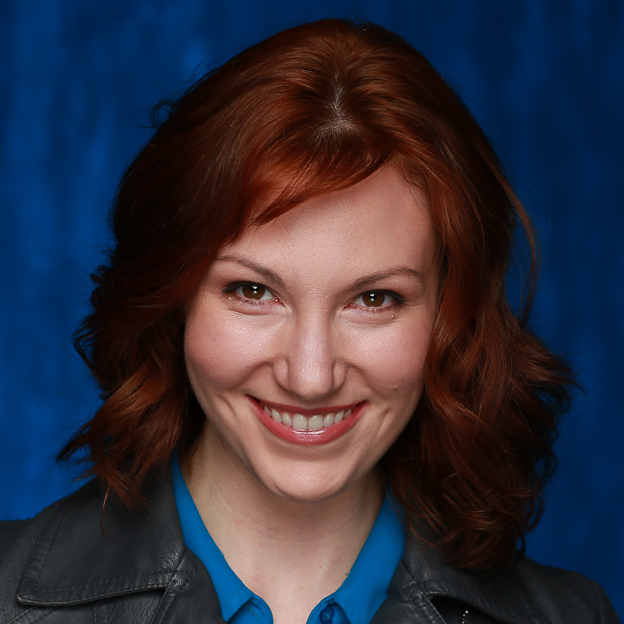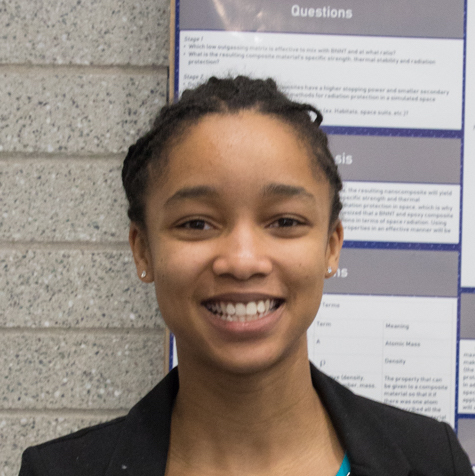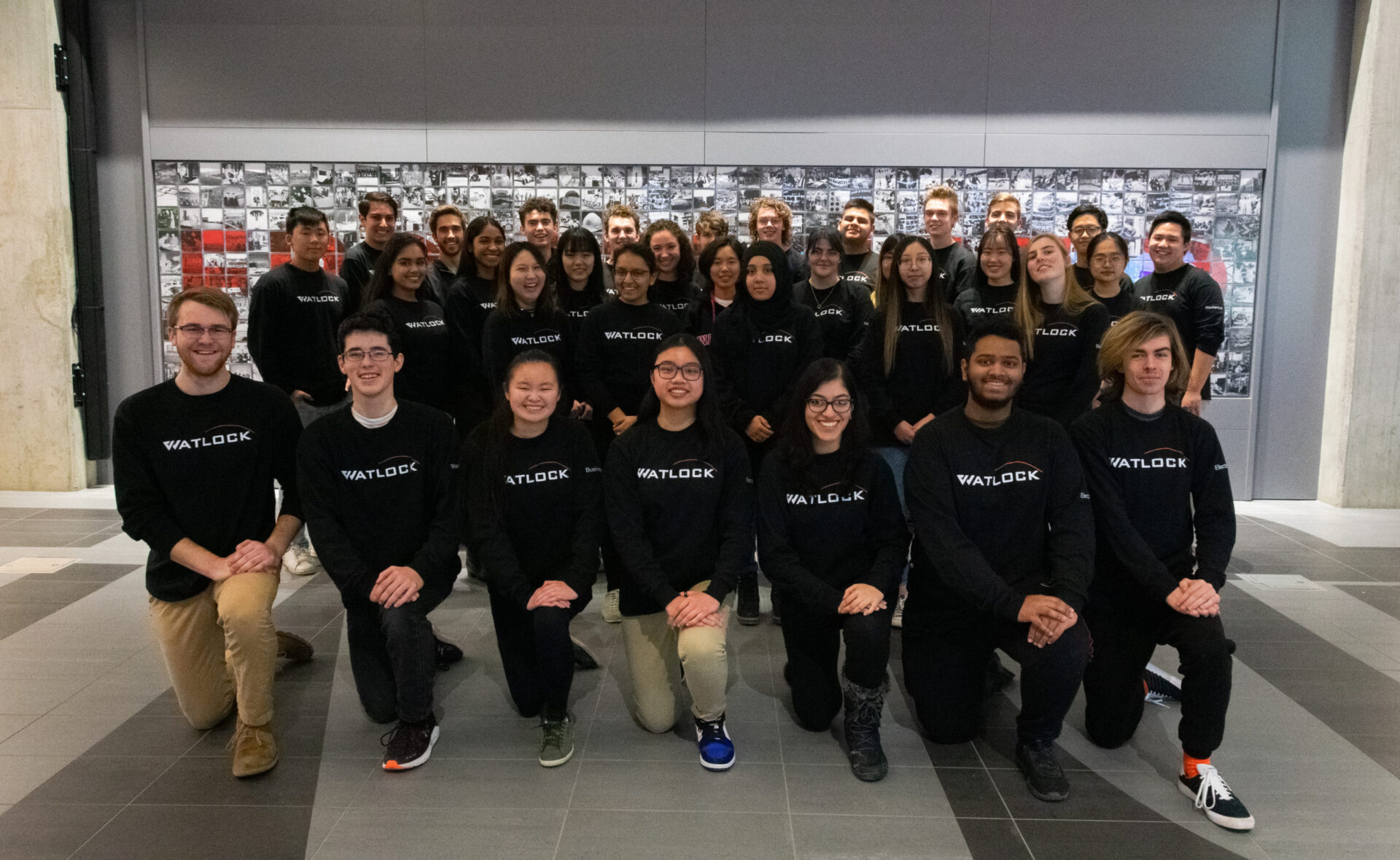
Canadian Stratospheric Balloon Experiment Design Challenge VIII (CAN-SBX)
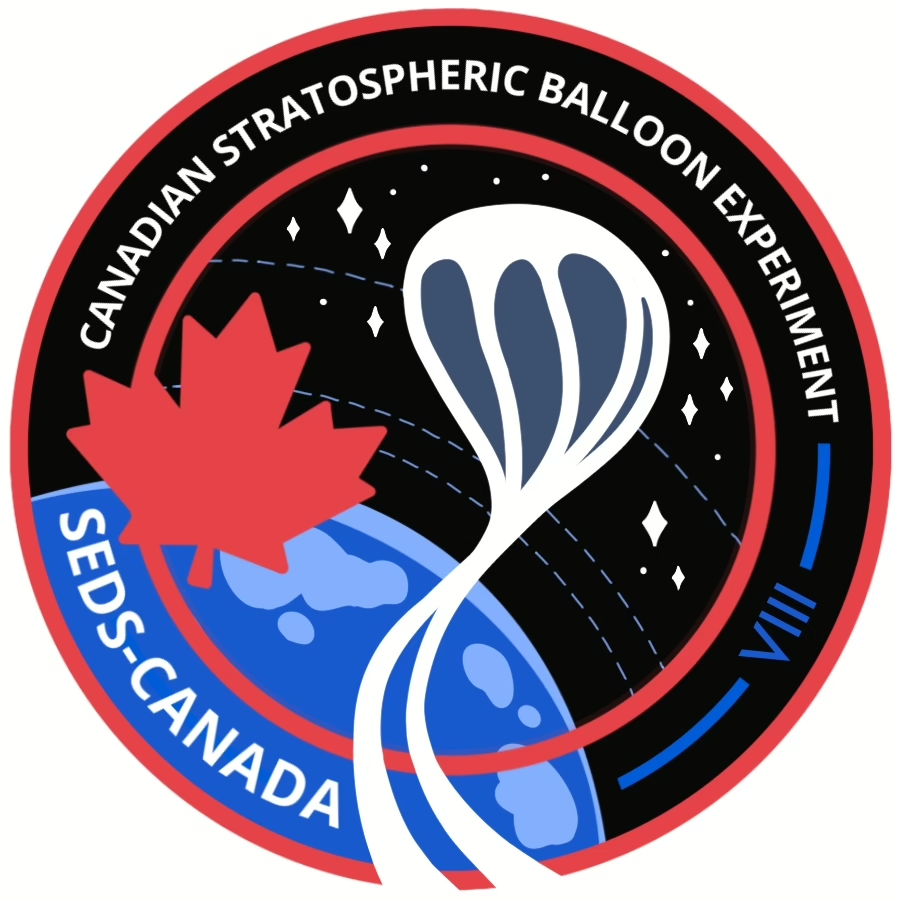
2025-2026
The Canadian Stratospheric Balloon Experiment Design Challenge (CAN-SBX) is a competition for Canadian post-secondary students to design and test a small scientific experiment to fly on board a high-altitude balloon provided by the Canadian Space Agency. The CAN-SBX program allows post-secondary students to develop different experiments in areas such as astrophysics, Earth atmosphere, Earth magnetic field, biology, remote sensing, and technology demonstrations.
This year, the CAN-SBX Design Challenge will take advantage of the new CSA balloon platform, allowing for payloads of up to 5 kg to fly under expandable balloons. These launches will be on a smaller scale, so students will have to design payloads that are both compact and lightweight, which may be challenging for certain applications.
Any student team at a Canadian university or college may submit a proposal, and after careful evaluation, top teams will be selected to fully design, build and fly their experiments. Selected teams will have the opportunity to attend the launch campaign which will involve students in launch operations, flight tracking, and payload recovery. The goal of CAN-SBX VI is for students to gain enough experience to eventually lead balloon launches from their home institutions. SEDS-Canada strives to create a tangible student-led impact in space exploration and development. This is a unique opportunity allows students to develop skills in STEM and conduct research in an environment that is unparalleled here on Earth. For more details, check our our CAN-SBX Handbook (linked below).
Participating students gain hands-on experience in:
design, building, and testing a space payload
&
high-altitude balloon launch operations
&
high-altitude balloon launch operations
Students can bring back this new-found knowledge to their home institution and
continue launching balloons (and doing SCIENCE!)
Competition Info
A new round of applications for CAN-SBX V is now open!
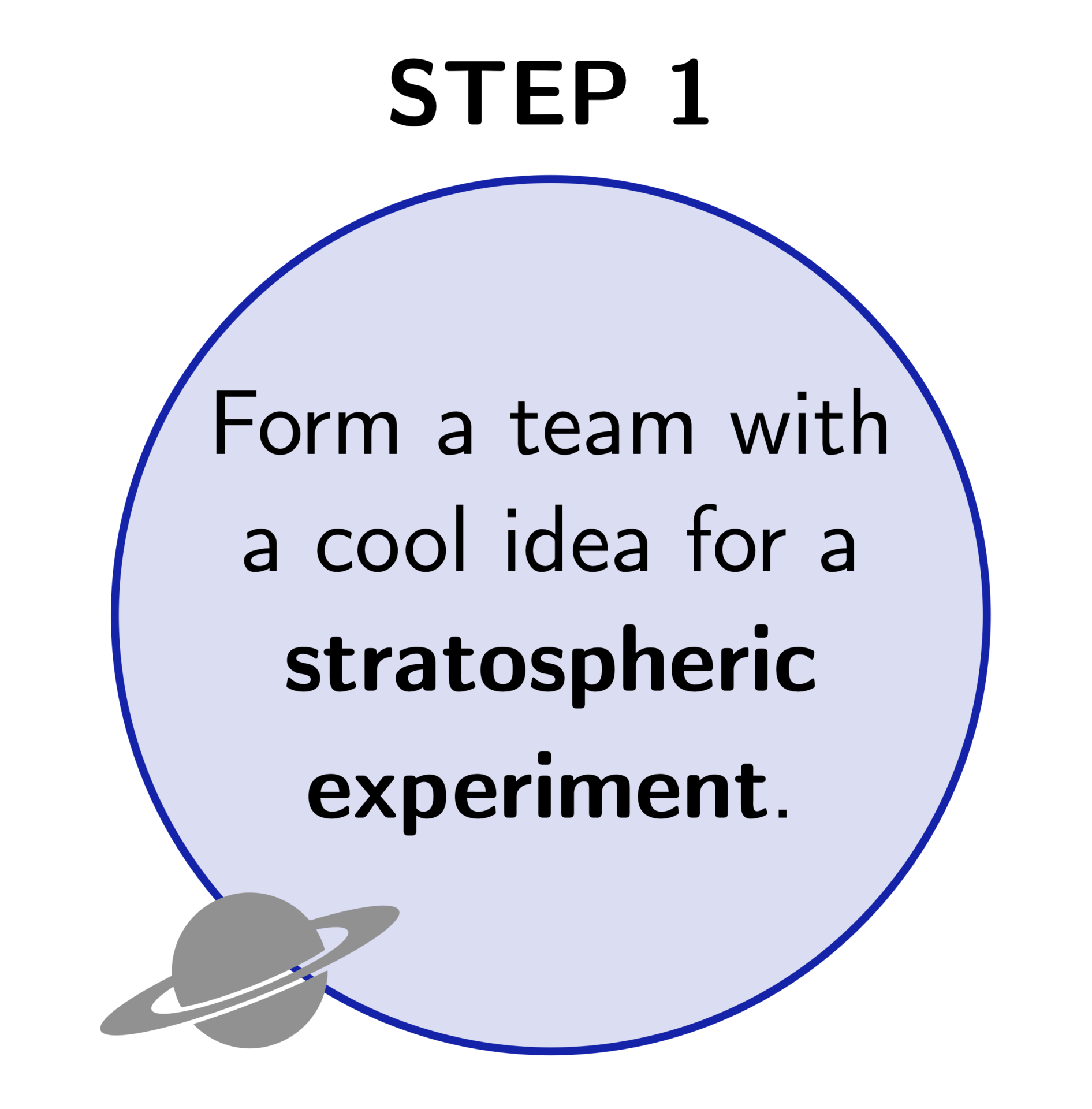
Excited? So are we! How should you get started? First, you should form a team; it is probably the easiest to start with your friends and classmates. Next, you should start looking at possible experiments. There are many ways to do this, but we suggest starting with our basic list of Relevant Areas of Research where you can find the general topics applicable to microgravity research, as well as some previous experiment topics. You should also try use your professors or other contacts at your university as a resource; we’re sure they are full of ideas.
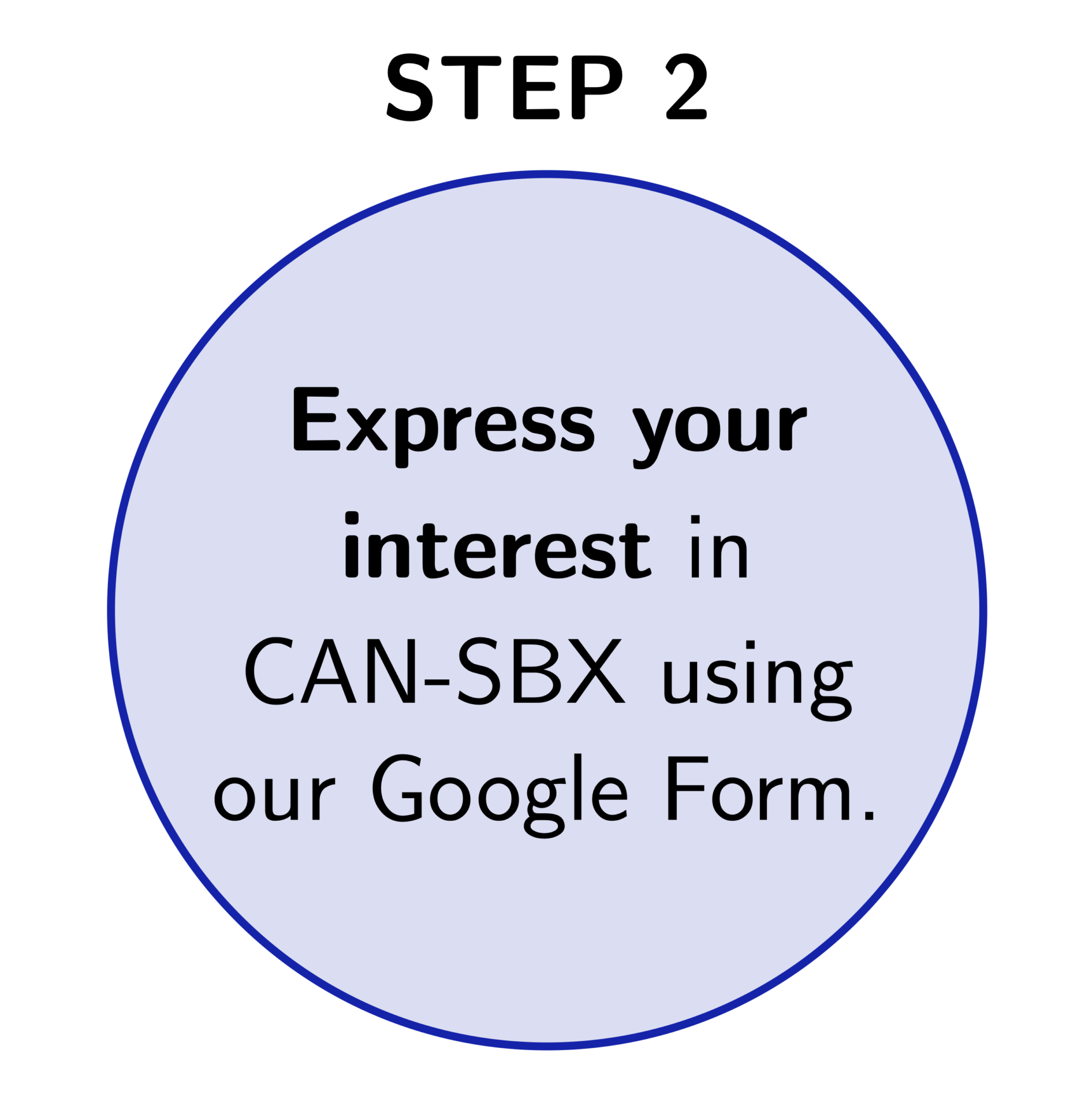
Next, you should express your interest in the CAN-SBX competition using our Google Form. Although this step is not required for submitting an application, this helps us gauge interest in the competition. We’ll also send you updates and reminders about the application process as well as tips for applying.
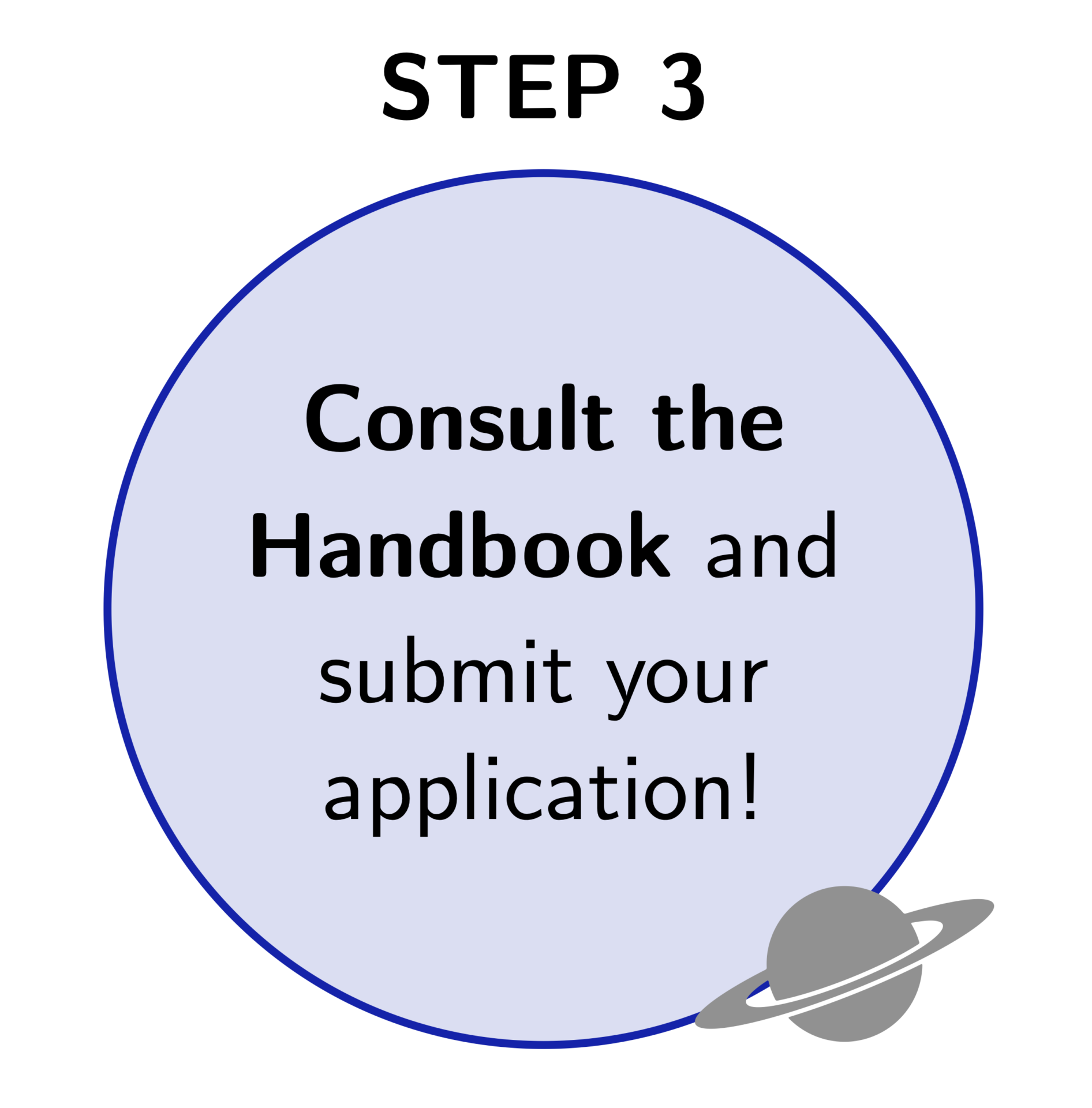
Lastly, you should read our Student Handbook which describes the competition requirements and timeline, eligibility (including team composition eligibility criteria), expectations, and, most importantly, how to apply!
A new round of applications for CAN-SBX VIII is now open!
For questions about the application process, eligibility, or further clarification please email cansbx@seds.ca
Complete the form-fillable Application Form for itemized submission instructions.
Consult the Application Guidelines for detailed information about Proposal requirements, competition timeline, and the research environment & constraints
Email cansbx@seds.ca with your completed Application Form, Proposal document, and supporting documents
Submission Deadline is October 3rd, 2025
Interested in the competition?
Fill out this form to express your interest and we'll send you updates about the application process and tips for applying.
Applications are now closed.
Teams who have applied will be notified of their selection (or not) by December 2, 2020.
Looking to learn more about the campaign?
Our handbook covers it all!
Our handbook contains all the
information selected teams need.
The CAN-SBX 2025-2026 handbook is available:
A copy of the Faculty Endorsement Letter can be found here.
The CAN-SBX How-To Guide contains additional tips and advice (including the proposal stage!)
2025-26 Competition timeline
Selection
- Sunday, October 3, 2025, 11:59 p.m. (EST): Deadline for submission of your Application to cansbx@seds.ca.
- Monday, October 28, 2025: Teams will be notified of their selection and feedback will be provided by SMEs
Project Milestones (Subject to change)
Some of the following milestones include documents that must be submitted by selected teams. Participating students will become familiar with the engineering design structure the Canadian Space Agency uses. Documents will be evaluated by SMEs throughout the experiment design phases. Specific instructions for submitting these documents can be found in their respective guideline sections of the handbook (also linked above). All submissions should be made to cansbx@seds.ca.
- Early November: Kickoff meeting with SMEs, selected teams and Faculty Advisor.
- Mon, Nov. 24, 2025: Submit Technical Questionnaire (QT)
- Week of Dec. 2, 2025: Progress Presentation 1 and Outreach Activity Report 1.
- Jan. 19-23, 2026: Present Preliminary Design Review (PDR) to SMEs via teleconference.
- Mon, Feb. 9, 2026: Submit version 1 of Experiment Safety Data Package (ESDP)
- Week of Feb. 24, 2026: Progress Presentation 2 and Outreach Activity Report 2.
- Mar. 16-20, 2026: Present Critical Design Review (CDR) to SMEs via teleconference.
- Tue, Apr. 21, 2026: Submit version 2 of Equipment Safety Data Package (ESDP) and updated feedback sheet.
- Week of May 5, 2026: Progress Presentation 3 (if necessary).
- May 11-15, 2026: Flight Readiness Review
- Mon, June 1, 2026: Submit final ESDP and updated Feedback Sheet for flight approval.
- Mid-August 2026: Launch Campaign period (TENTATIVE).
Q: Can I apply if I am an international student?
A: Yes! Any student enrolled at a Canadian post-secondary institution can apply, regardless of residency status.
Q: Can I participate if I am enrolled part time?
A: Yes! As long as you can provide proof of enrolment at your academic institution, you can enter into the competition.
Q: Do you accept unofficial proof of enrolment?
A: We accept the following: an official proof of enrolment letter, a scan of a student ID card showing the expiry, a screenshot of a current timetable clearly showing the year/student name/student ID, or a tuition invoice/financial statement showing the year/student name/student ID. Proof of enrolment for each team member must be submitted with the team’s Proposal.
Q: Is there a limit on how many members can be in my team?
A: No, however your team can only be associated with one ‘primary Canadian institution’. This means that any team members who are not enrolled at the primary Canadian institution will be listed as ‘collaborating institutions/members’.
Q: Who can I ask for help if I have a technical question related to my experiment design?
A: Selected teams will have access to a group of Subject Matter Experts (SME) who have extensive knowledge on stratospheric balloon science. These SMEs will be available to answer your technical questions during the competition. For questions related to the submission of the proposal, send an email to cansbx@seds.ca.
Q: Will lab space or equipment be provided to build our experiment?
A: No. Teams are responsible for securing access to proper facilities/equipment needed to design and build their experiment.
Q: Can my Faculty Advisor be a post-doctoral researcher or doctoral student?
A: No. If you have concerns or questions about who qualifies as a “Faculty Advisor” please email us at cansbx@seds.ca.
A balloon 30 km in the air can be useful for many engineering or scientific tests including:
- Earth Imaging
- Space Weather
- Observational Astronomy/Astronomical Instrumentation
- Astroparticle and Radiation Sciences (including effects of radiation on biological processes)
- Material Science
- Gravitational Field Experiments
- Fundamental Physics
- Technology Development (can increase TRL level)
- Atmospheric Science
For inspiration, here is a list of abstract titles from previous CSA/CNES STRATOS Stratospheric Balloon Campaigns, which cover several research topics:
- Balloon-borne Imaging Testbed or BIT (a wide-field imaging telescope for high-quality astronomical observations)
- Payload for Remote sounding of the Atmosphere using Balloon Limb Experiments or PARABLE (measurements of the atmosphere for climate change science and atmospheric pollution studies)
- Self-contained 360° camera rig
- High-Contrast Imaging Balloon System or HiCIBas (precision pointing telescope system)
- The reaction of calcite as a substitute aerosol for solar radiation management, a potential tool for climate change mitigation
- Multispectral Imager for Earth Observation
- Imaging Fabry-Pérot Spectrometer (IFPS)
- GPS and Data Logger Breadboard
+ YOUR TEAM HERE!
Meet past CAN-SBX participants!
2025
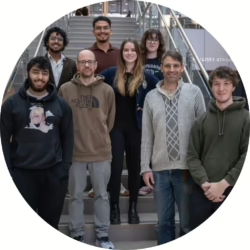
(University of British Columbia Okanagan)
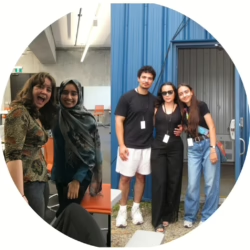
(University of Toronto)
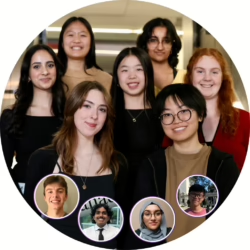
(University of Waterloo)
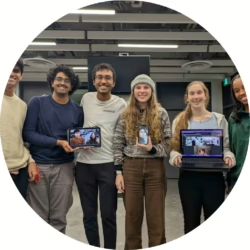
(University of Ottawa)
2024
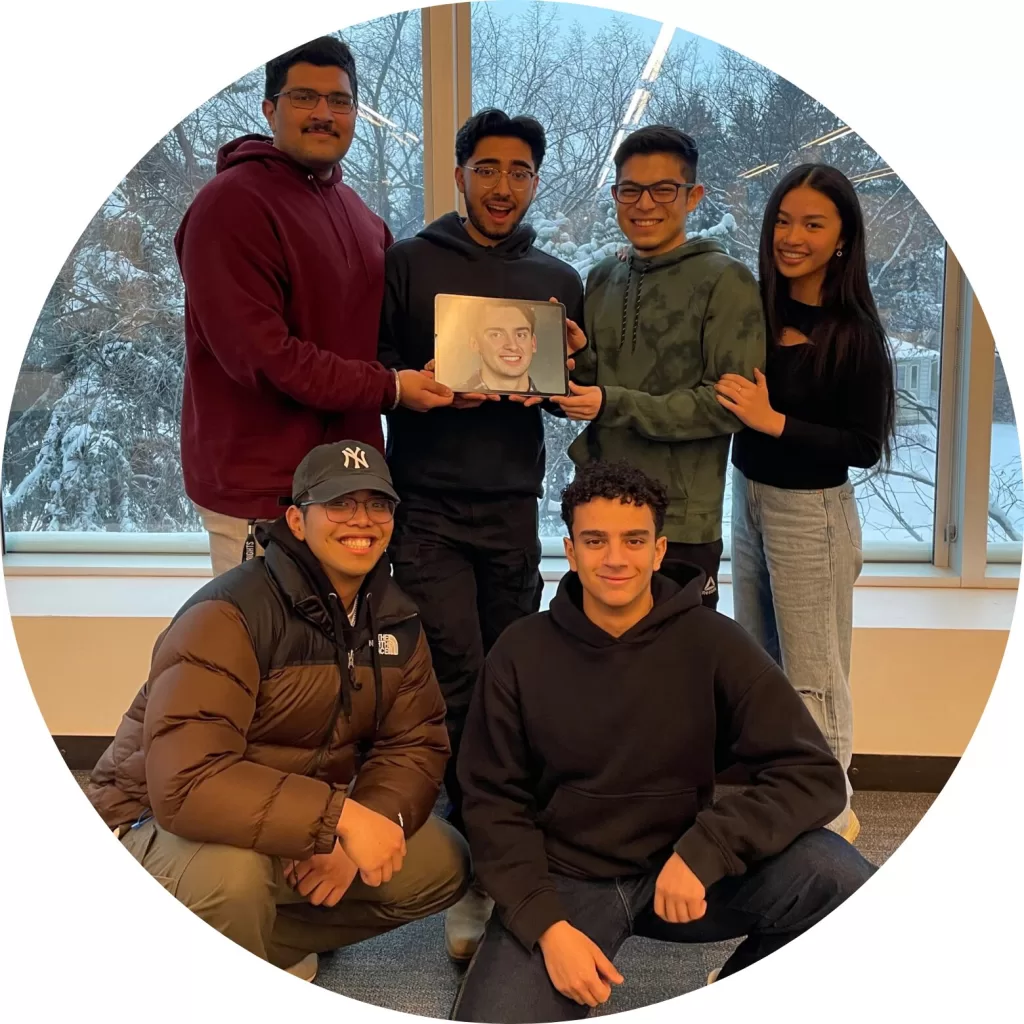
(University of Alberta)

(University of British Columbia Okanagan)
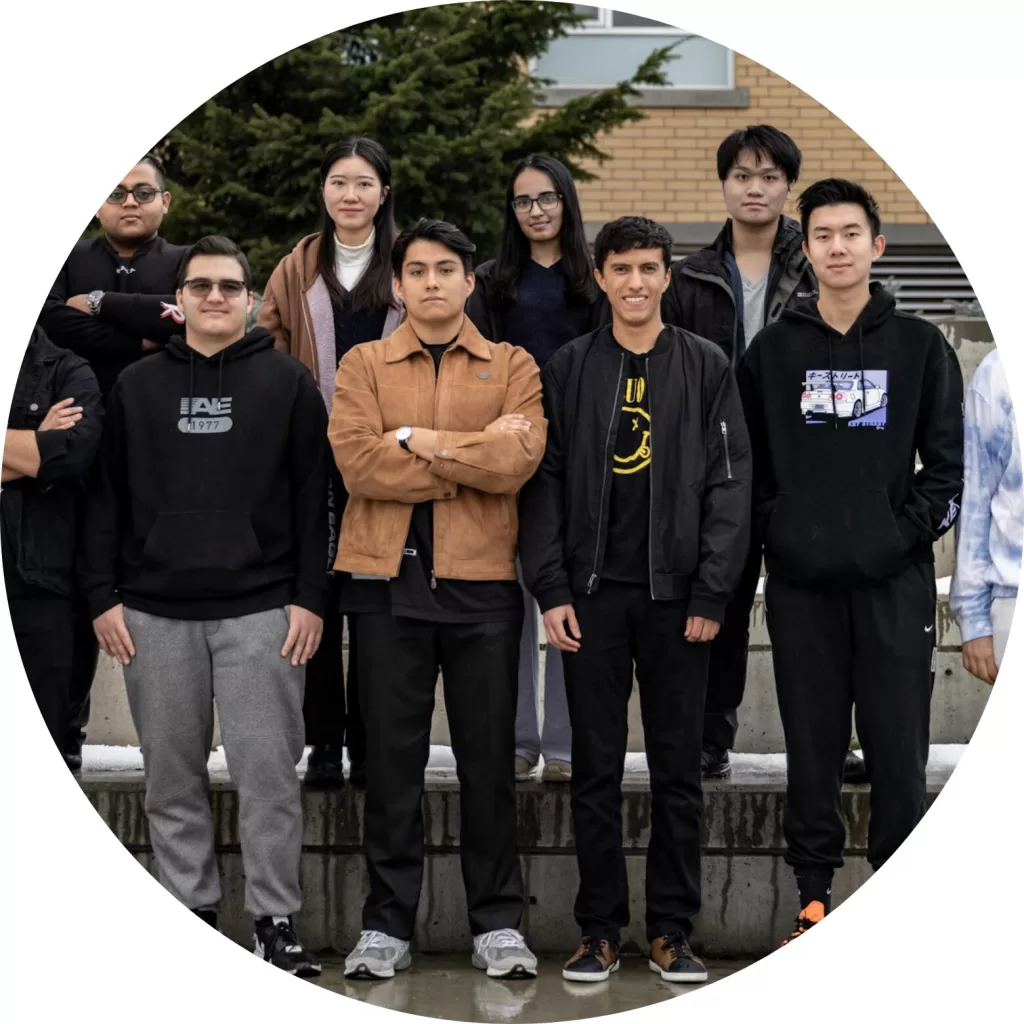
(University of British Columbia Okanagan)
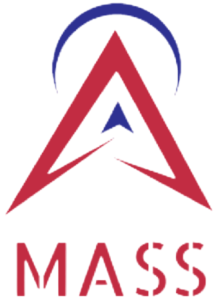
(McMaster University)
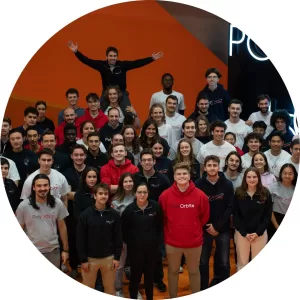
(Polytechnique Montréal)
2023

(University of British Columbia Okanagan)

(Carleton University)
2022
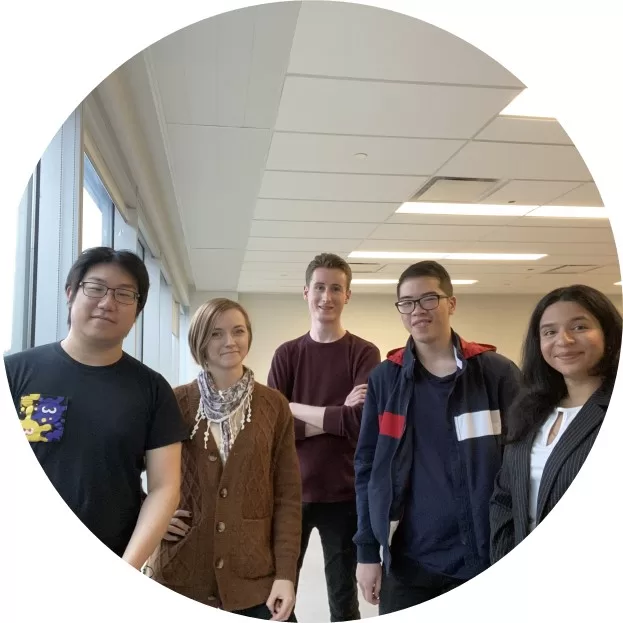
(Carleton University)
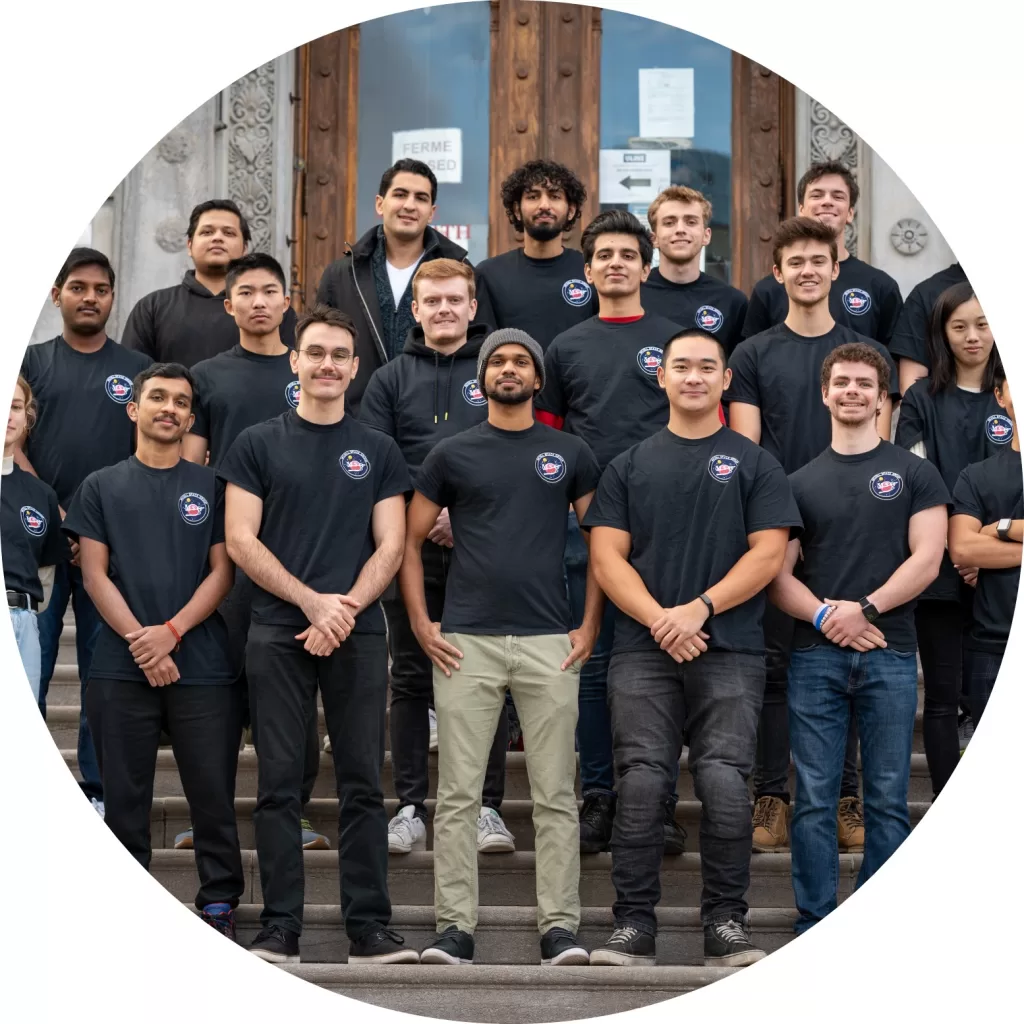
(McGill University)
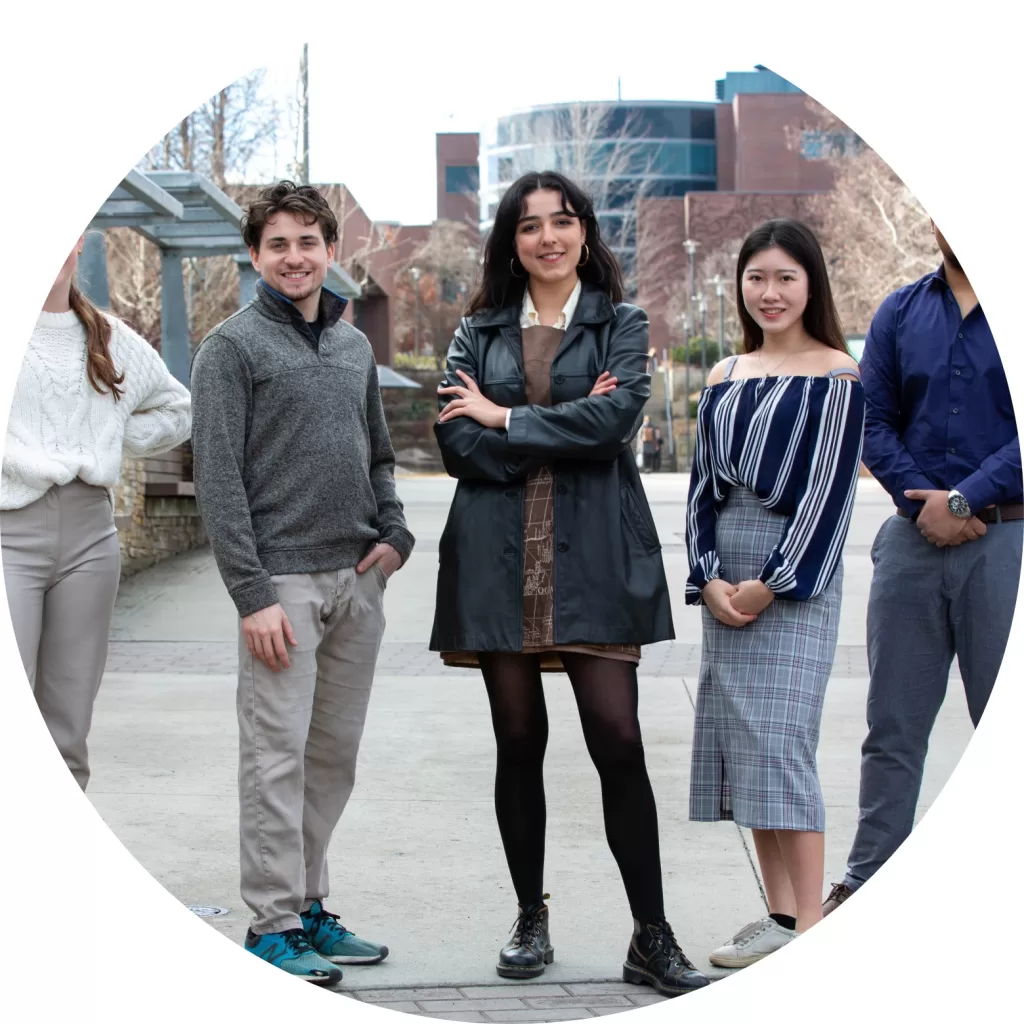
(University of British Columbia Okanagan)
2021
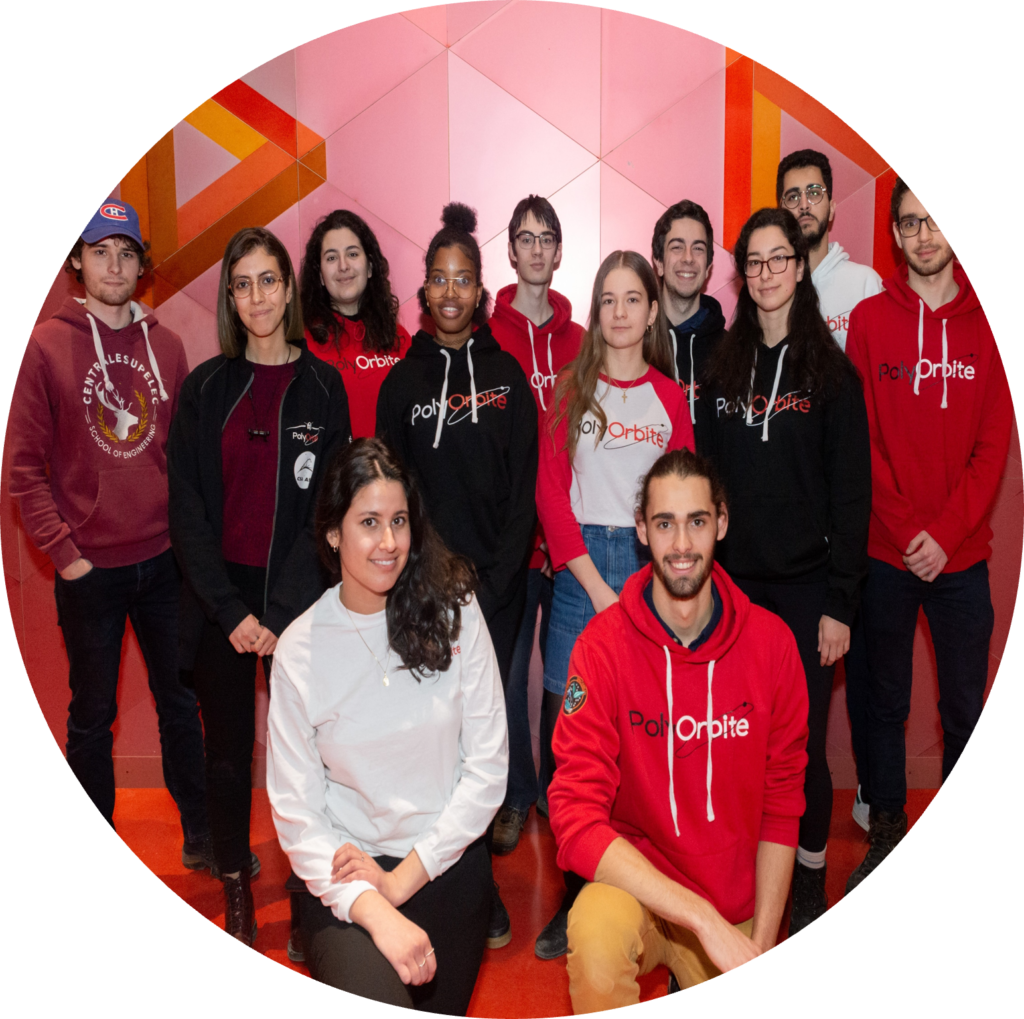
PolyOrbite
(Polytechnique Montréal)
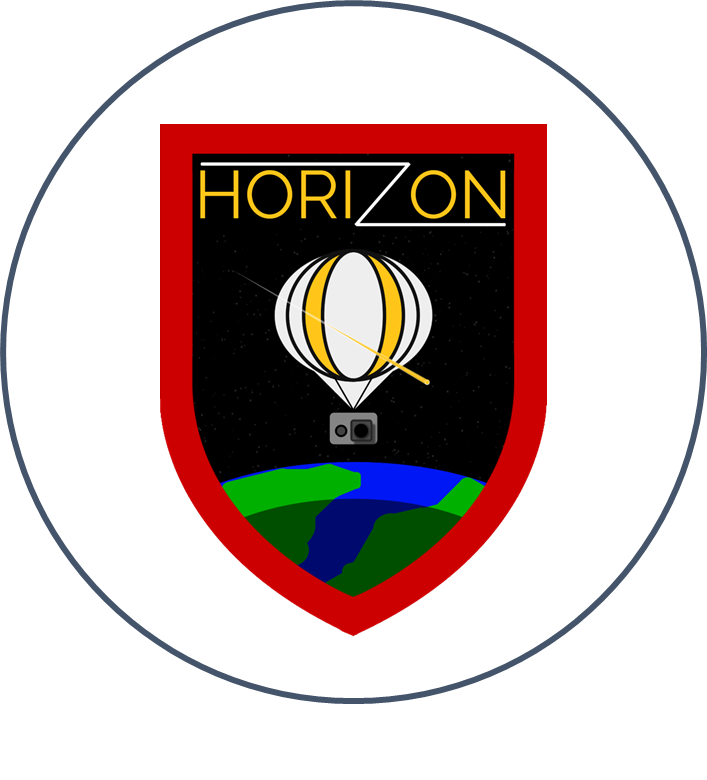
(Queen's University)
2020
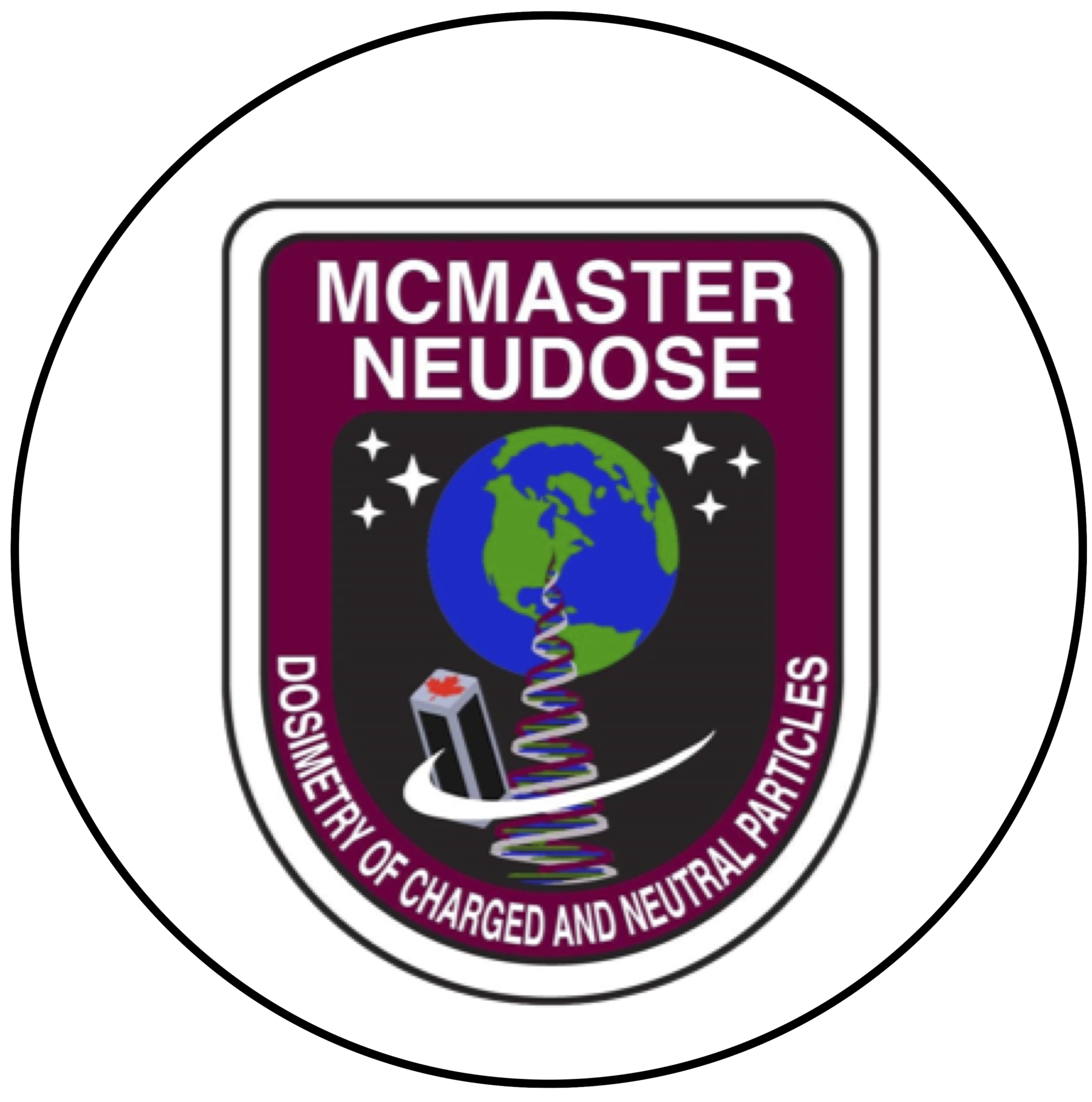
(McMaster University)
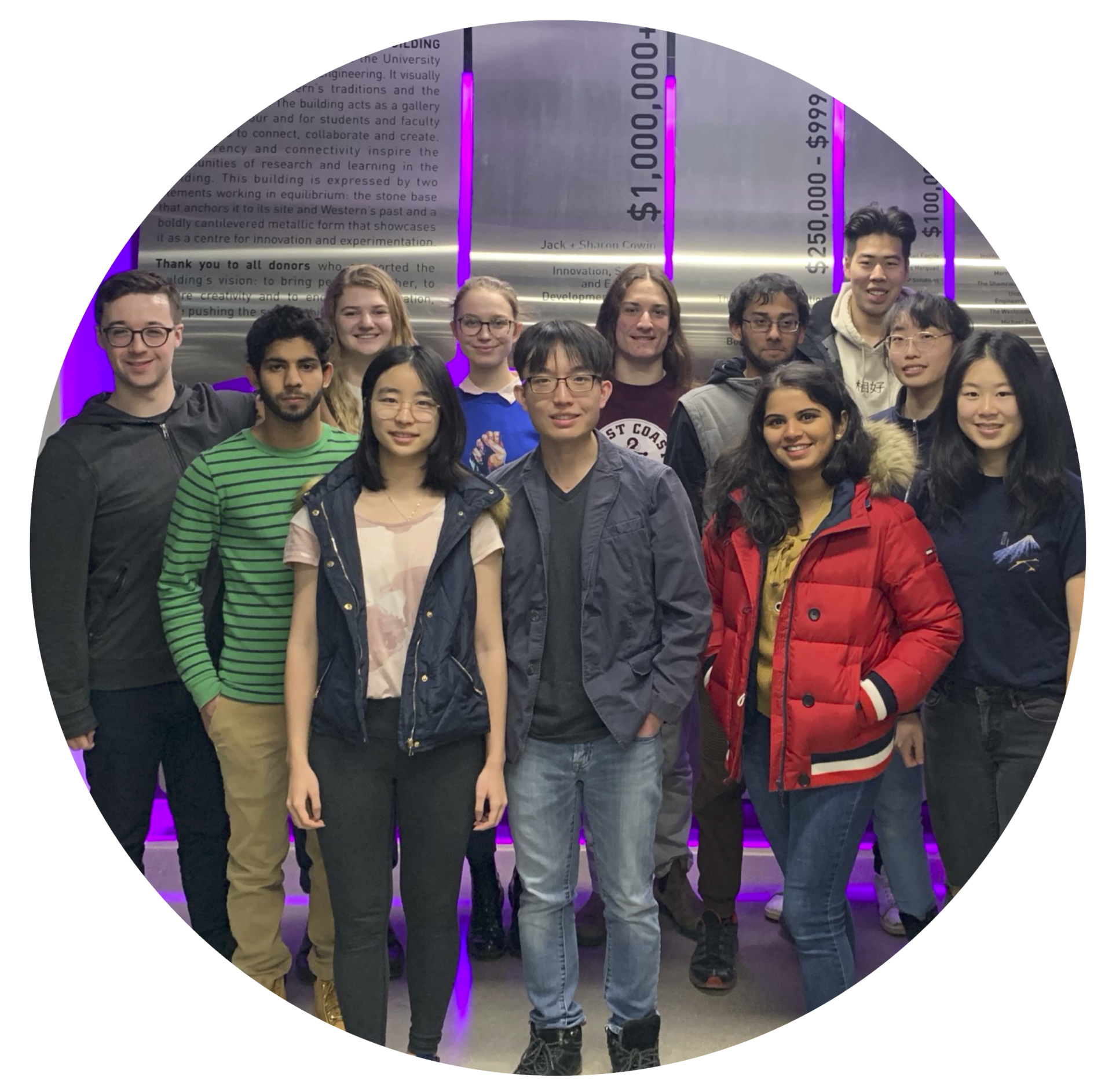
(Western University)
2019
2018
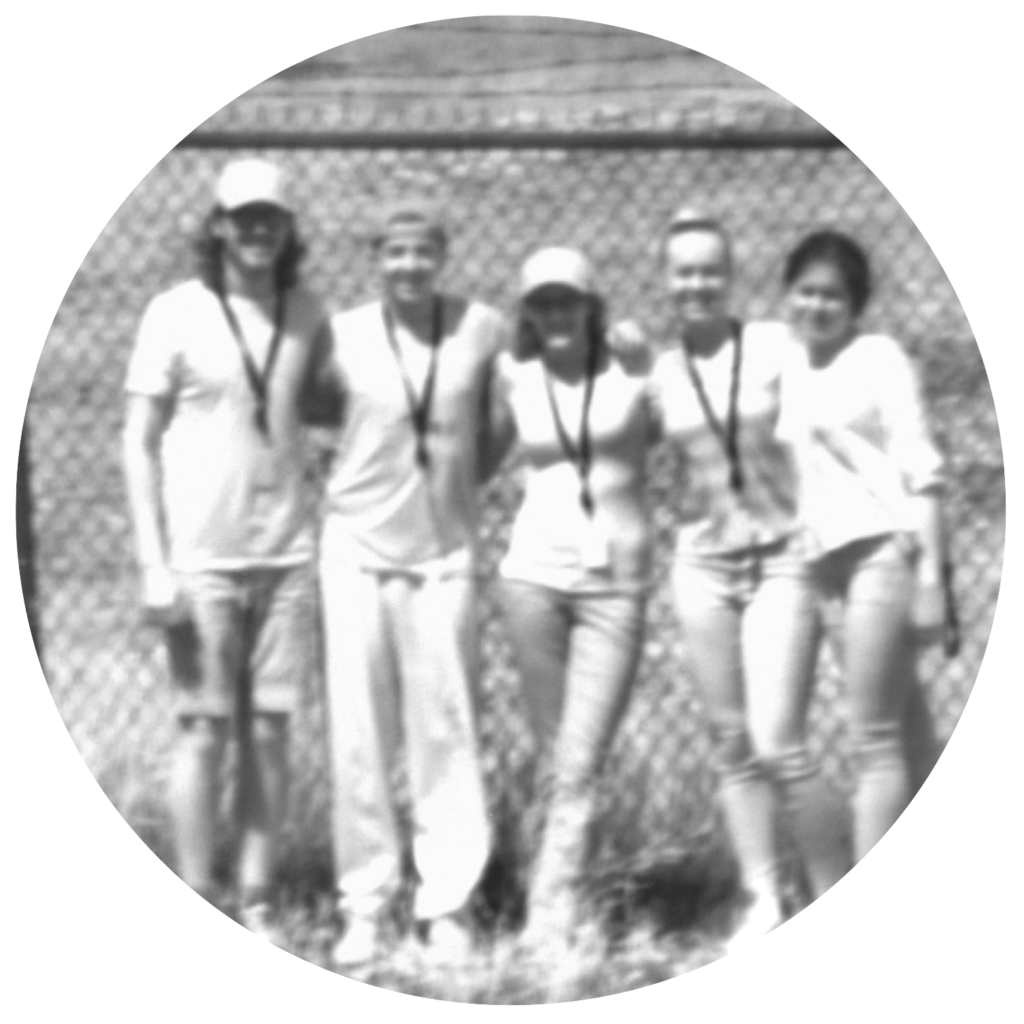
(University of Alberta)
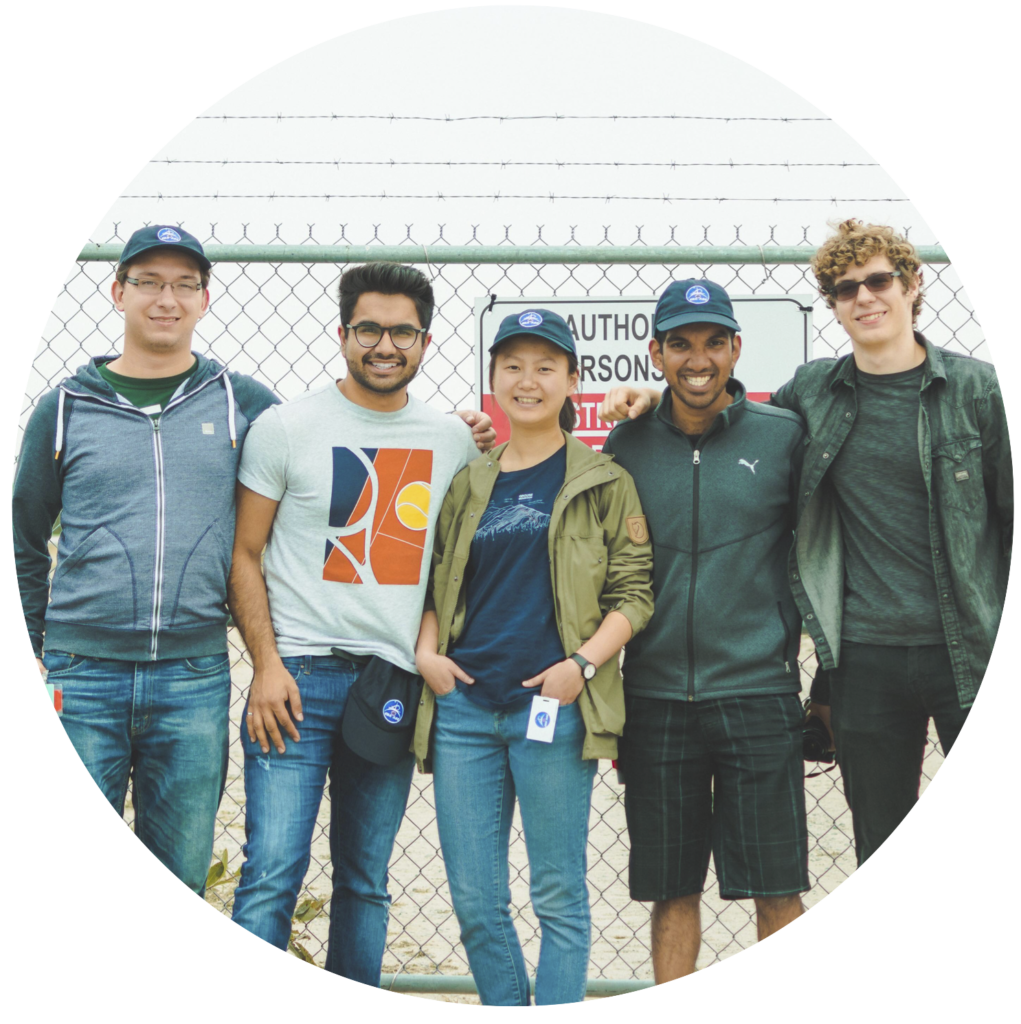
(University of Alberta)

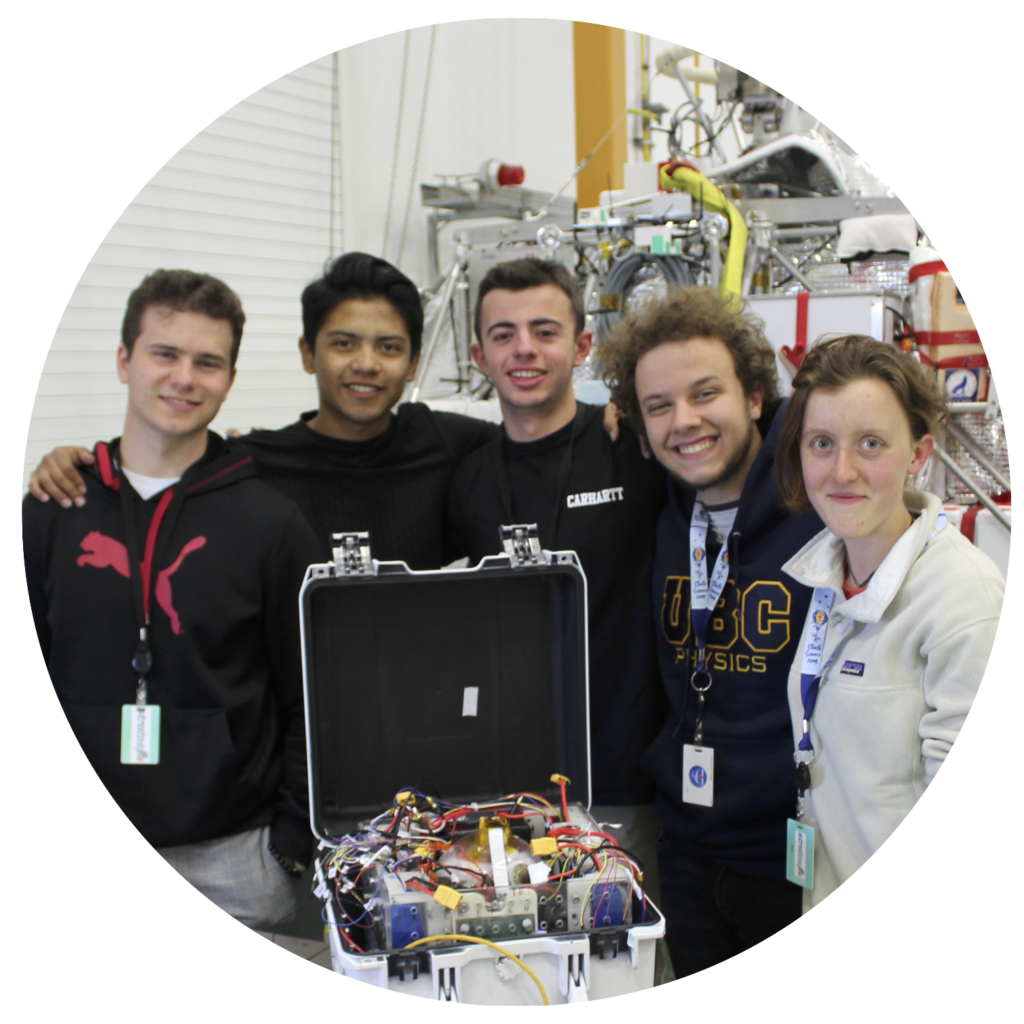
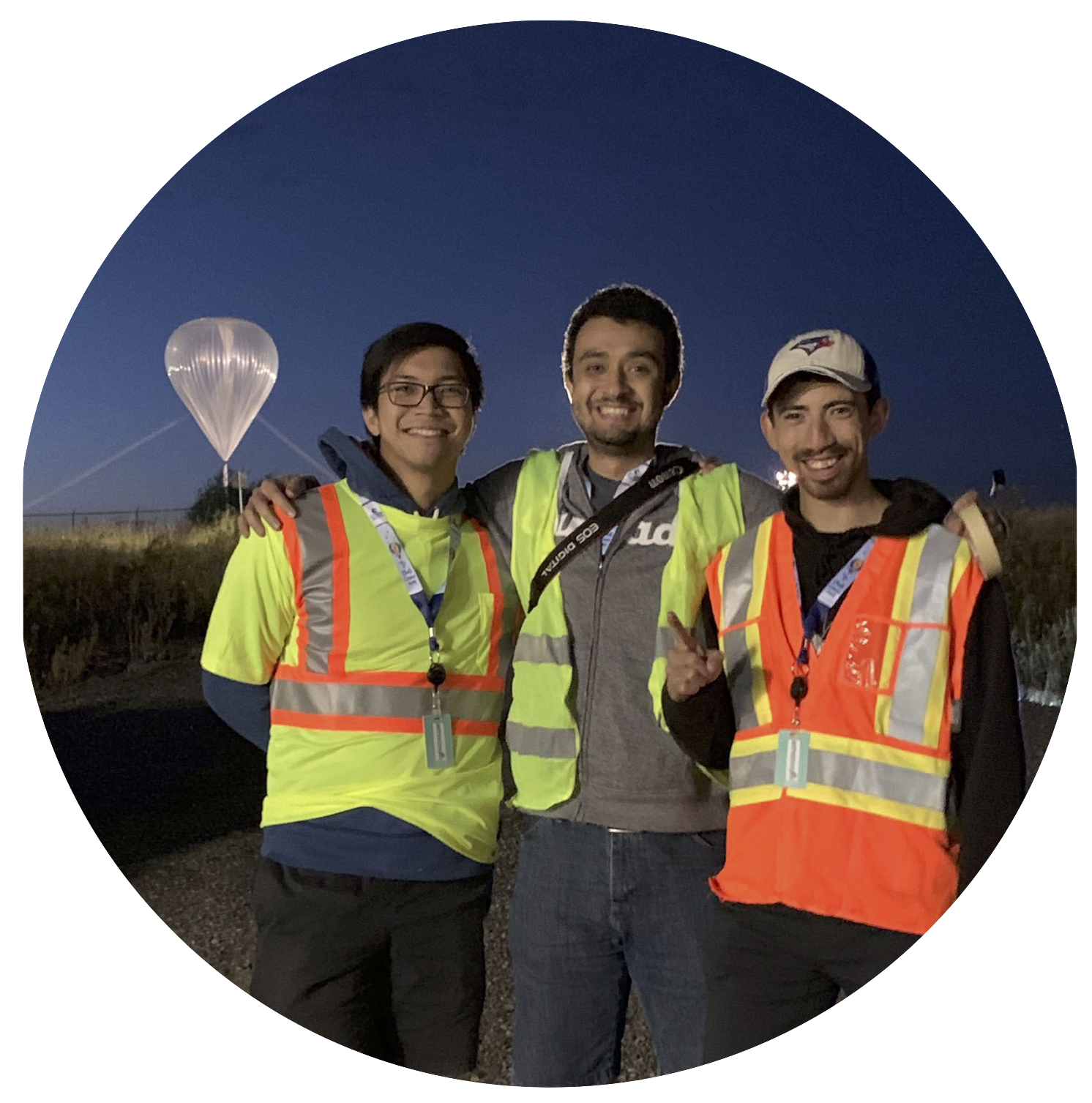
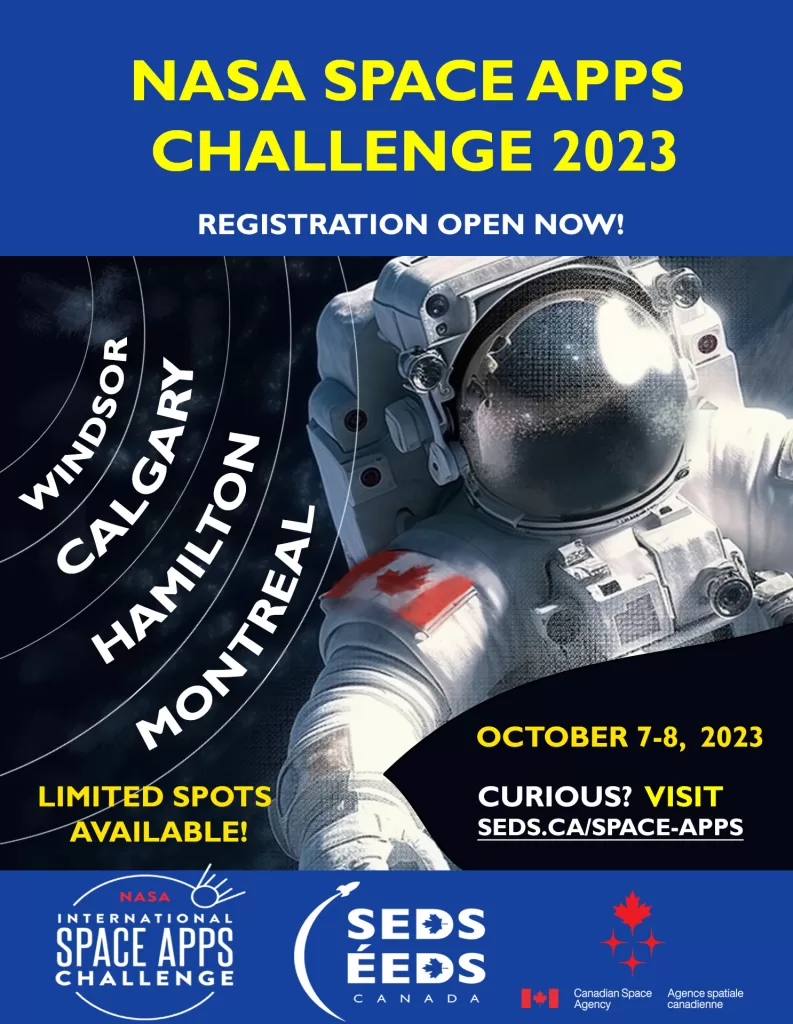
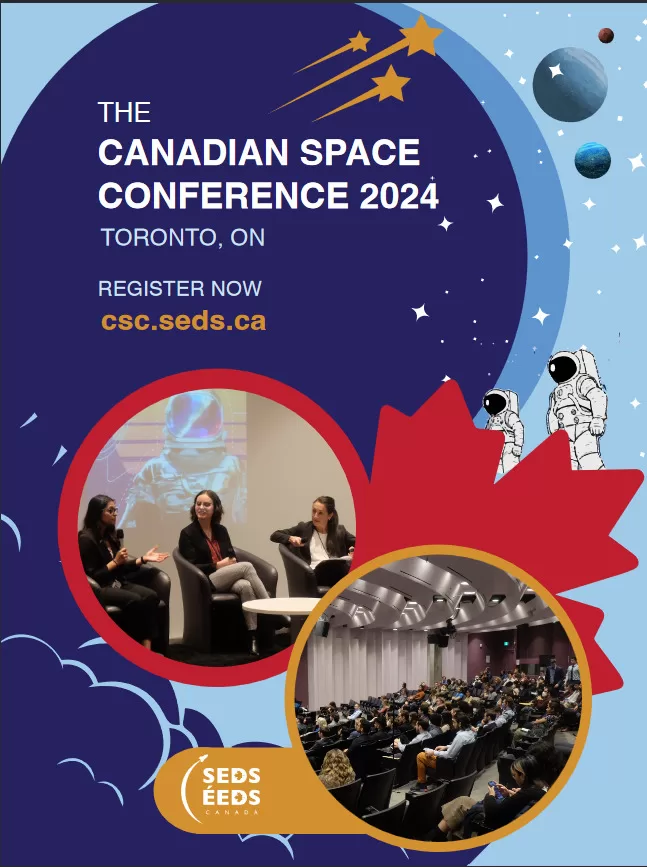
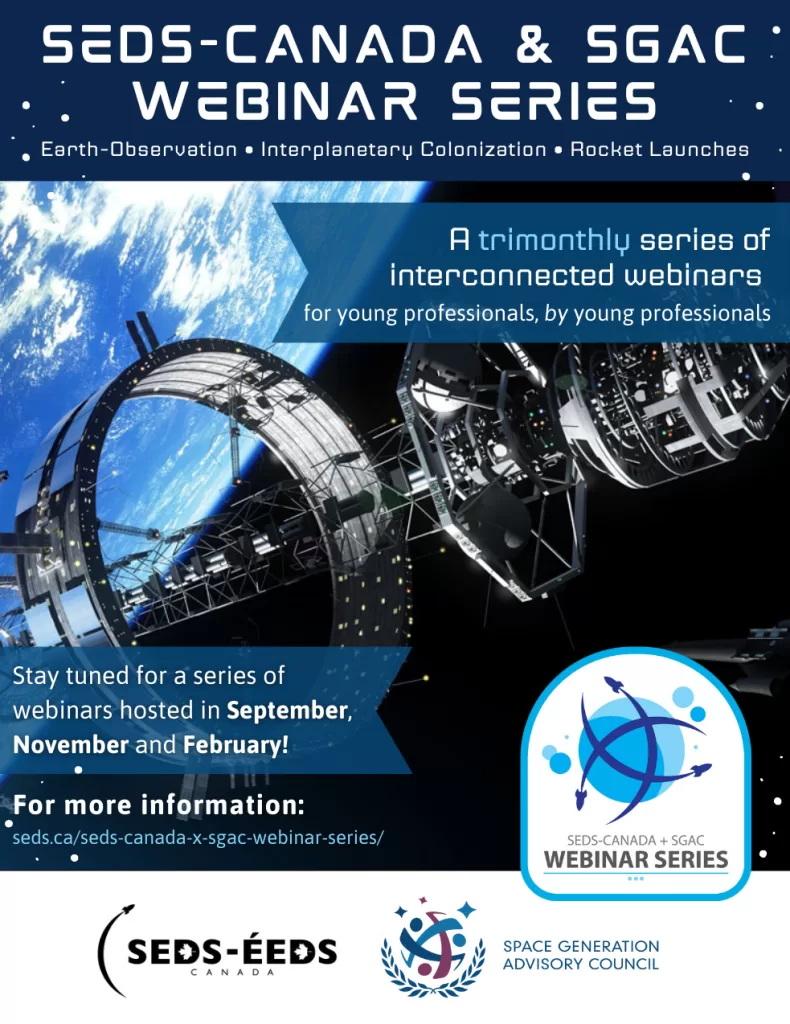
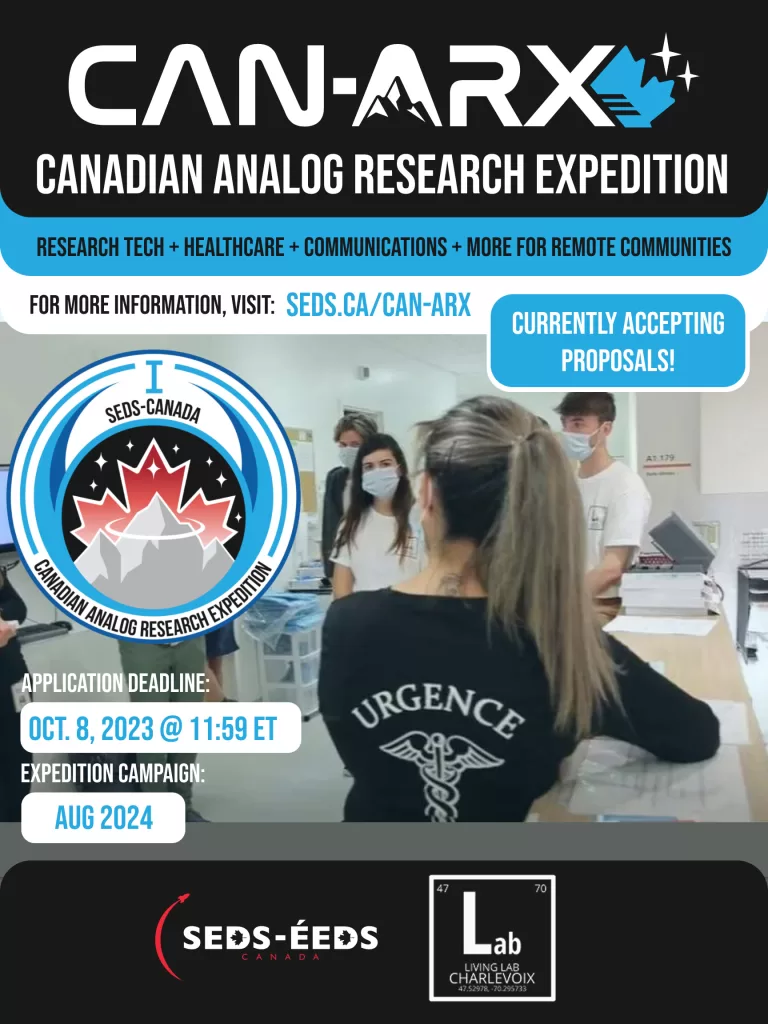
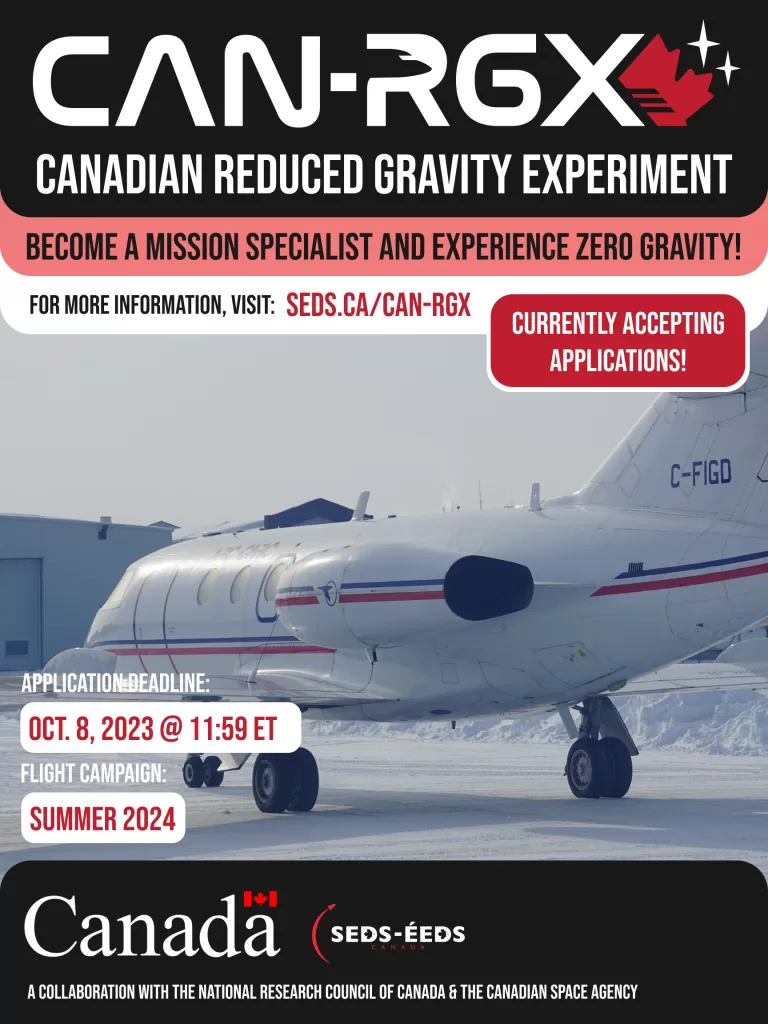
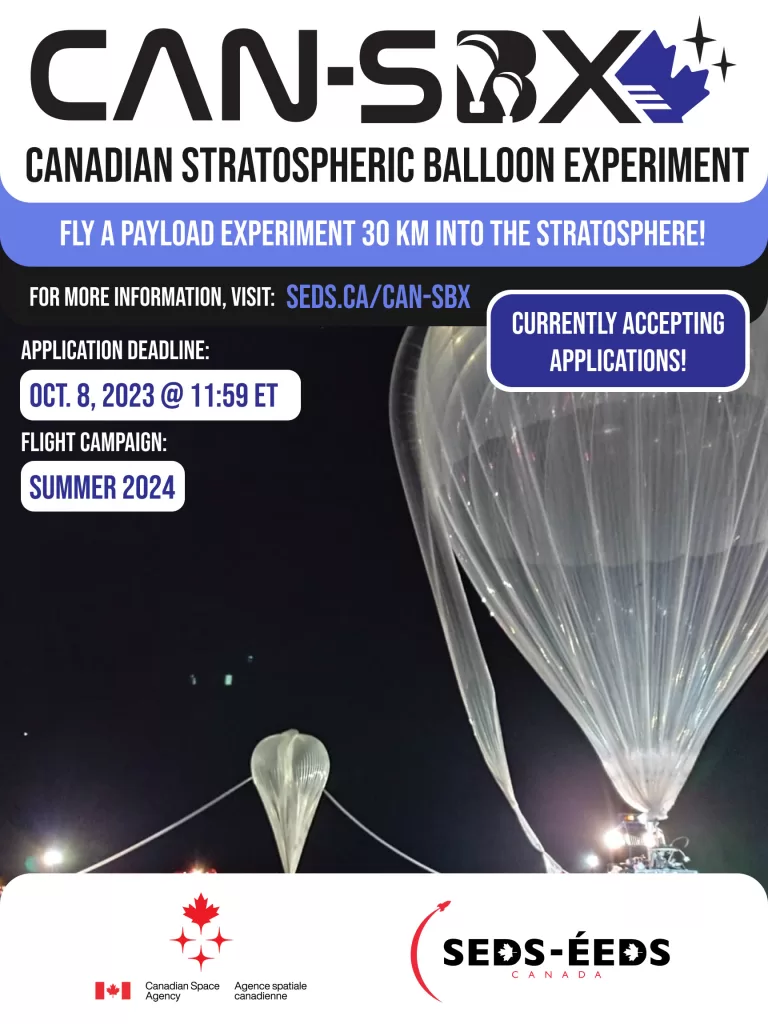

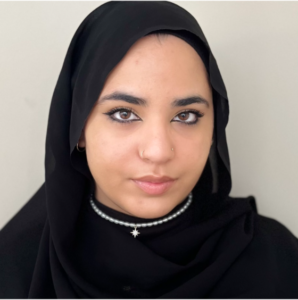
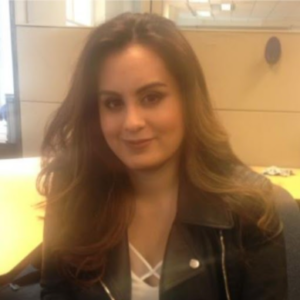
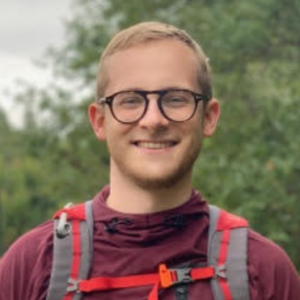
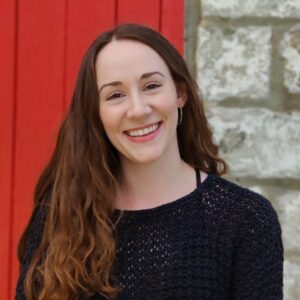
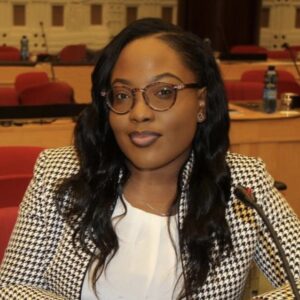
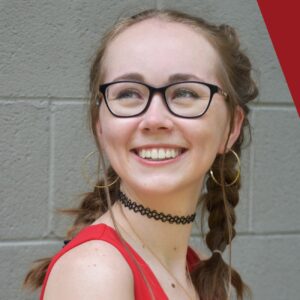
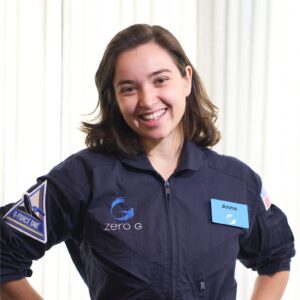


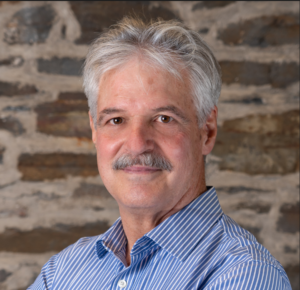

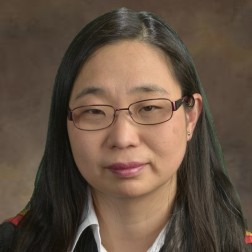
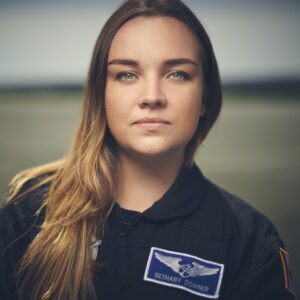


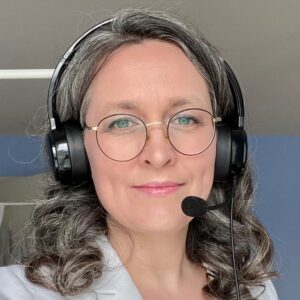
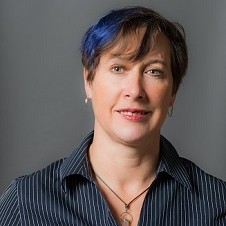
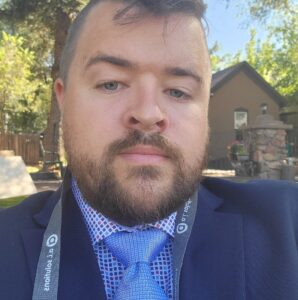
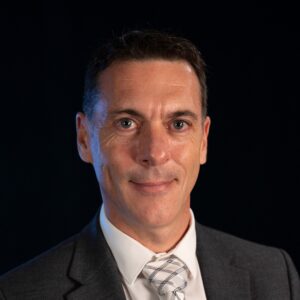
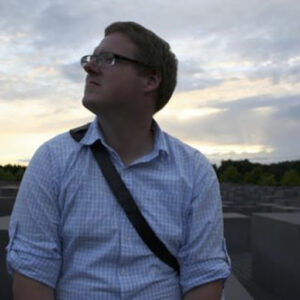



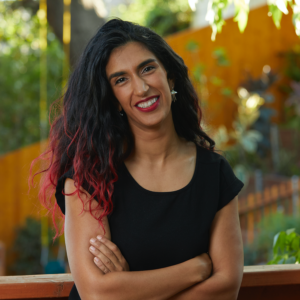



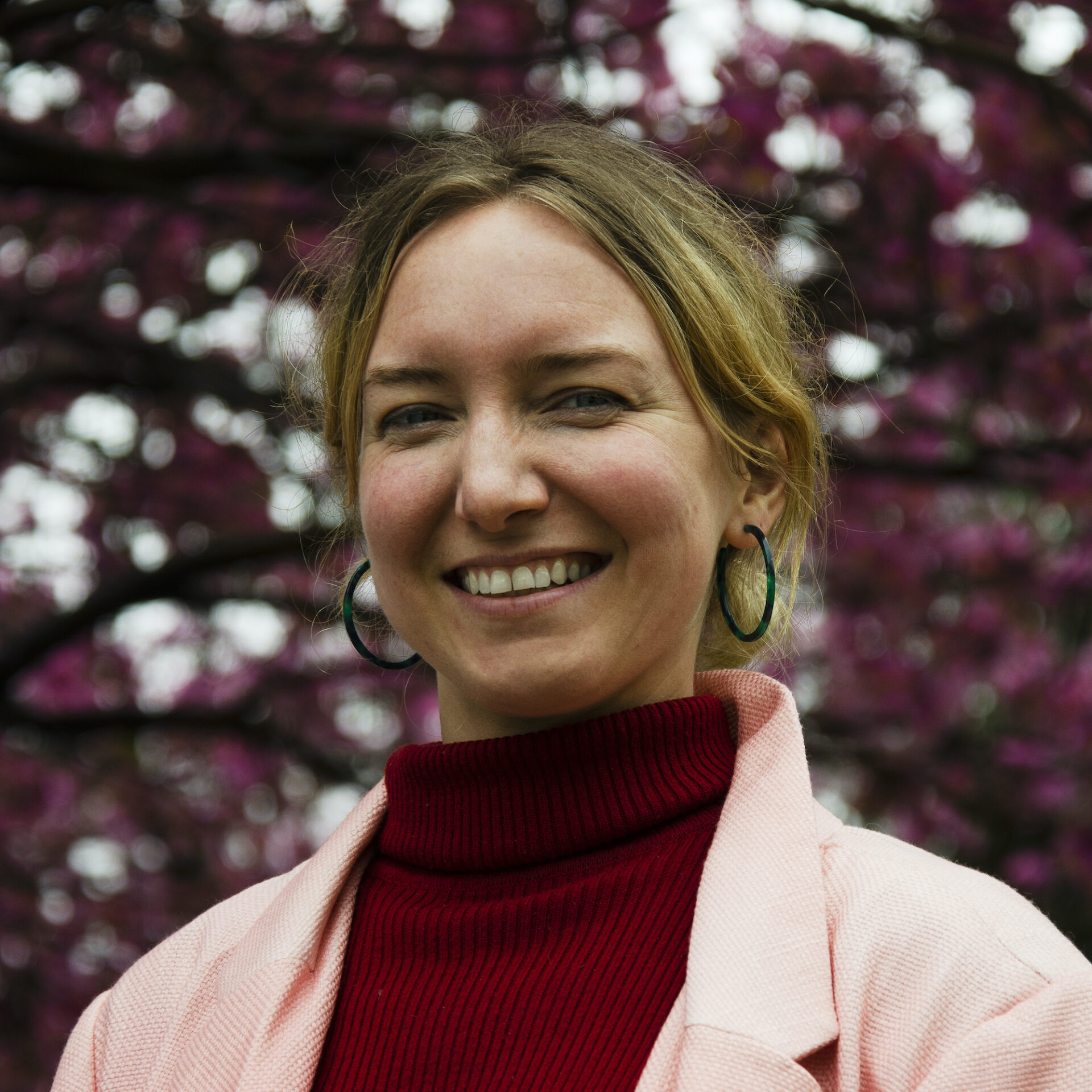
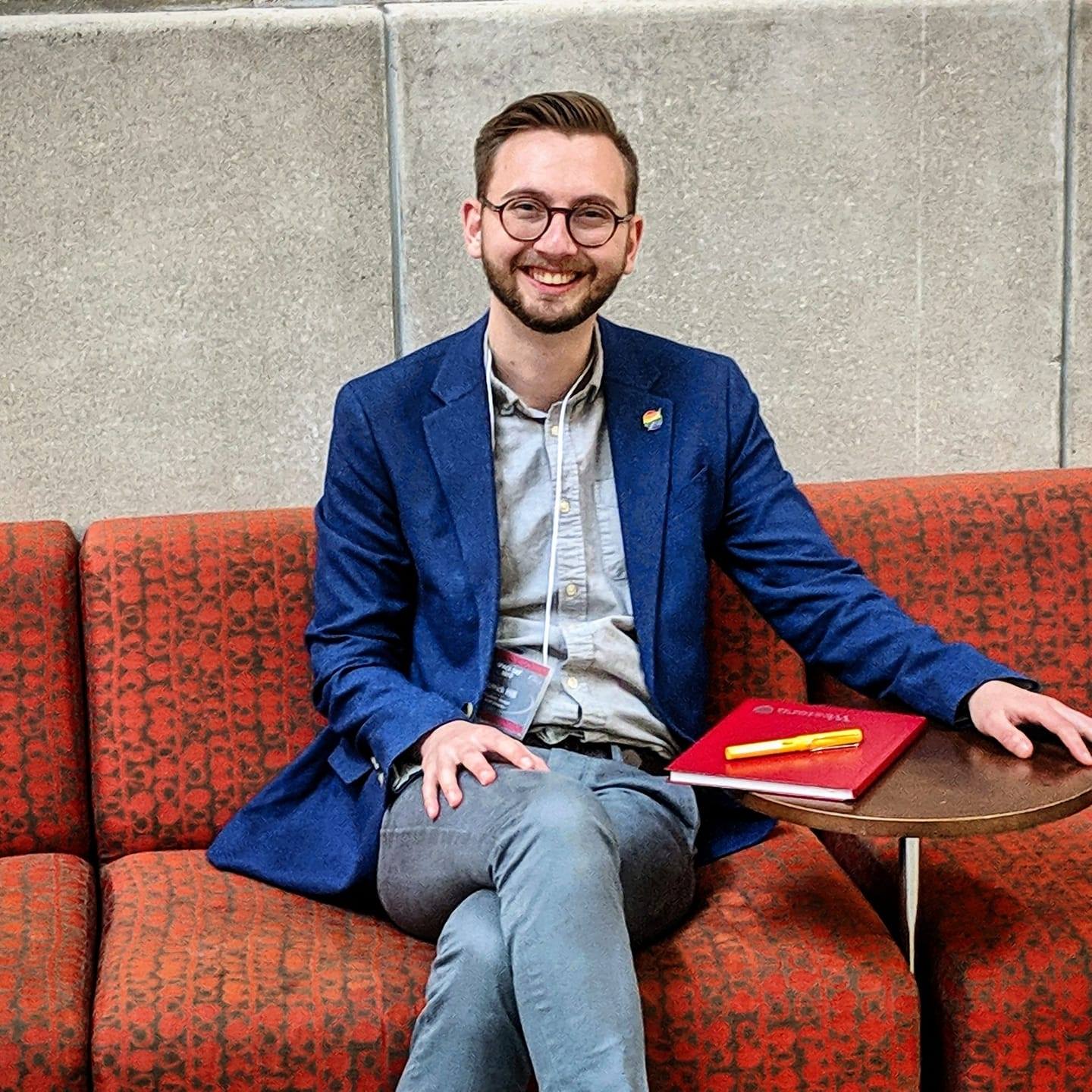
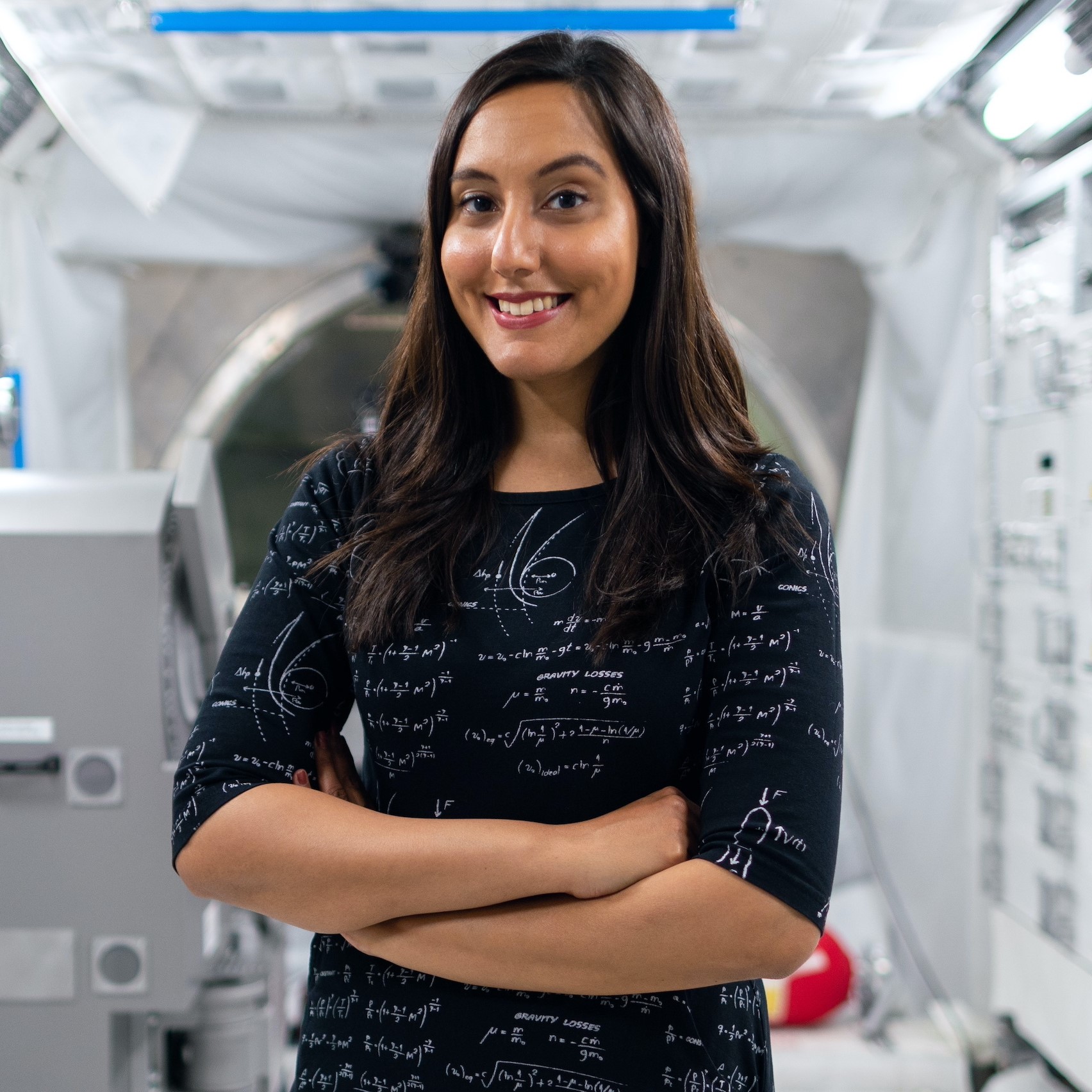
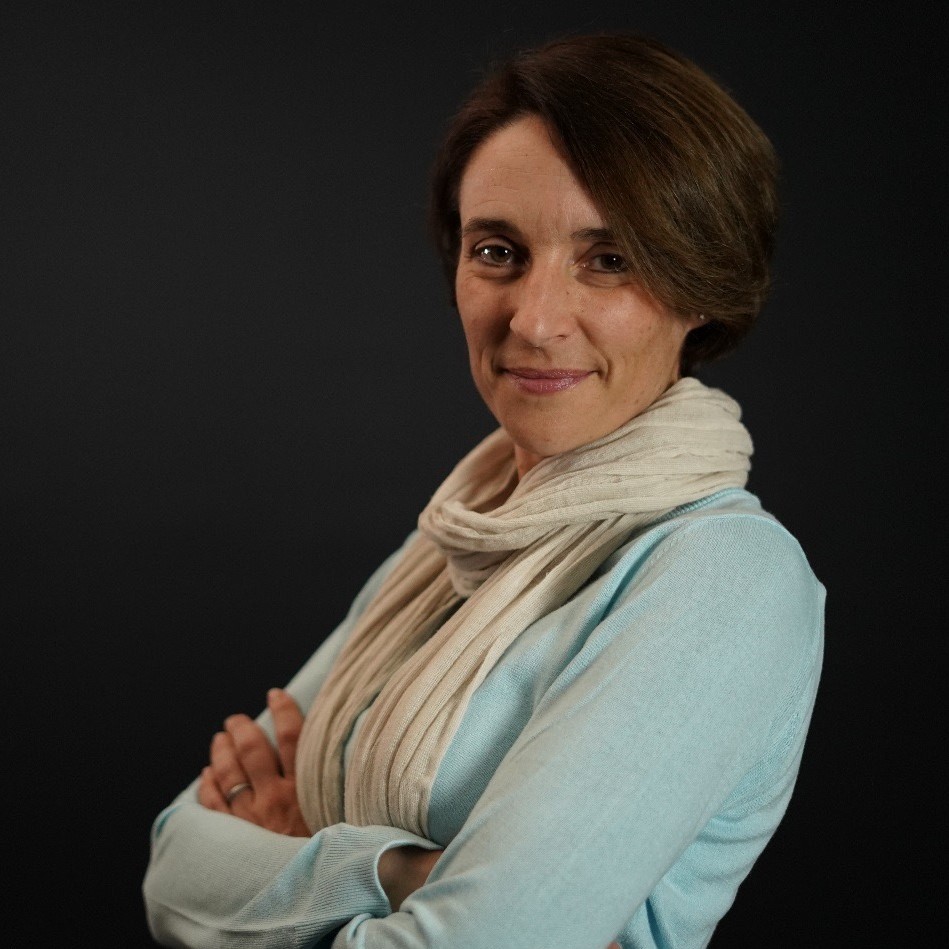
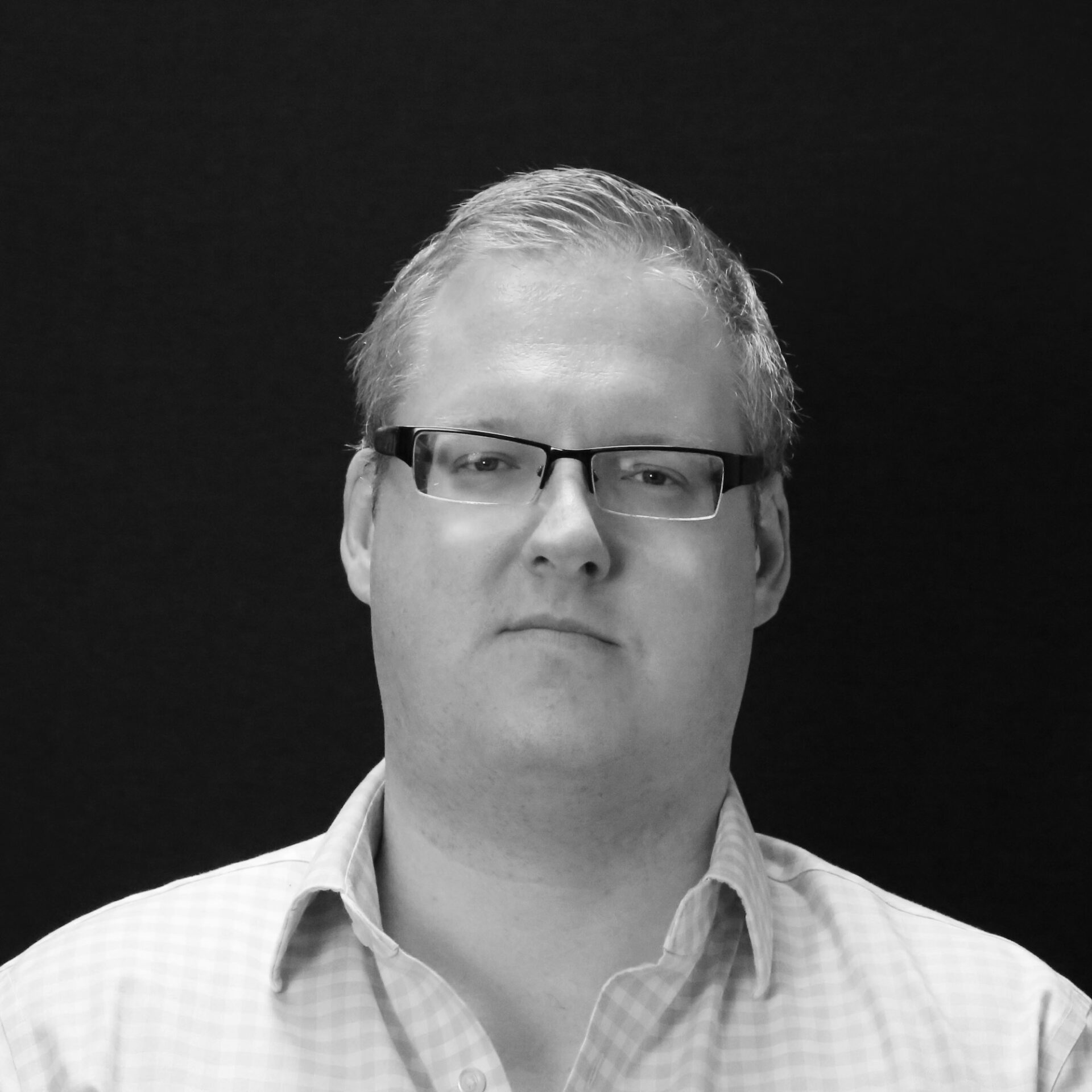
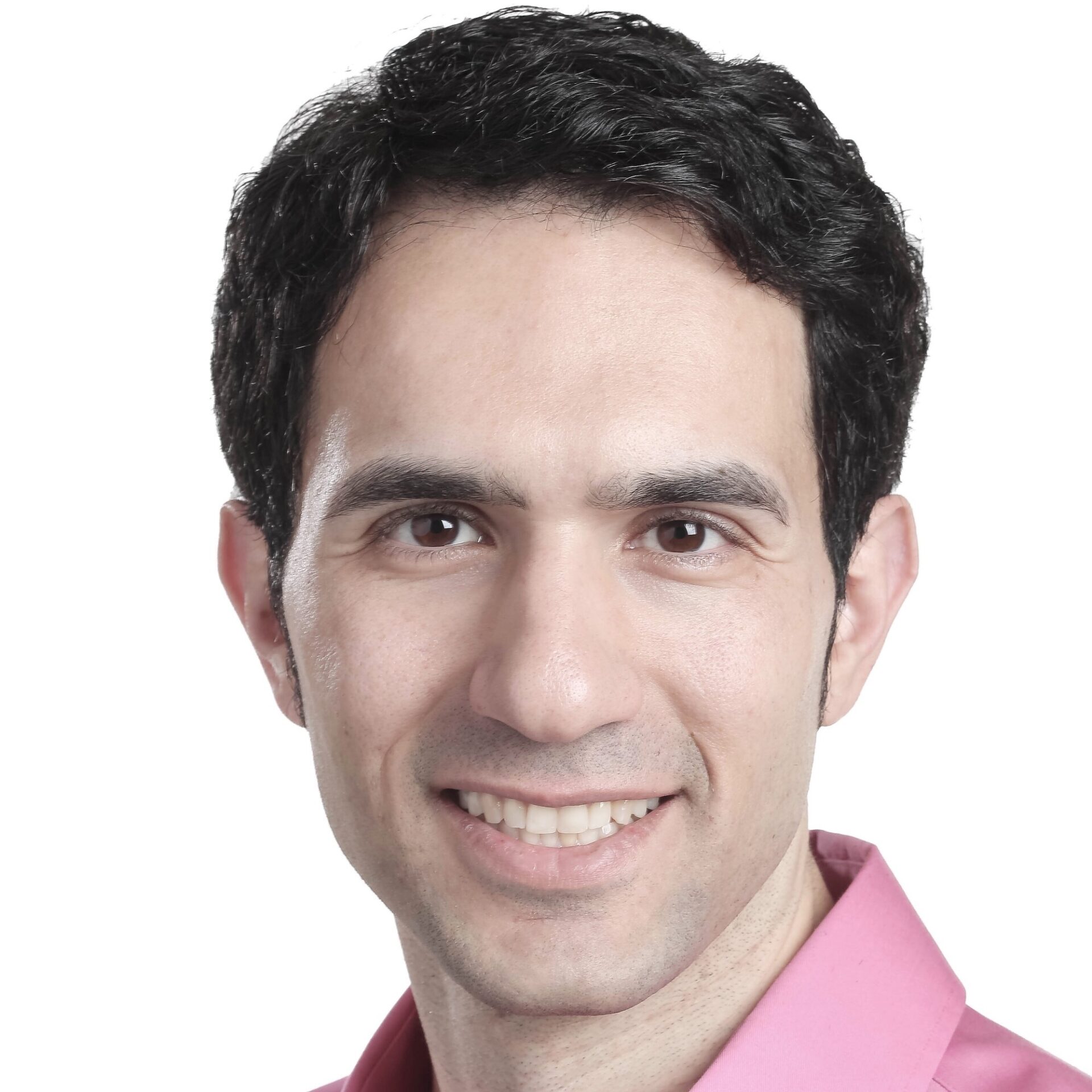
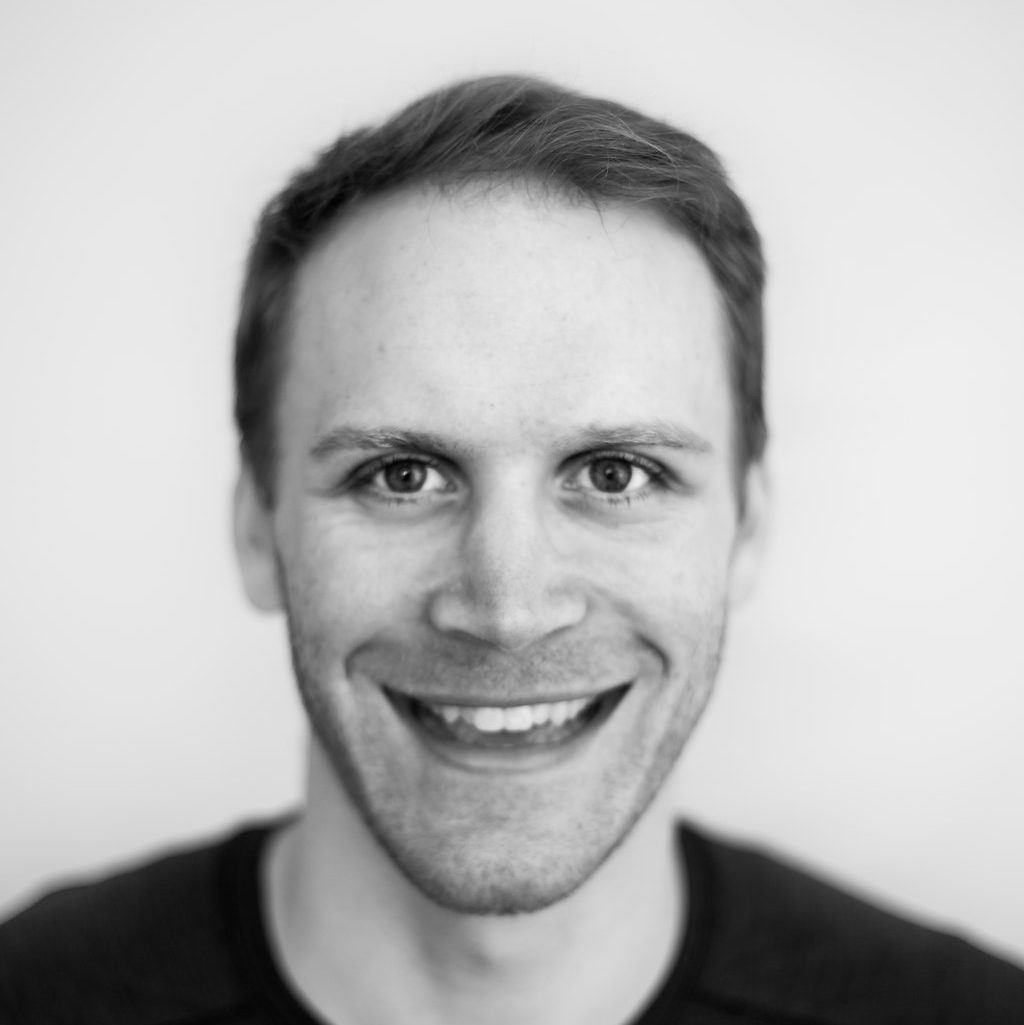
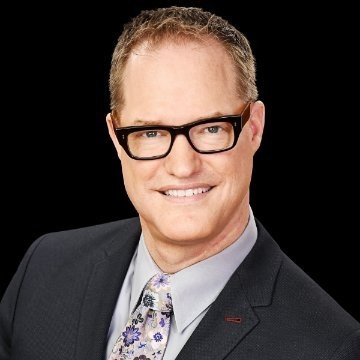

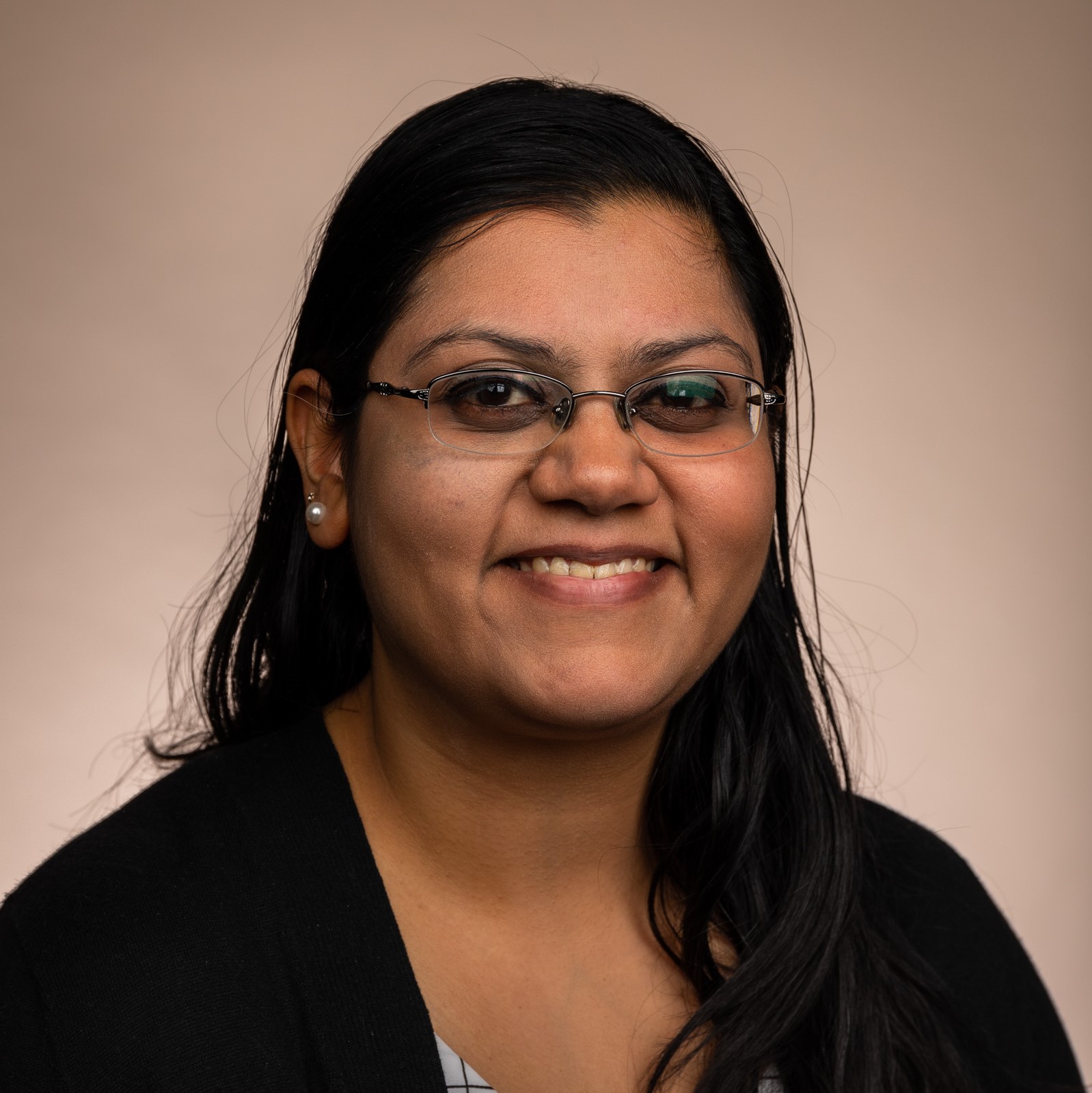
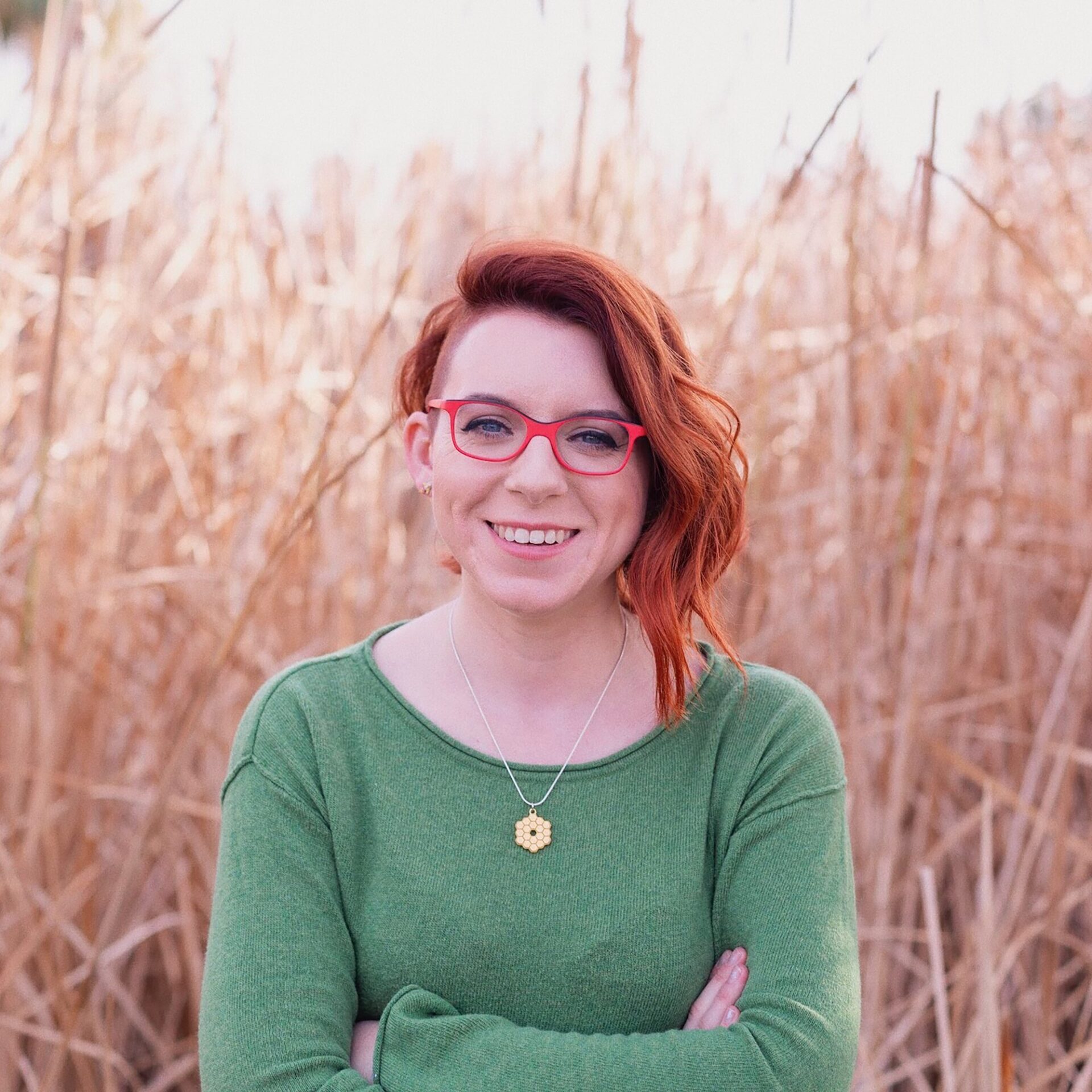
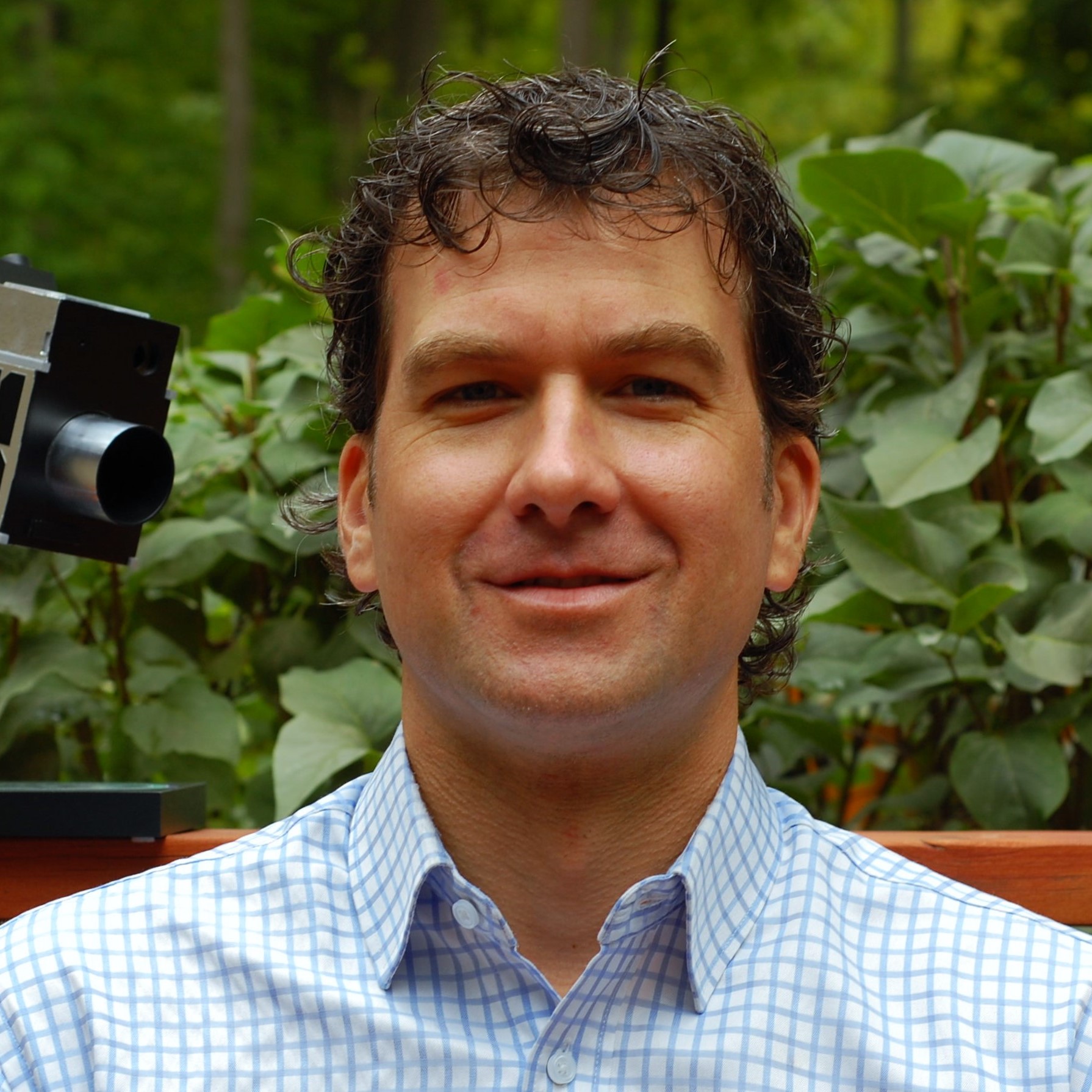

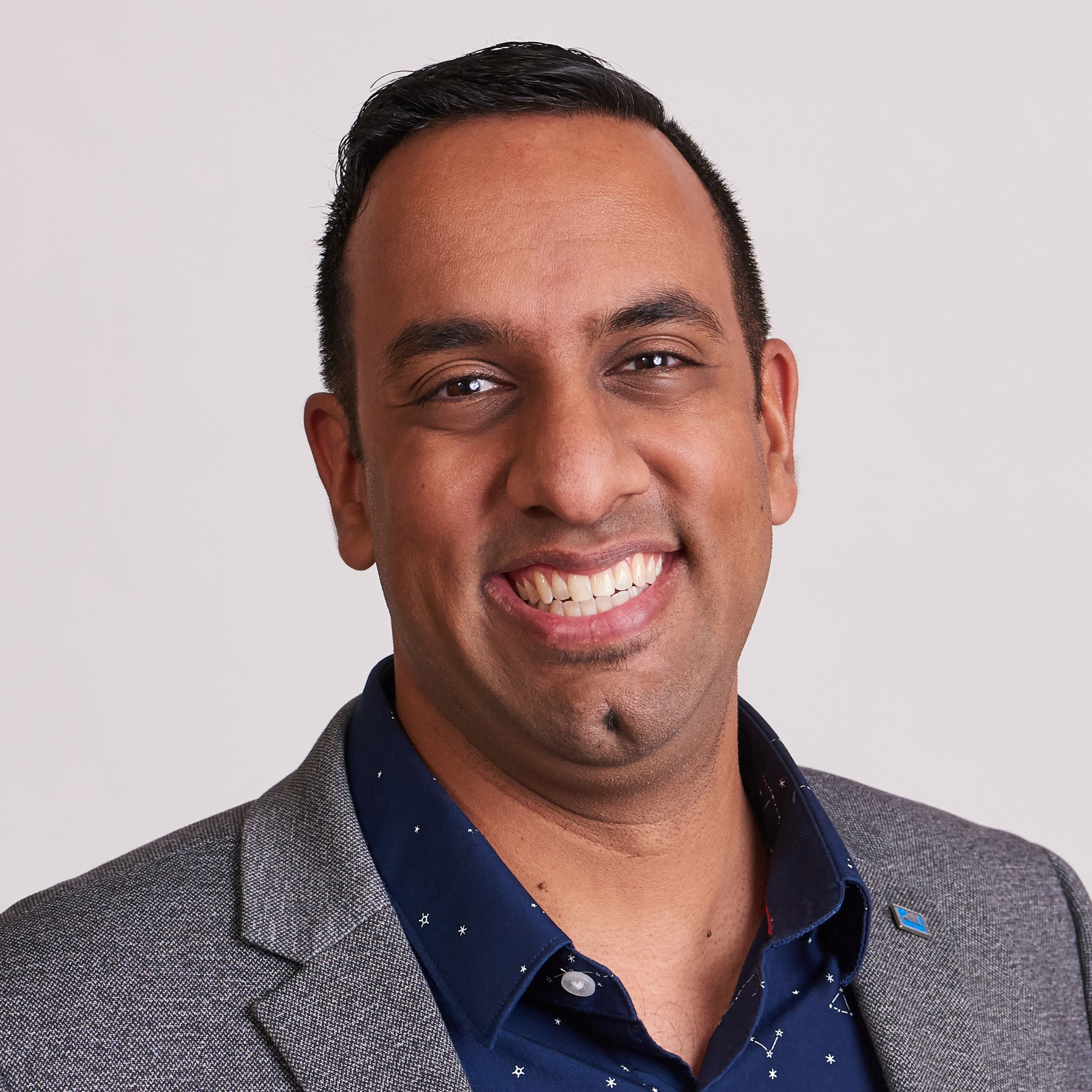
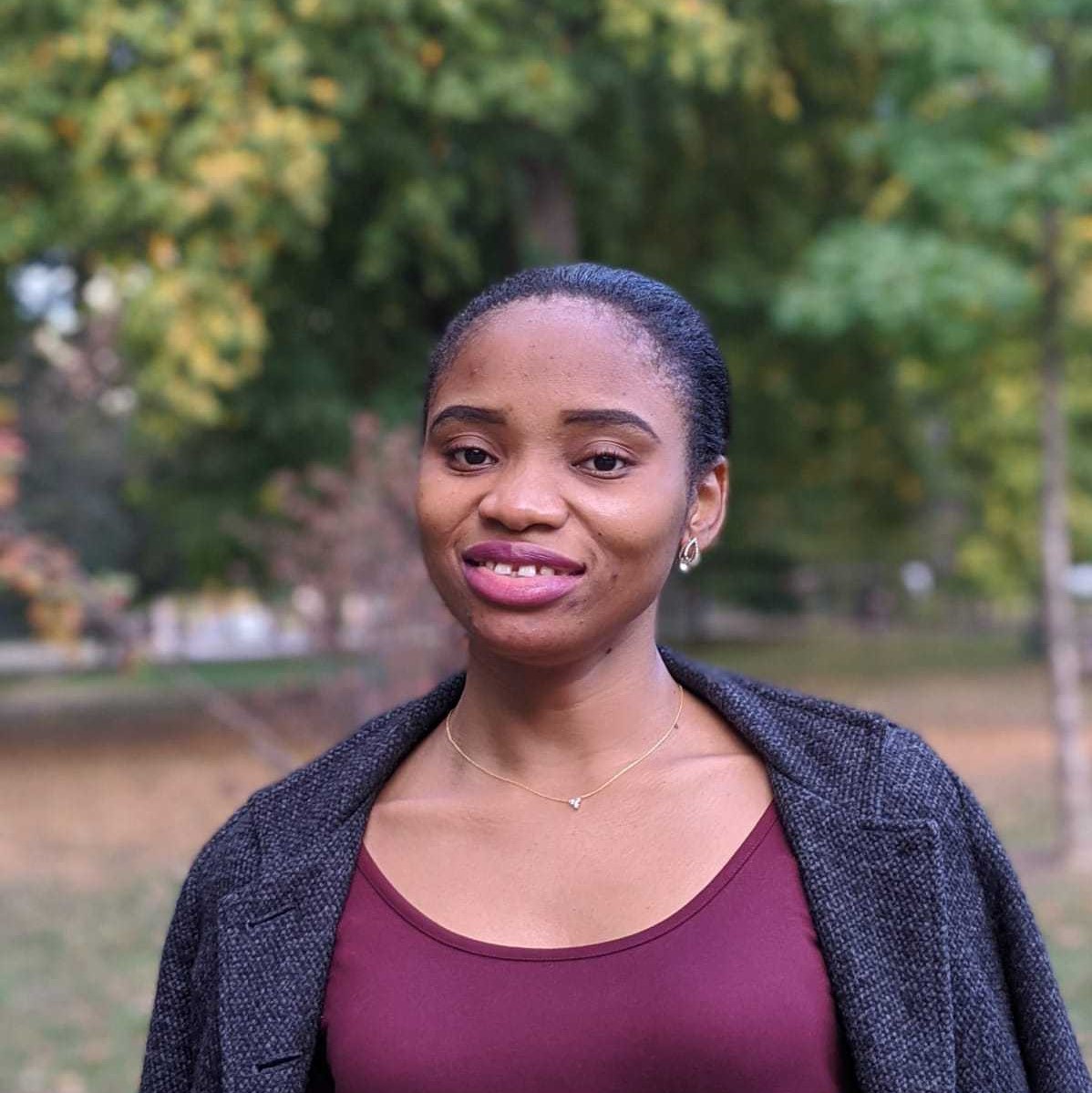
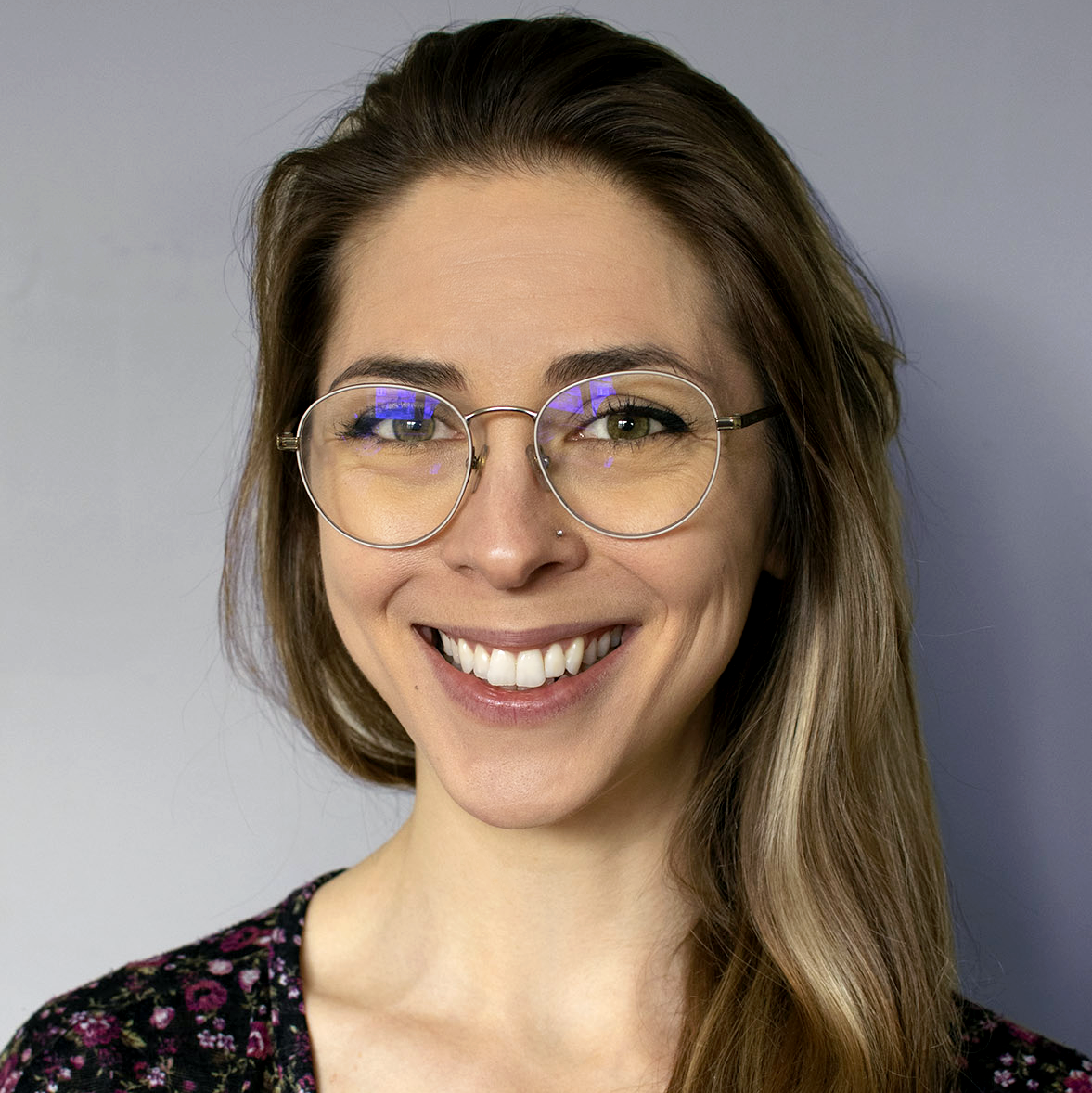
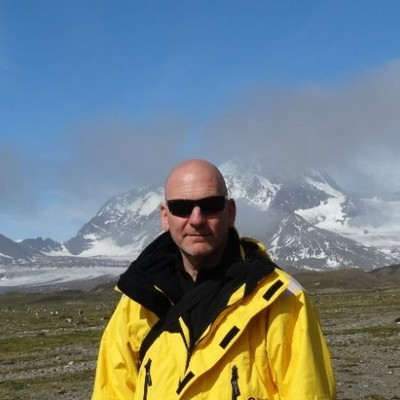
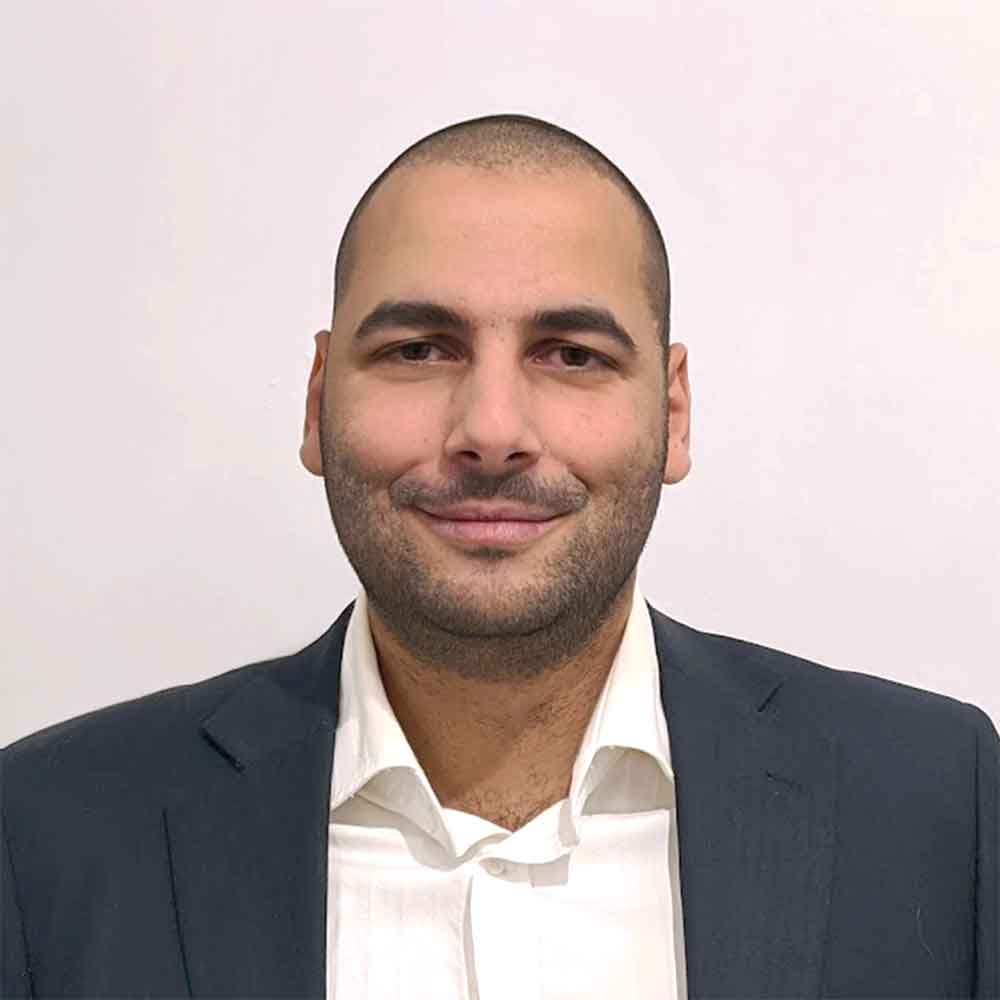
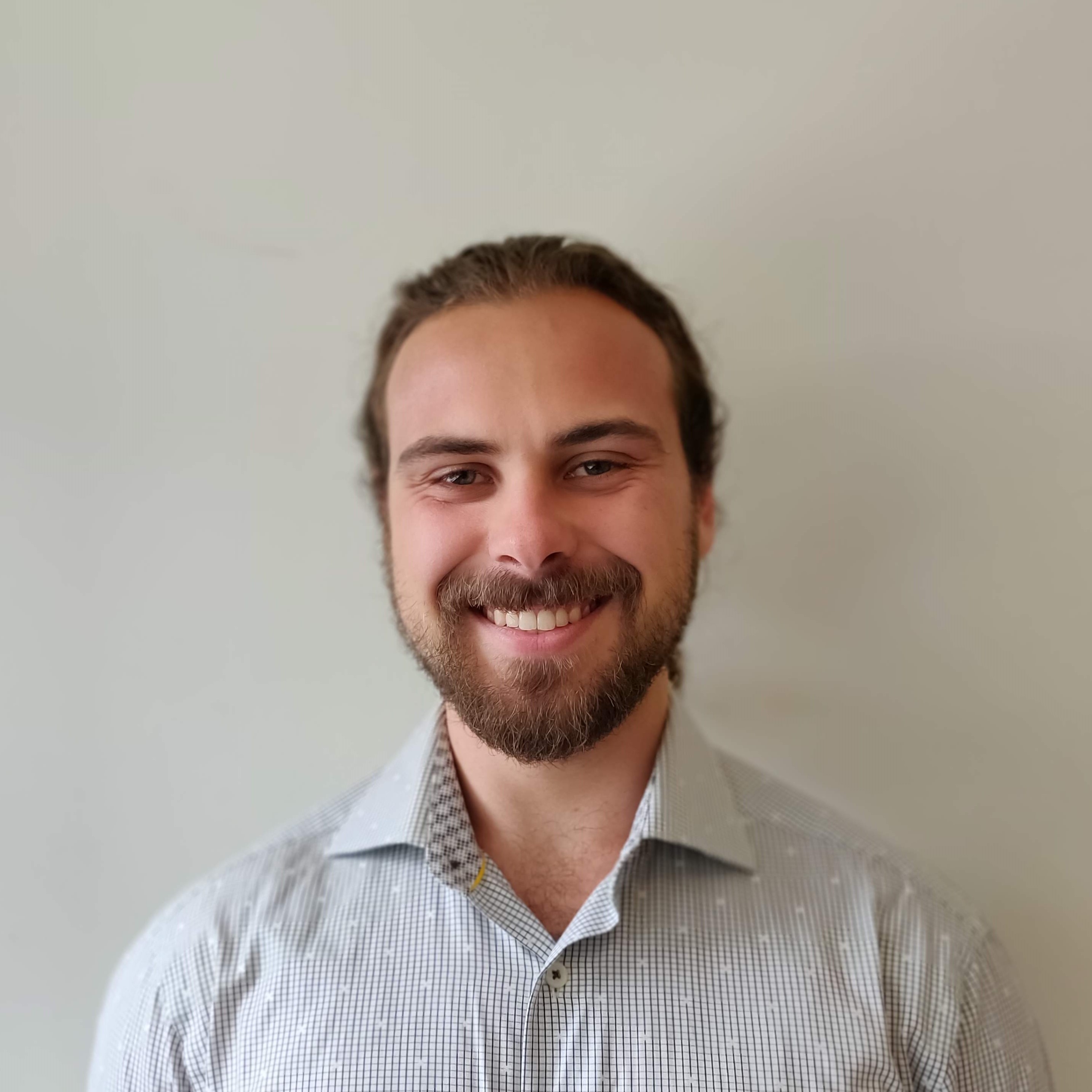
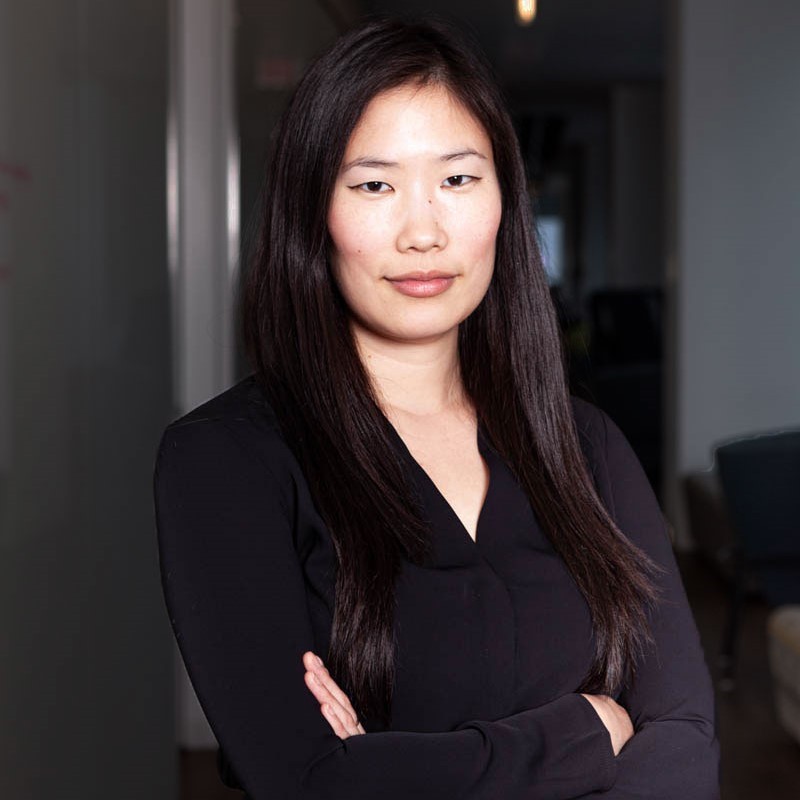
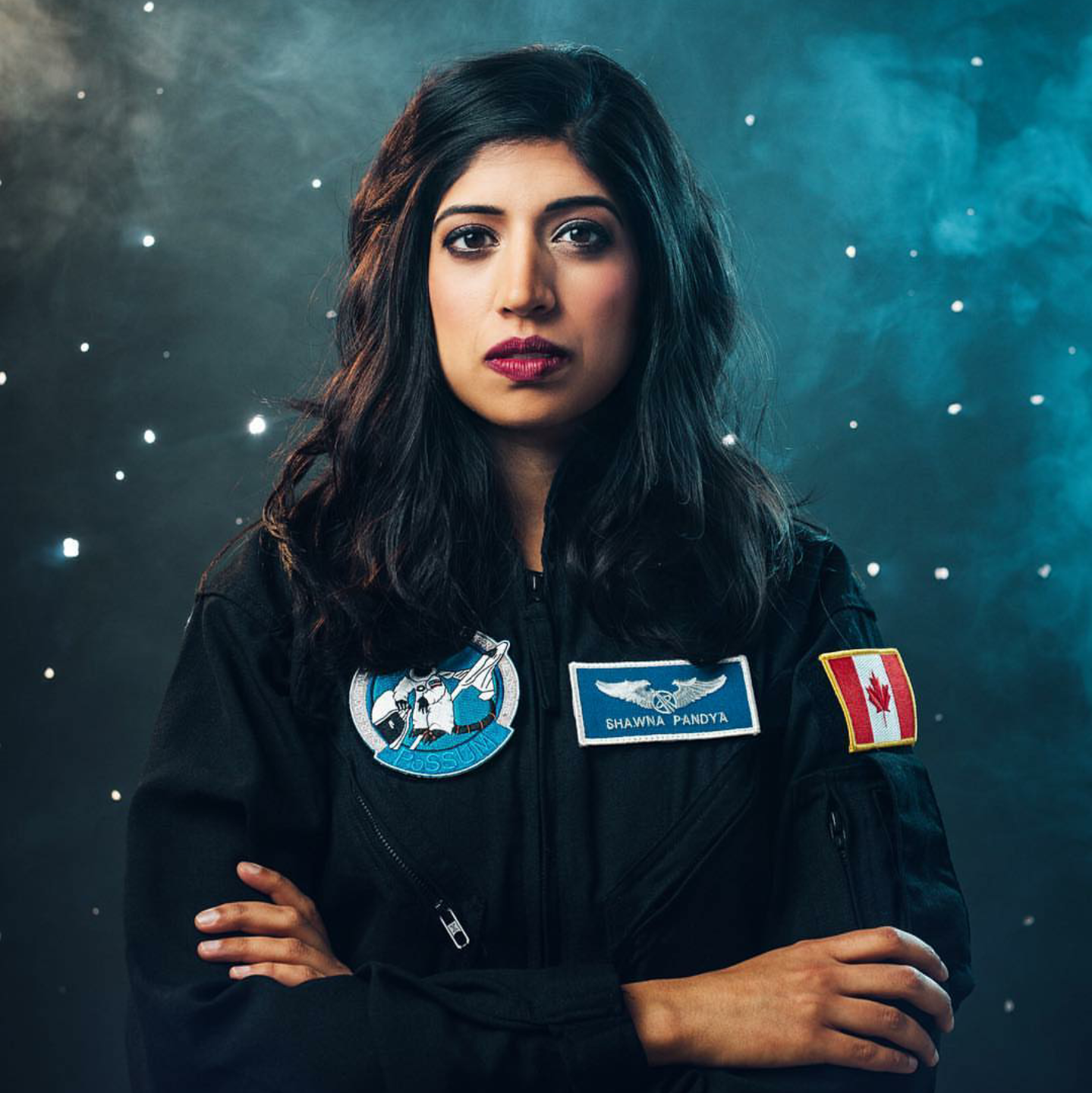

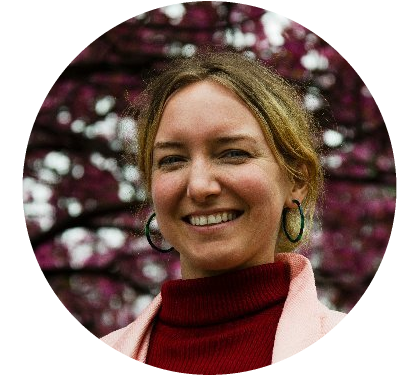
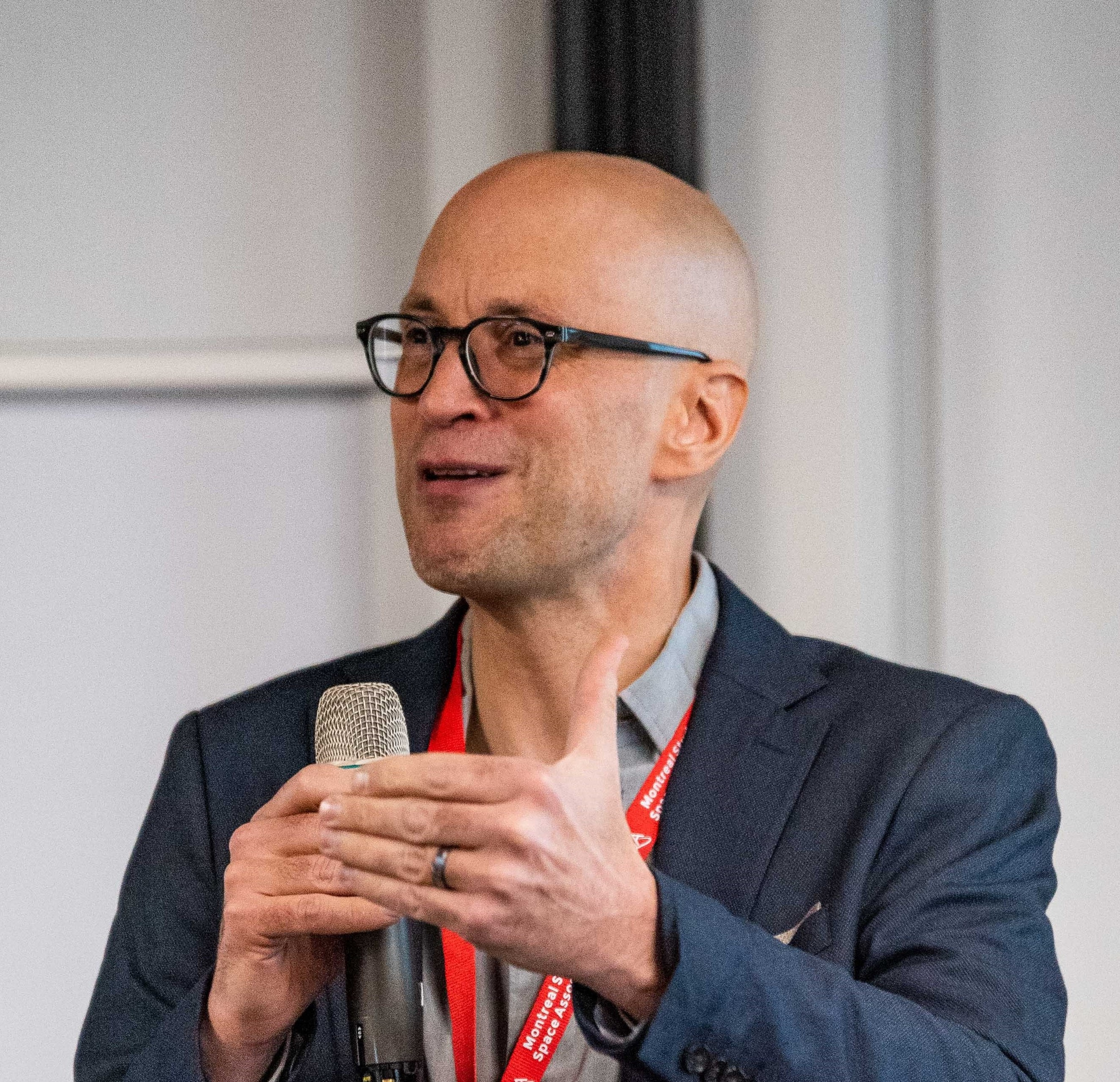 Associate Professor
Associate Professor
